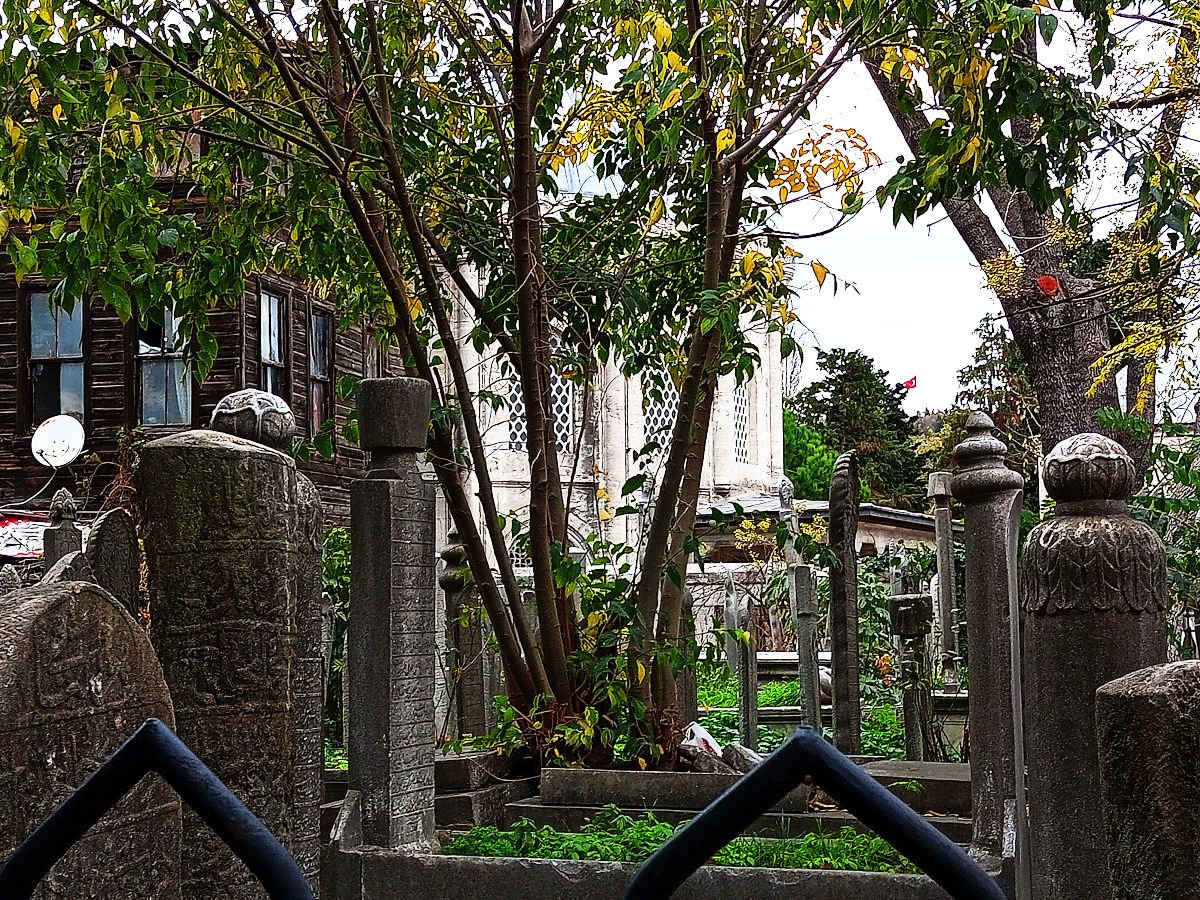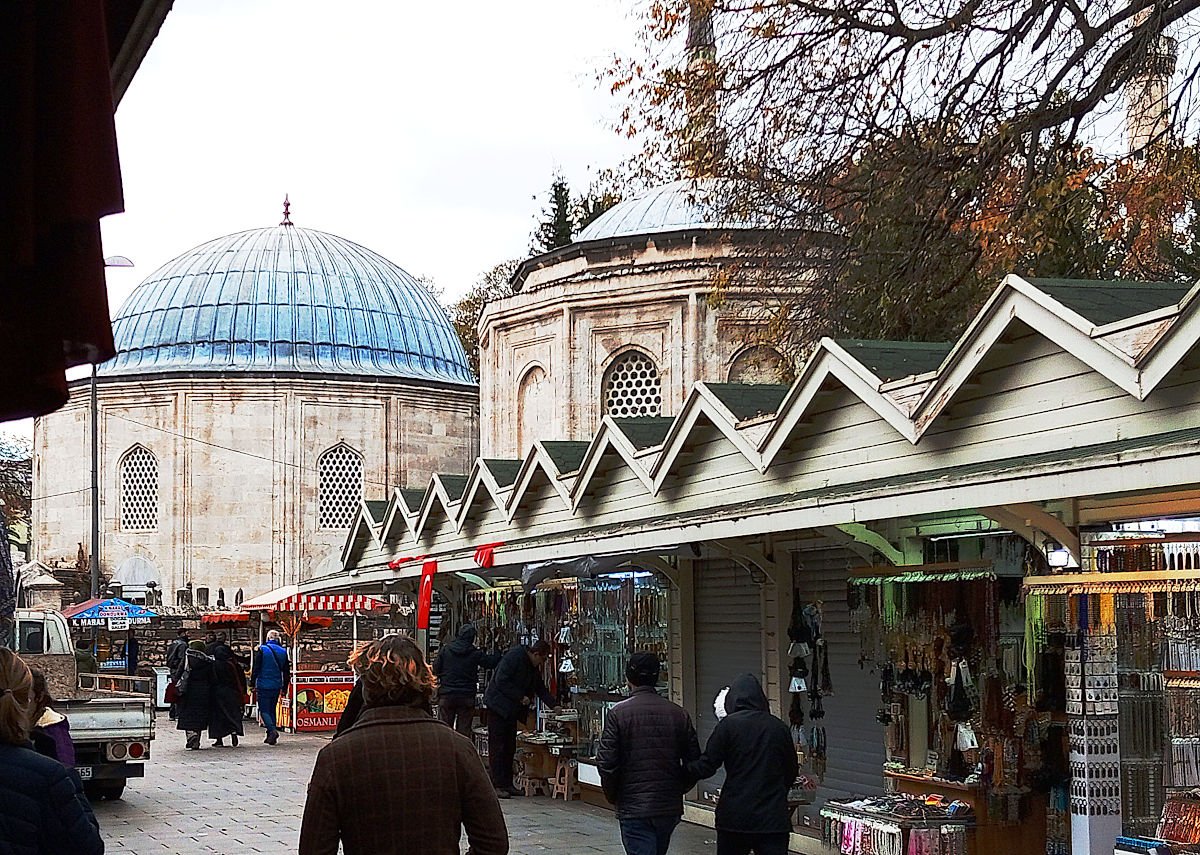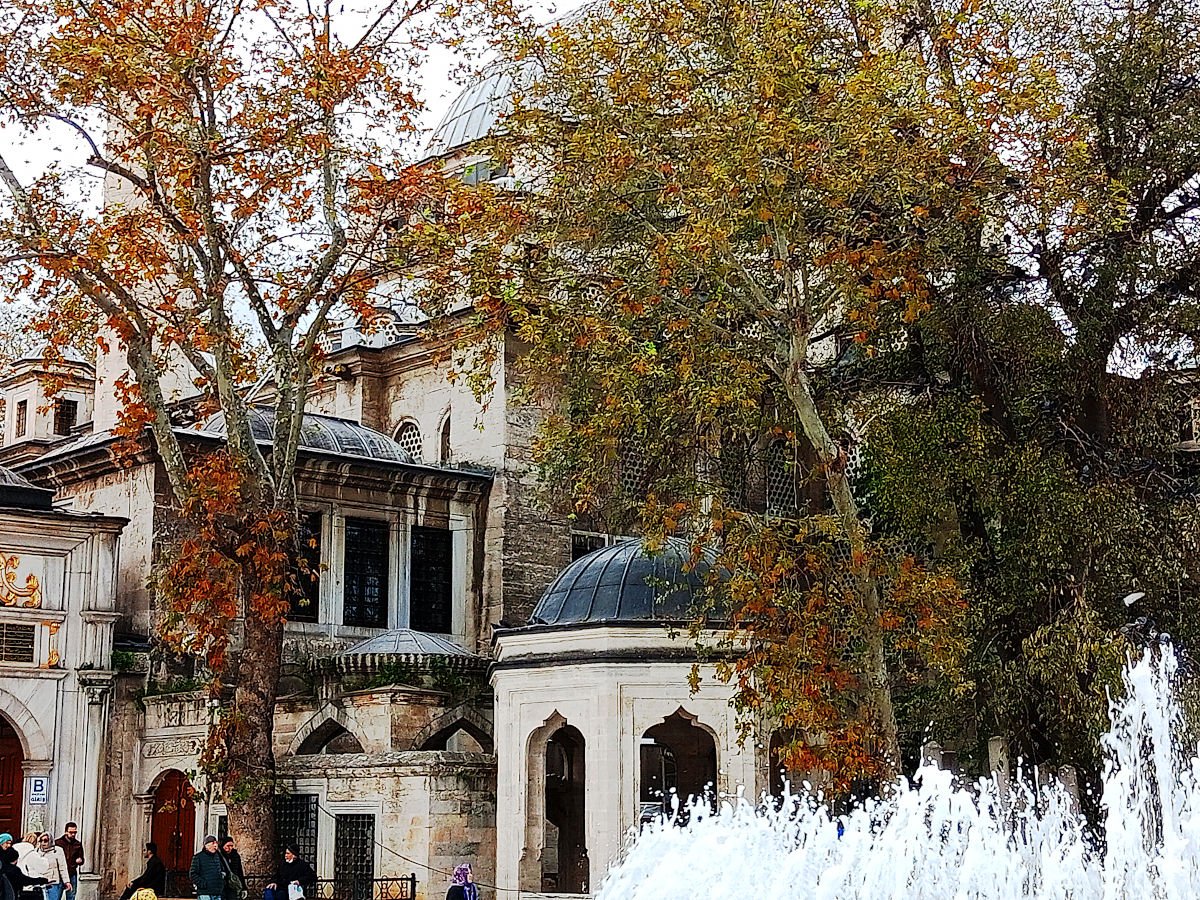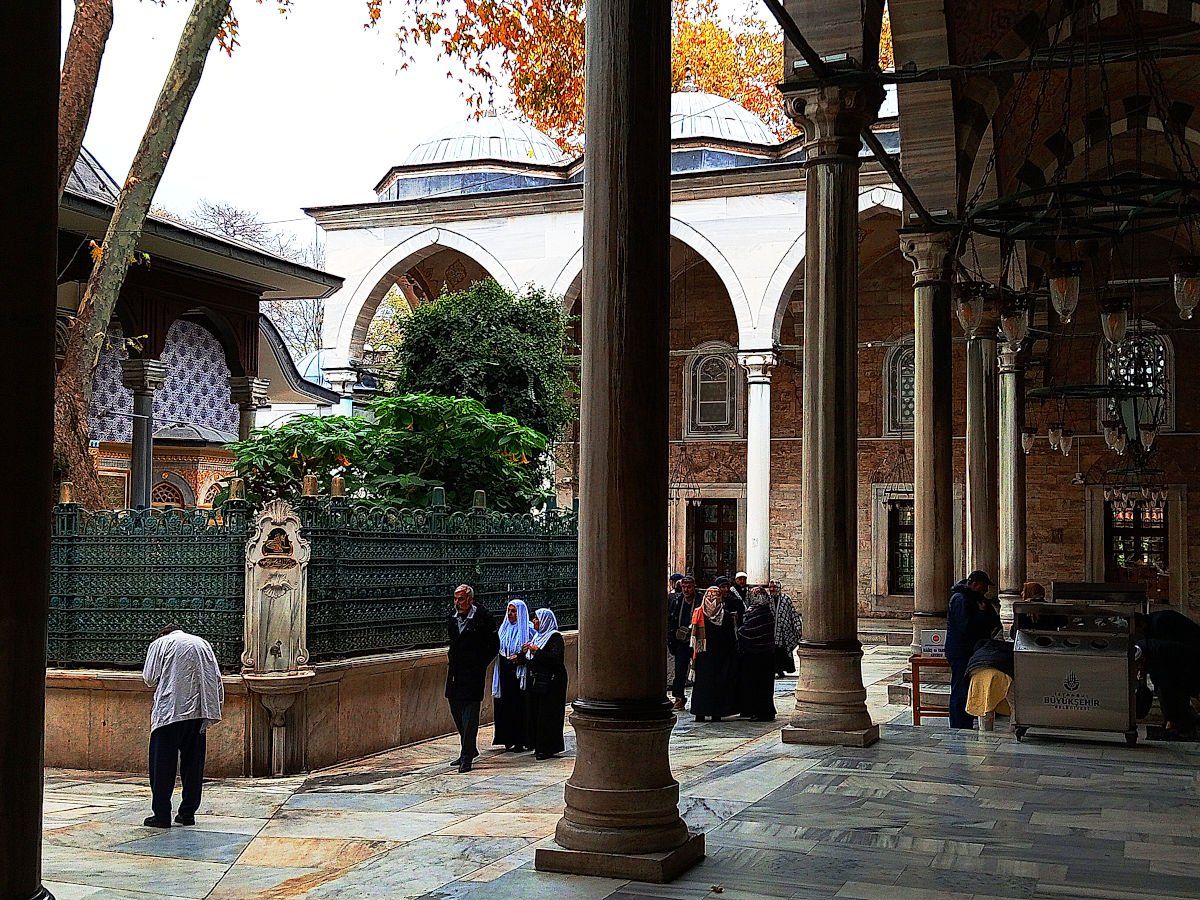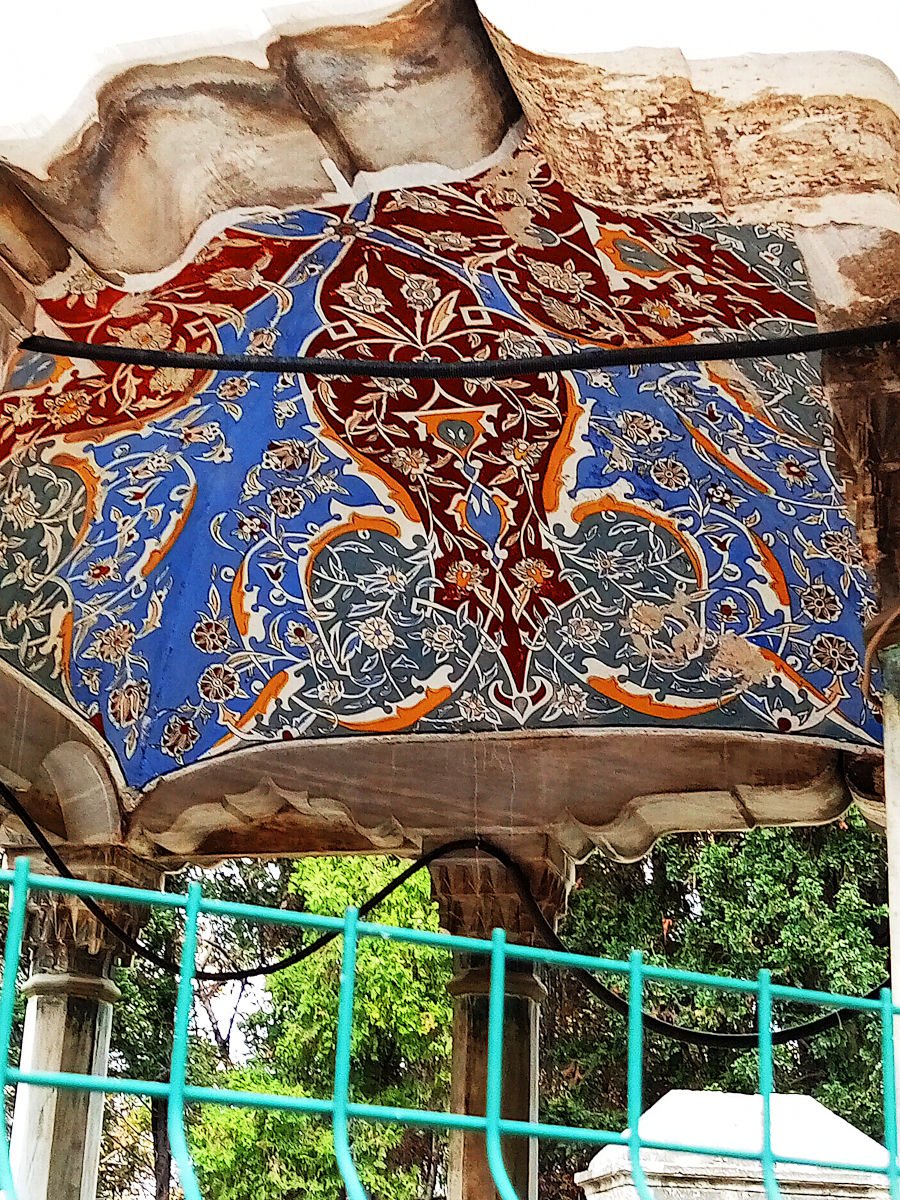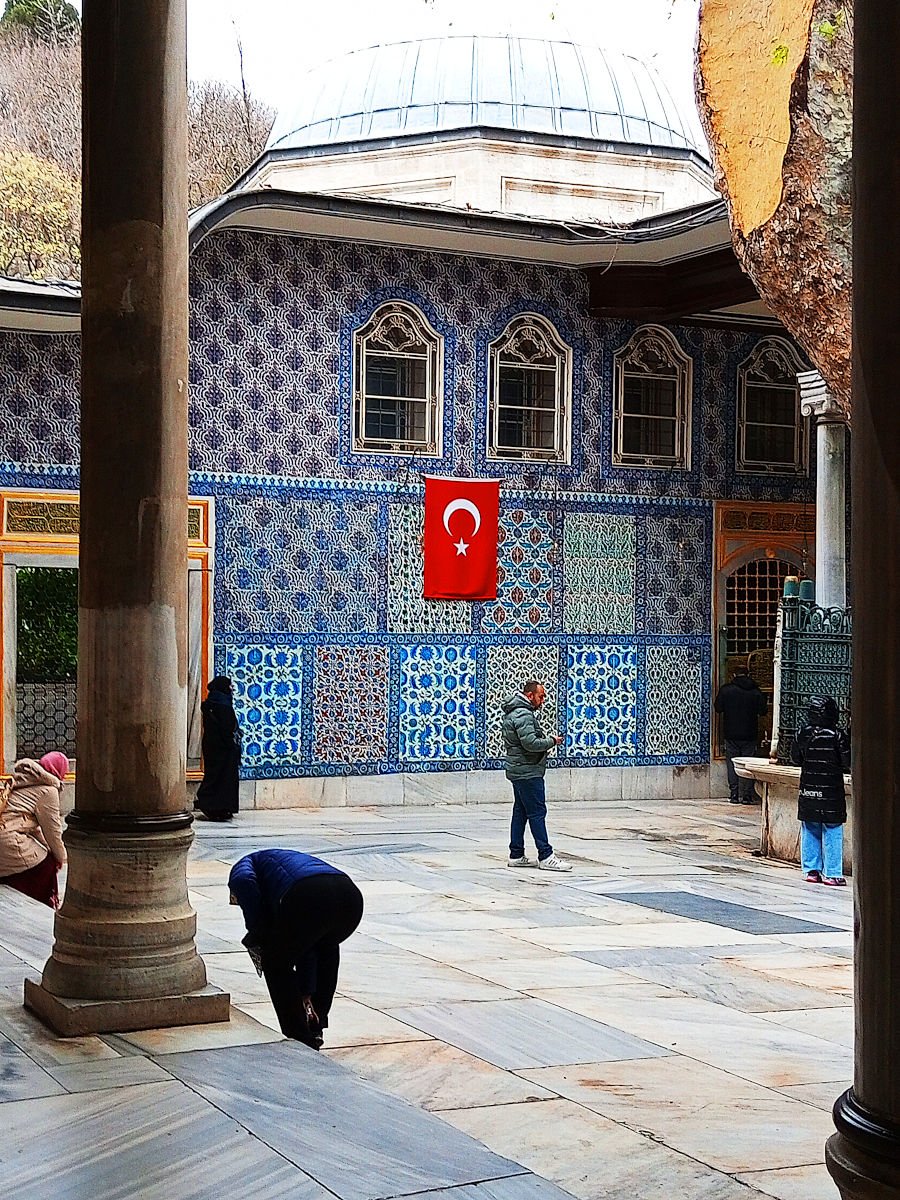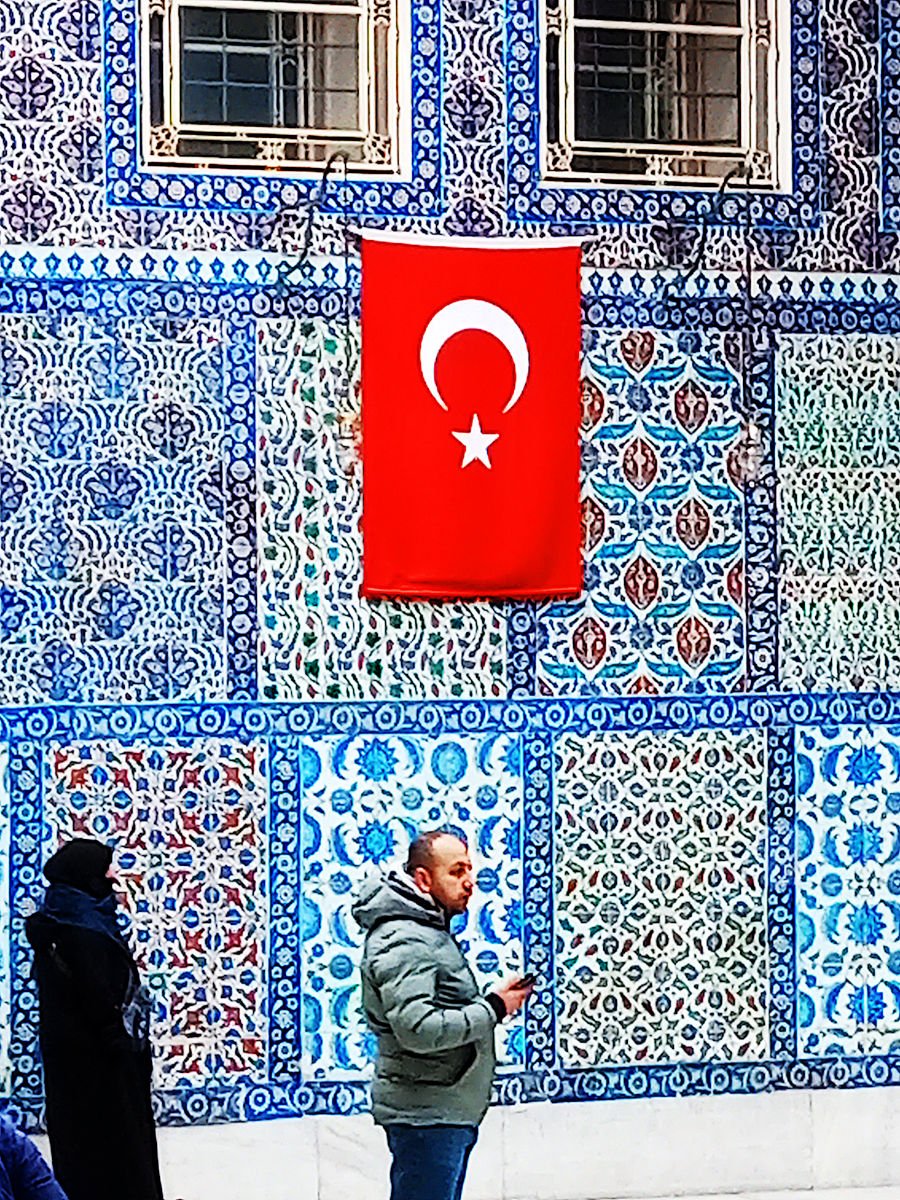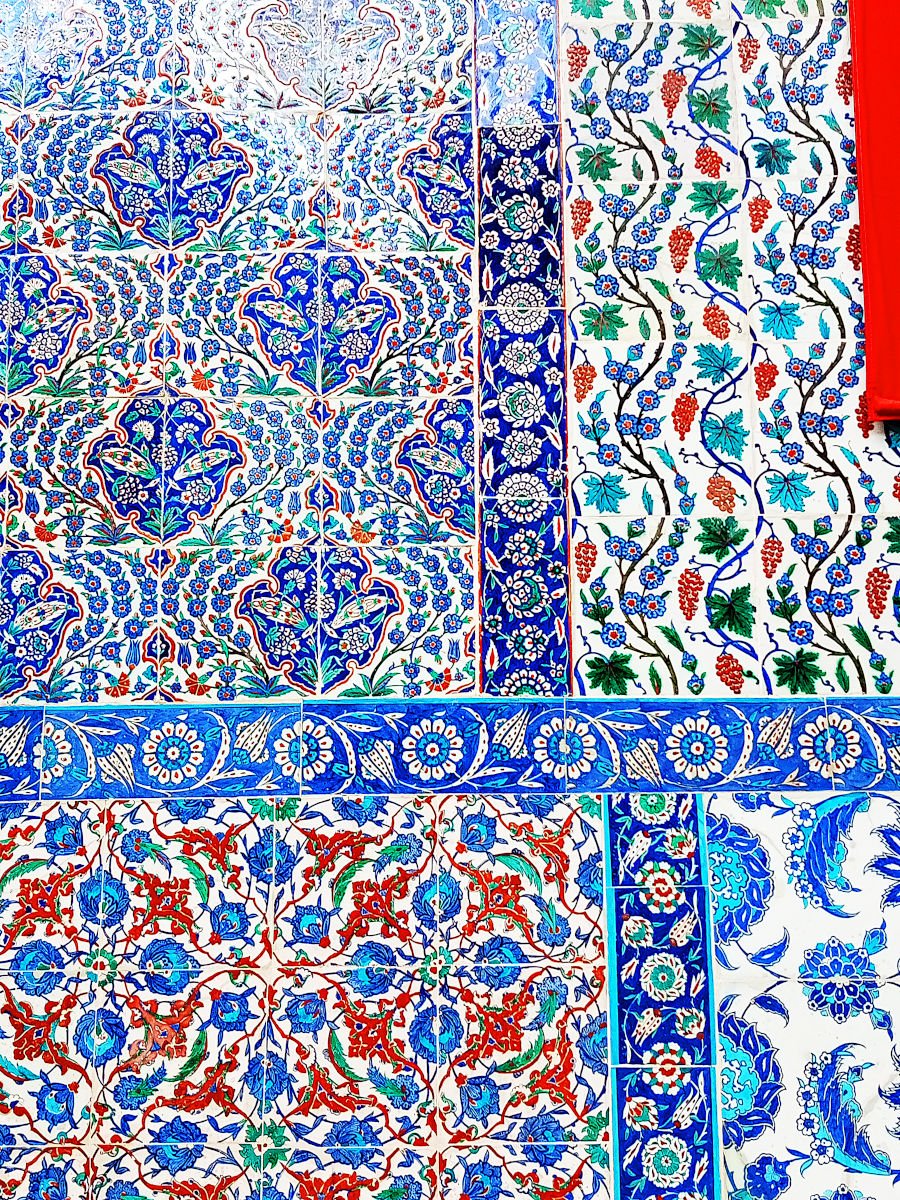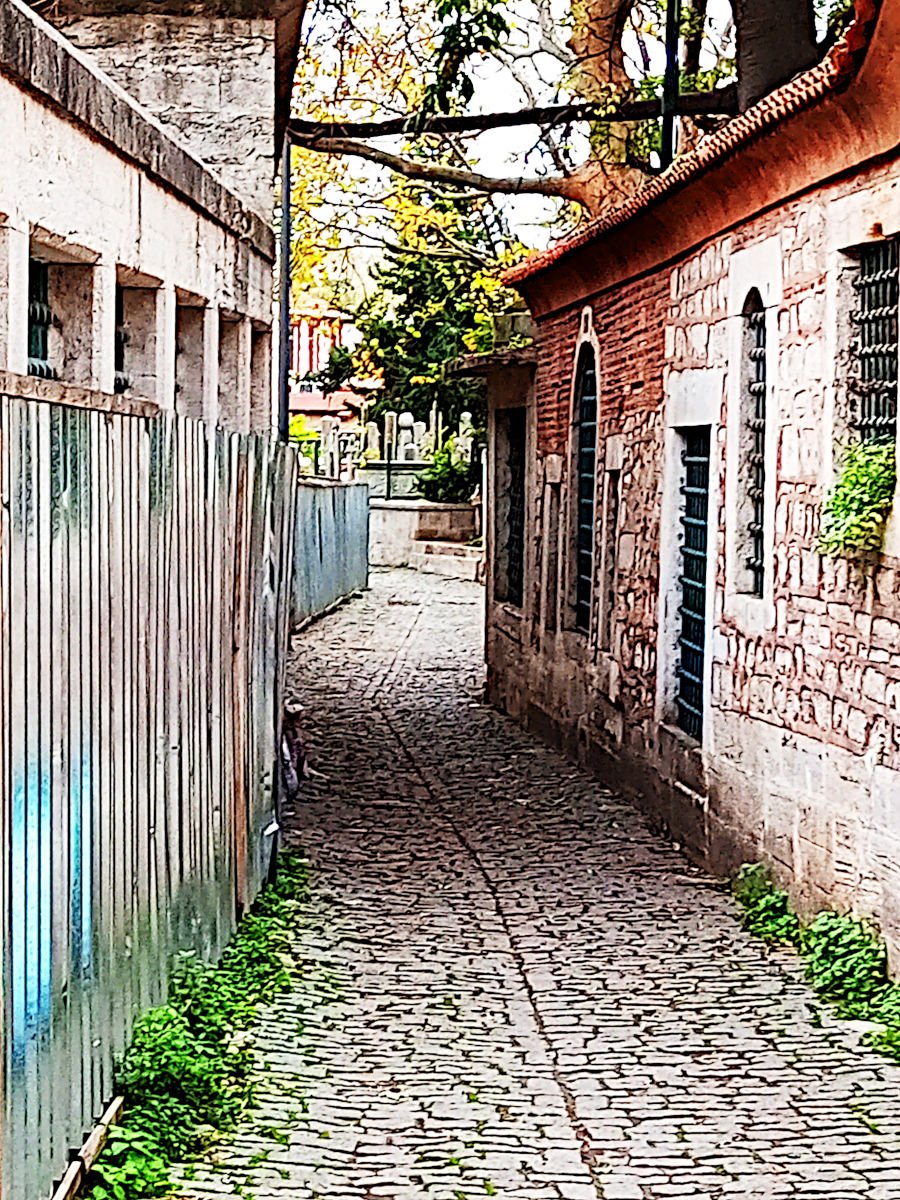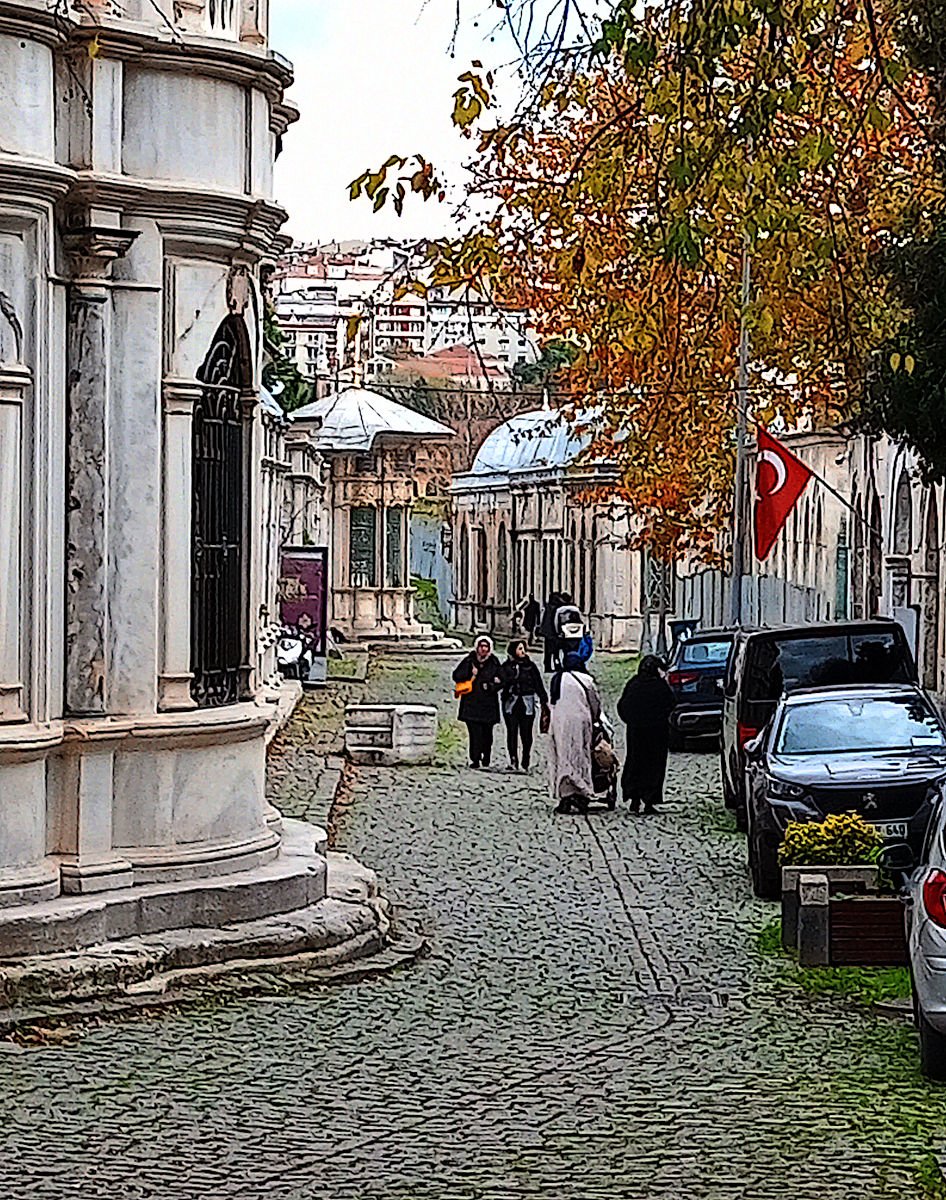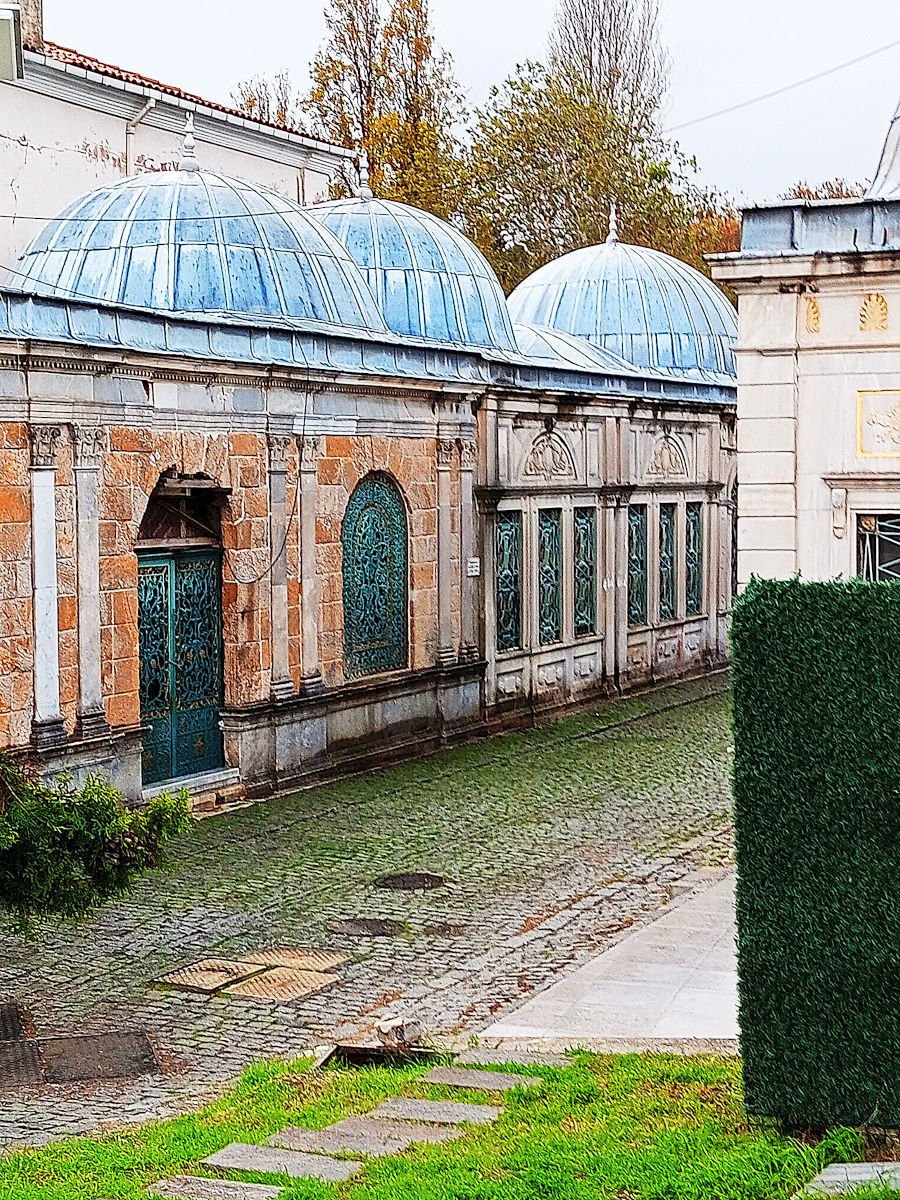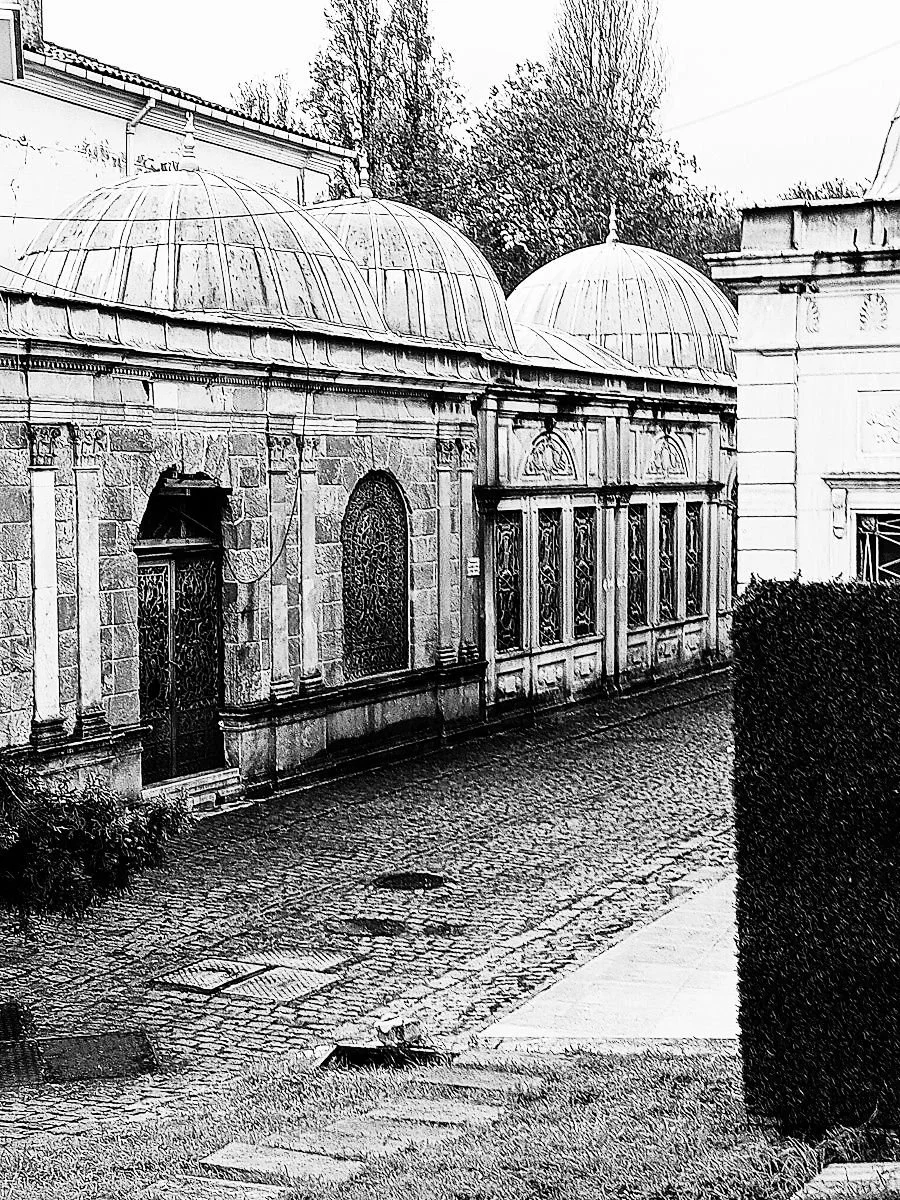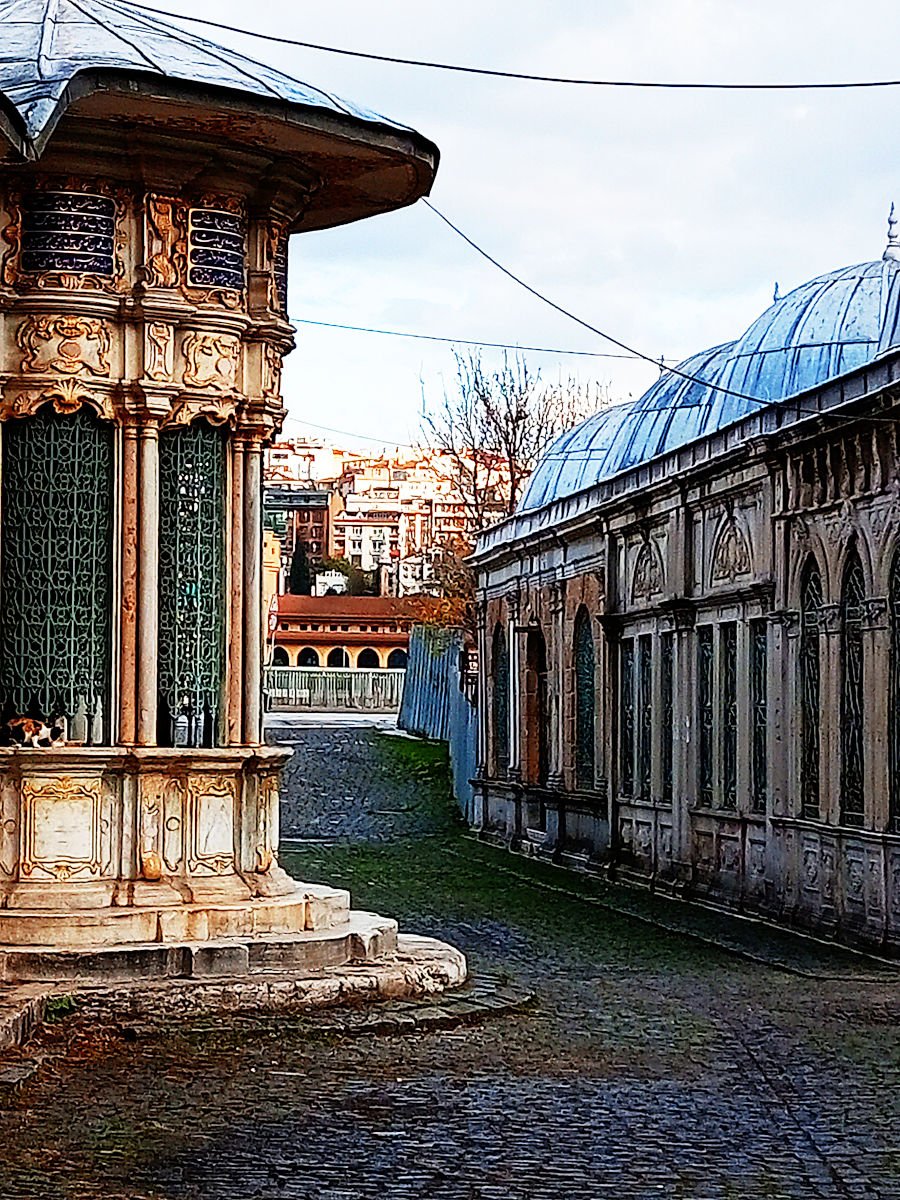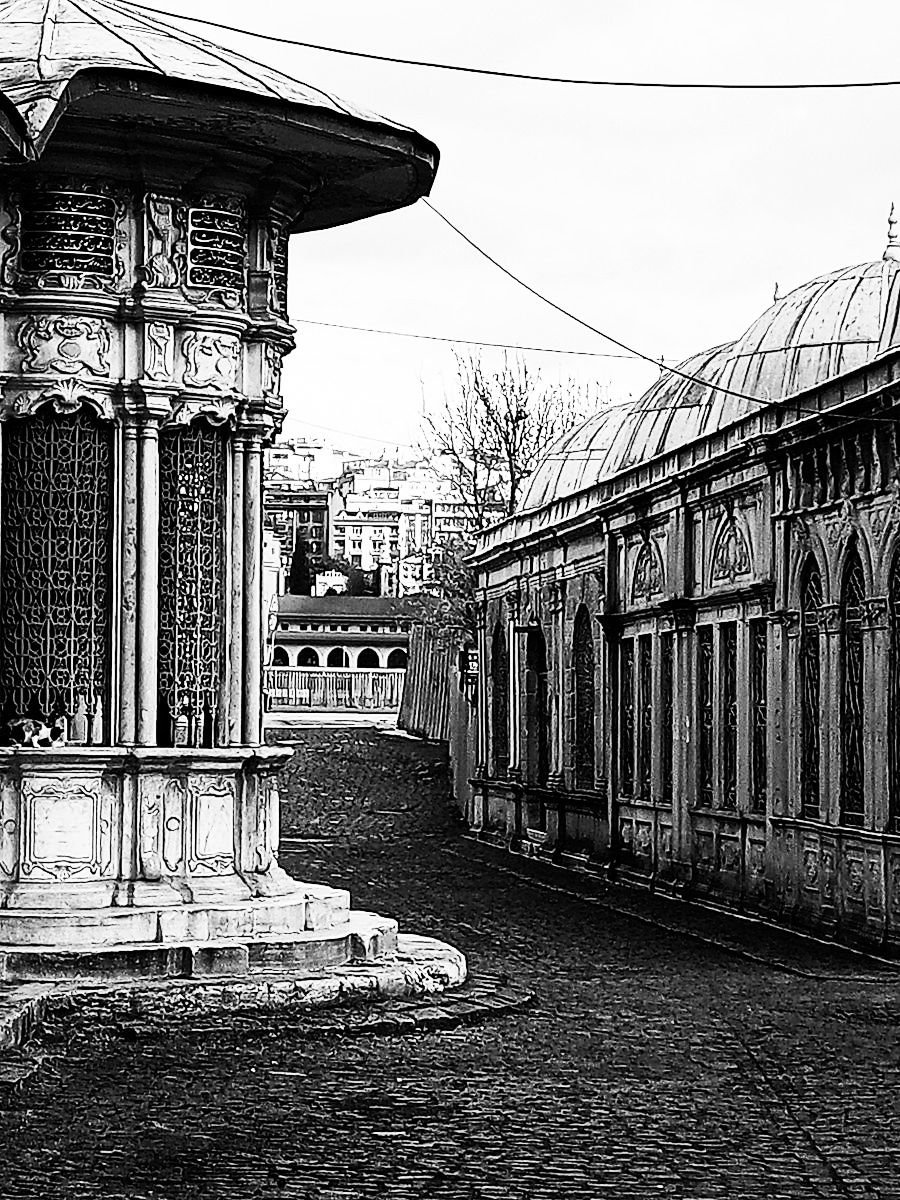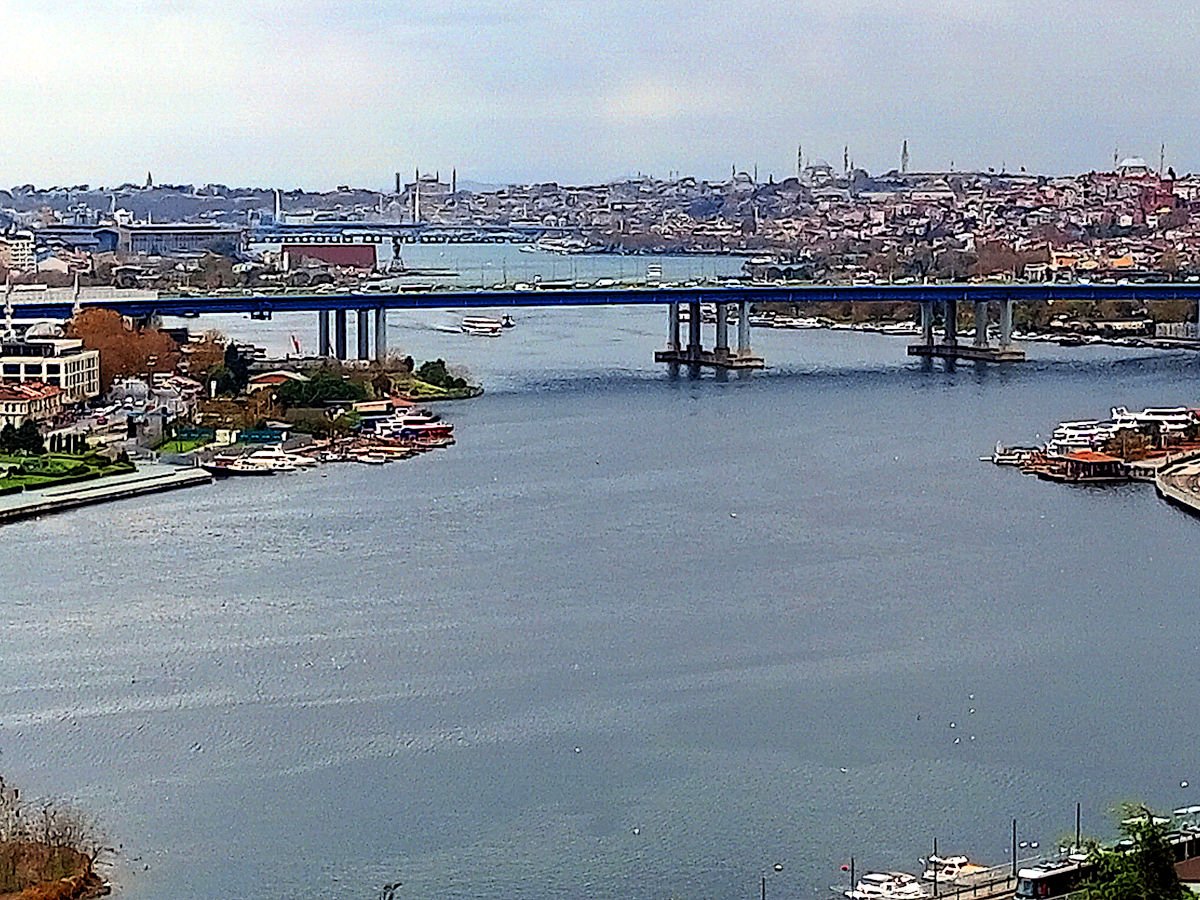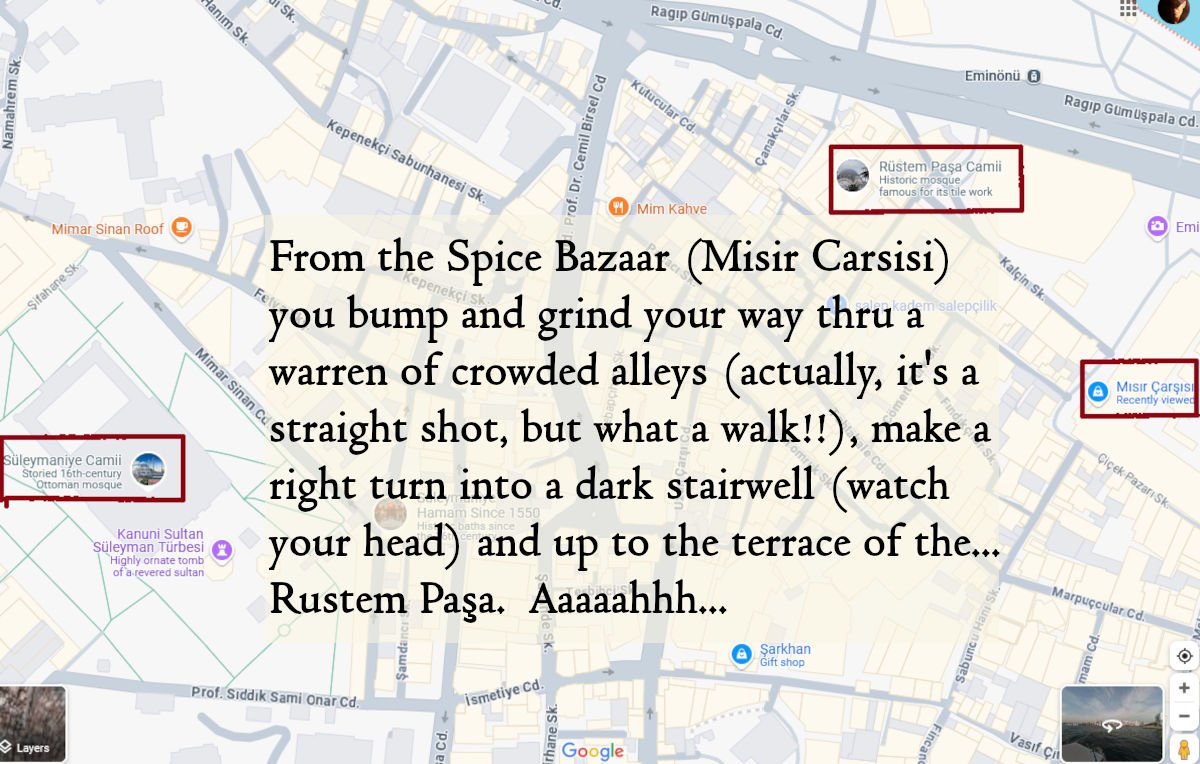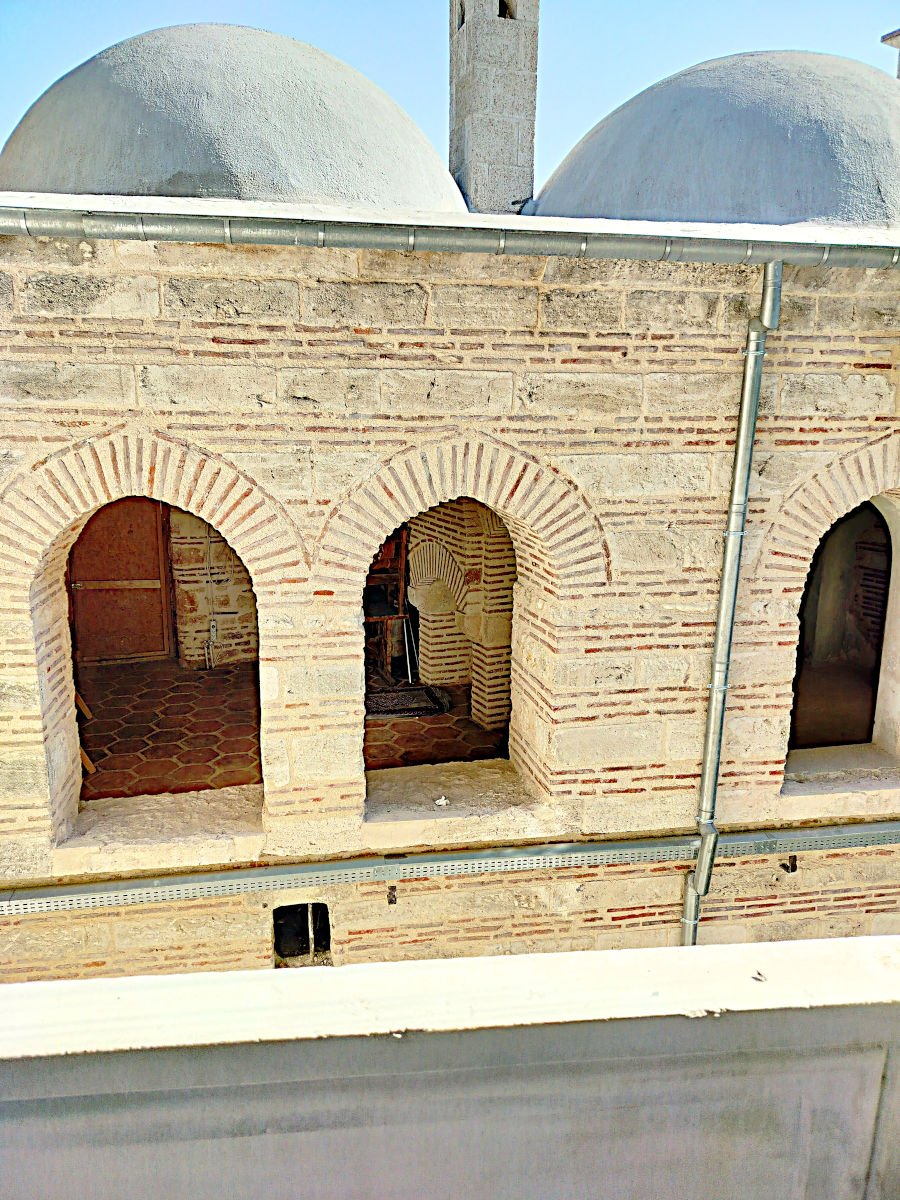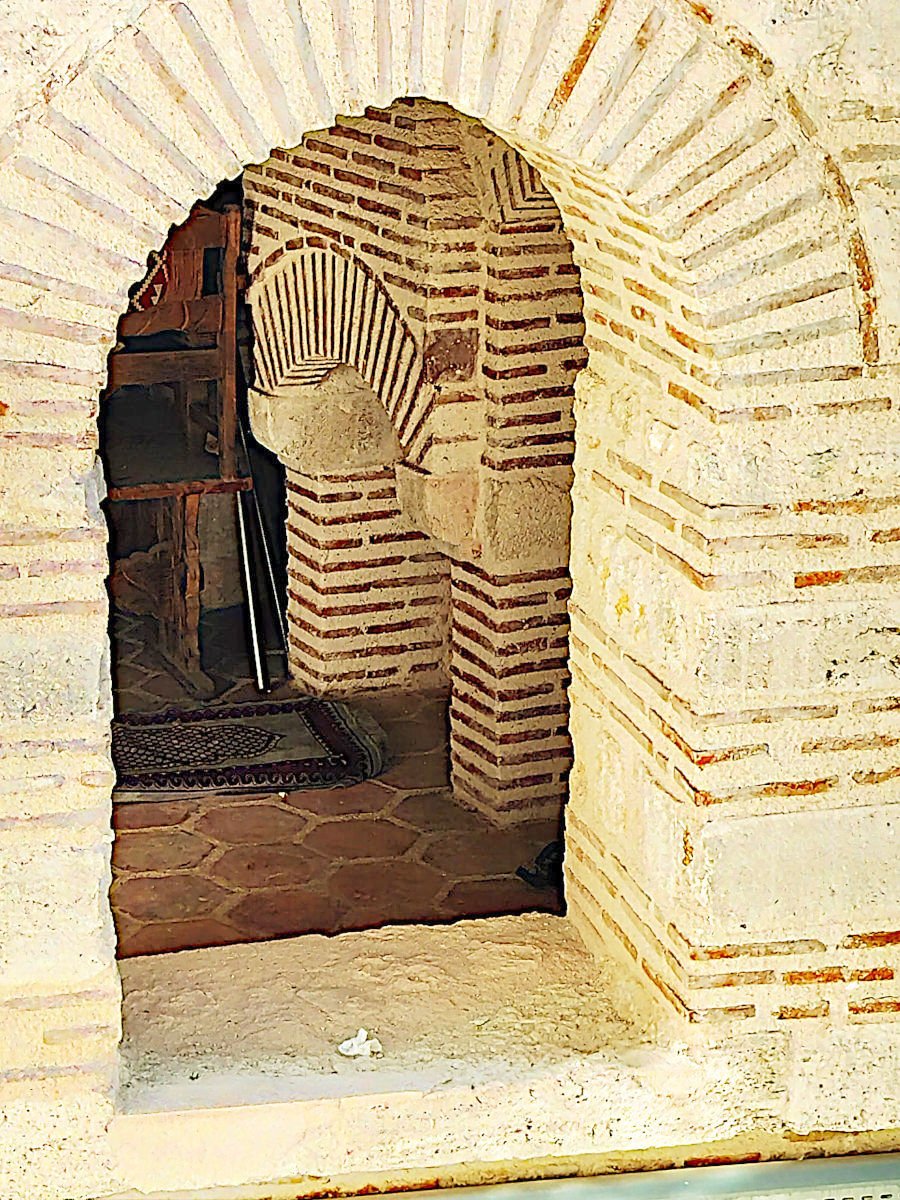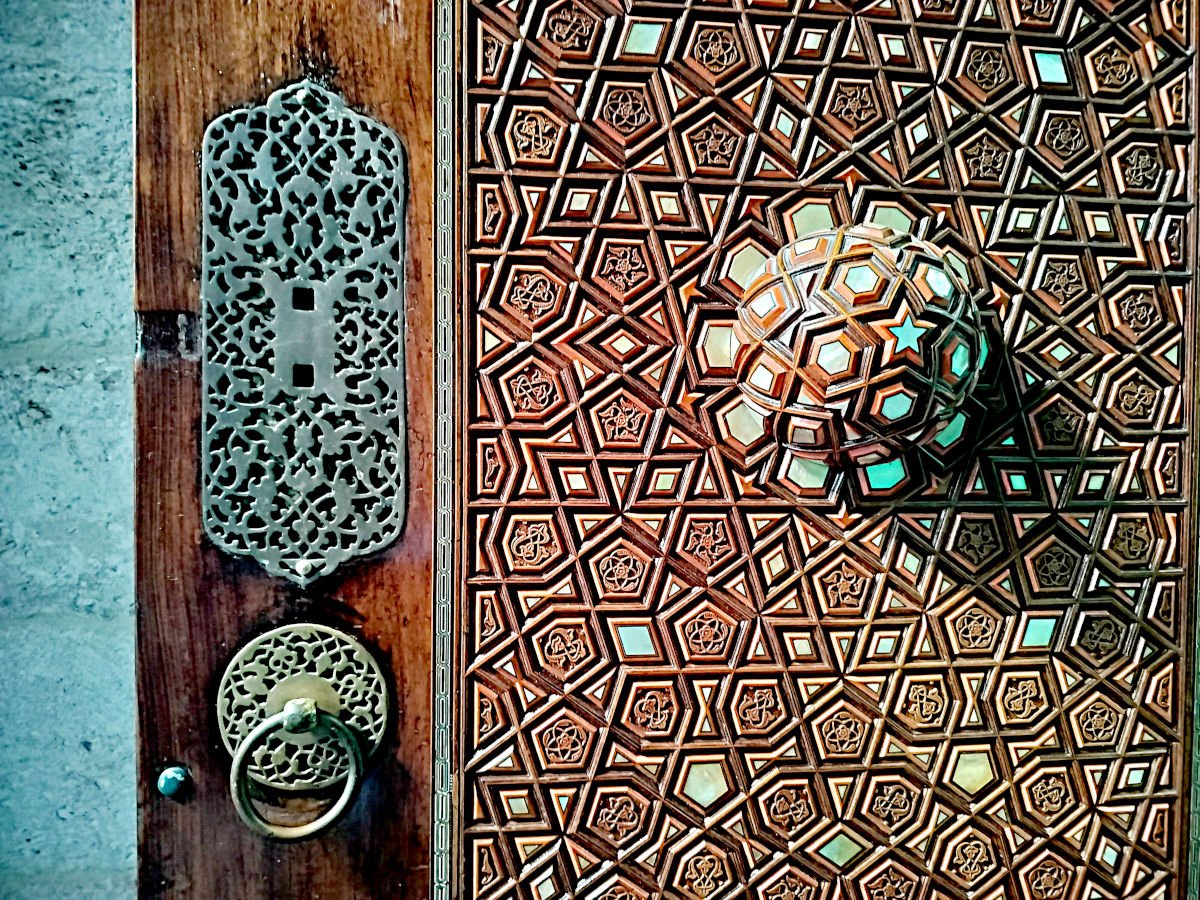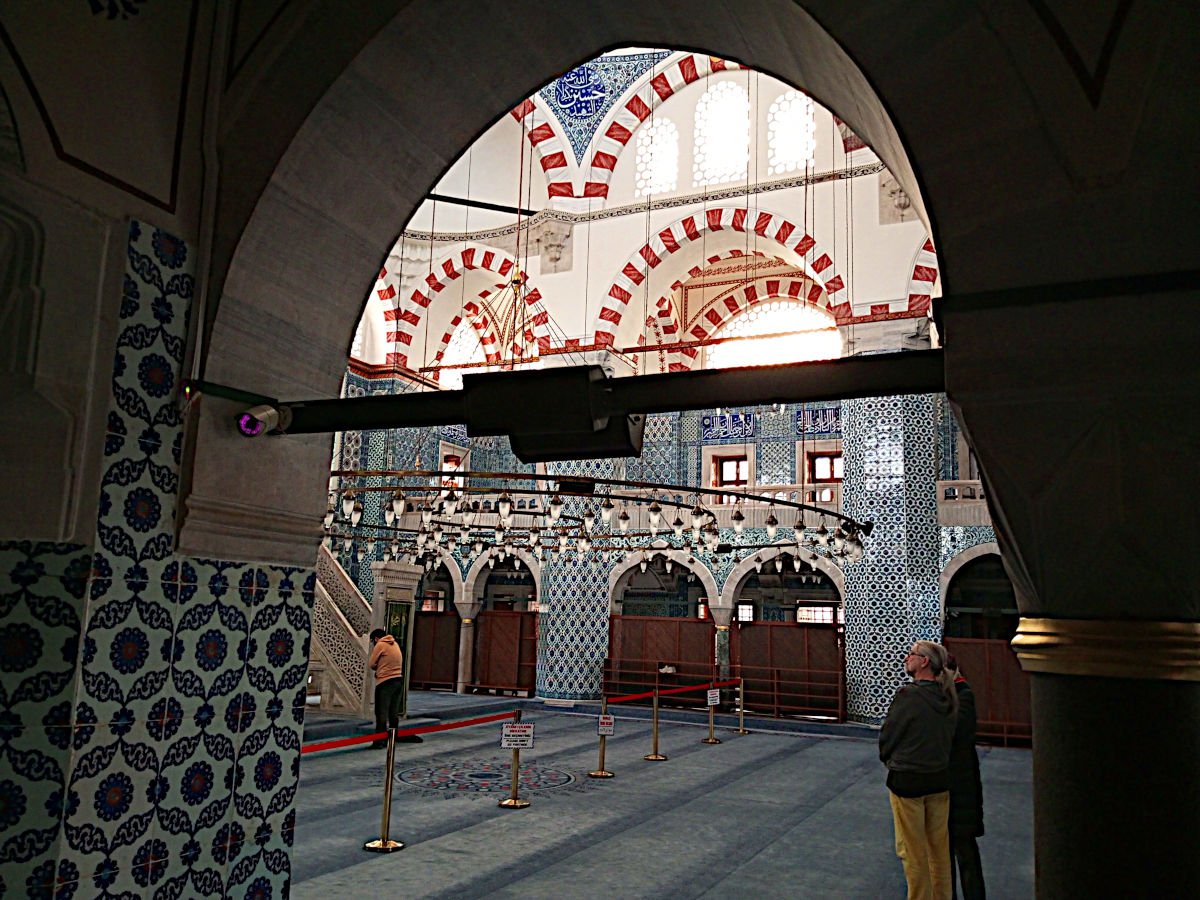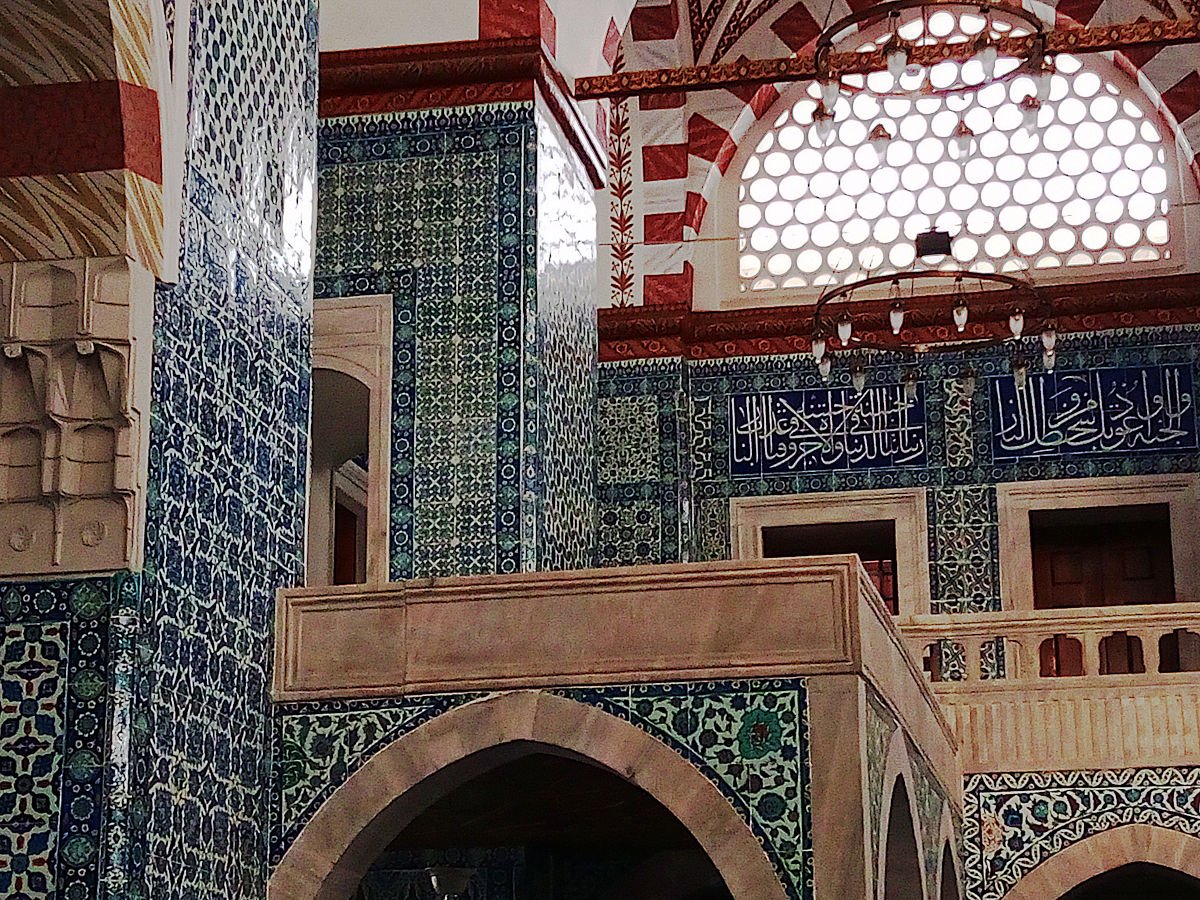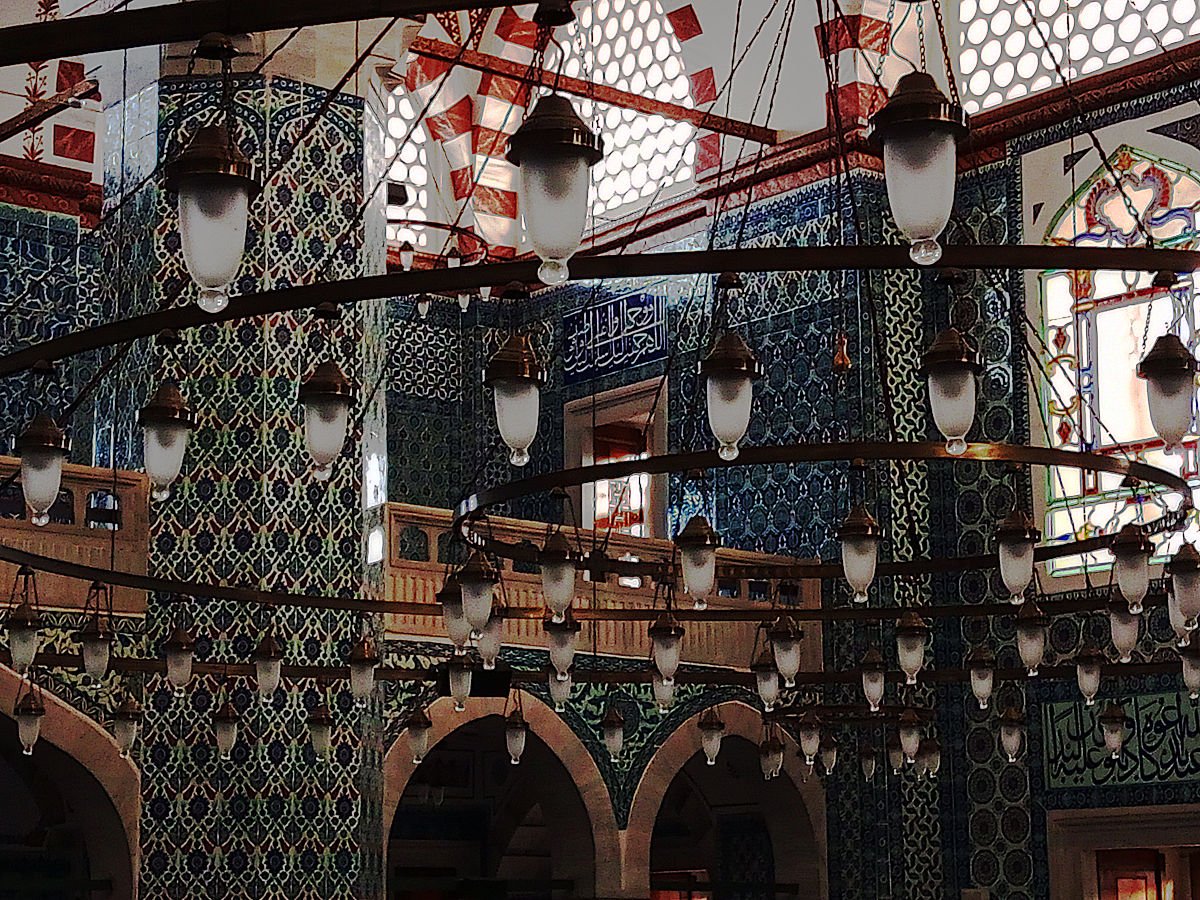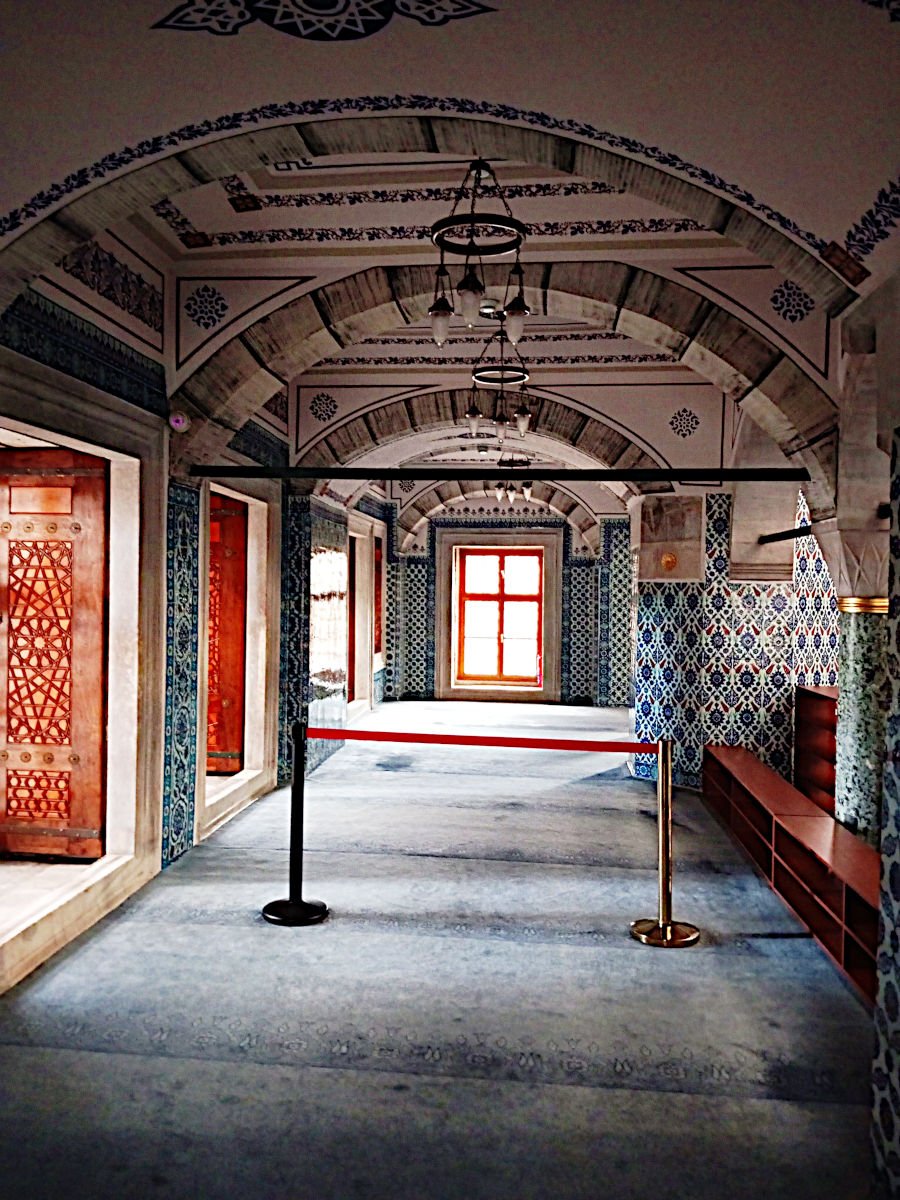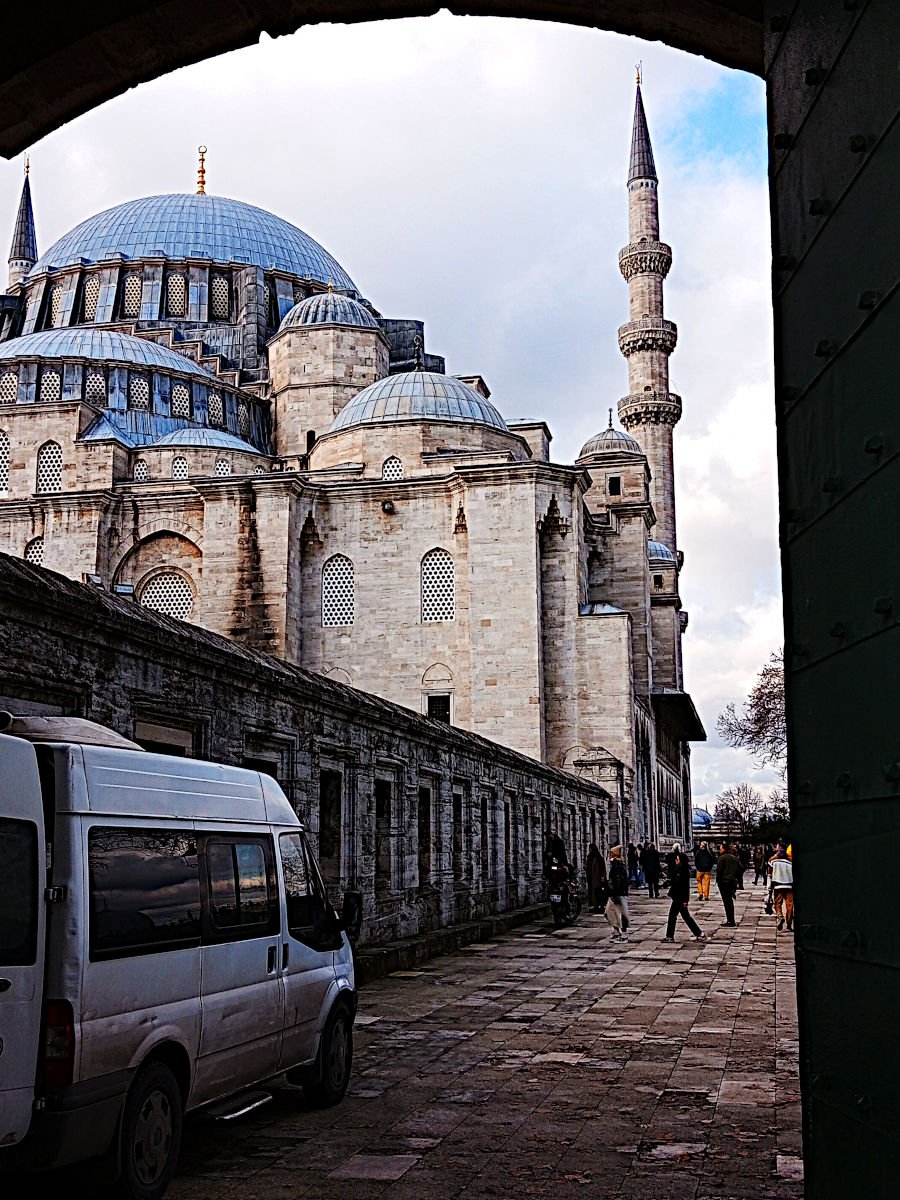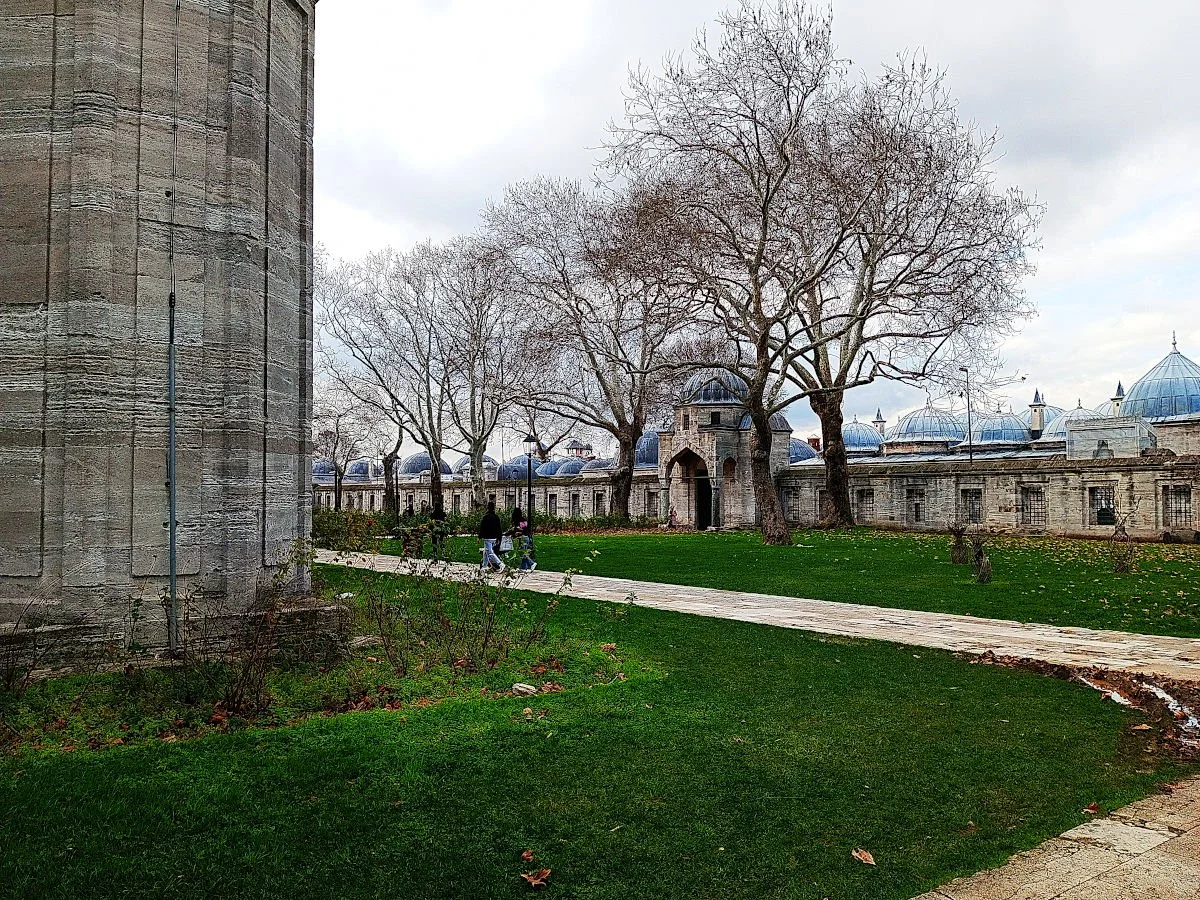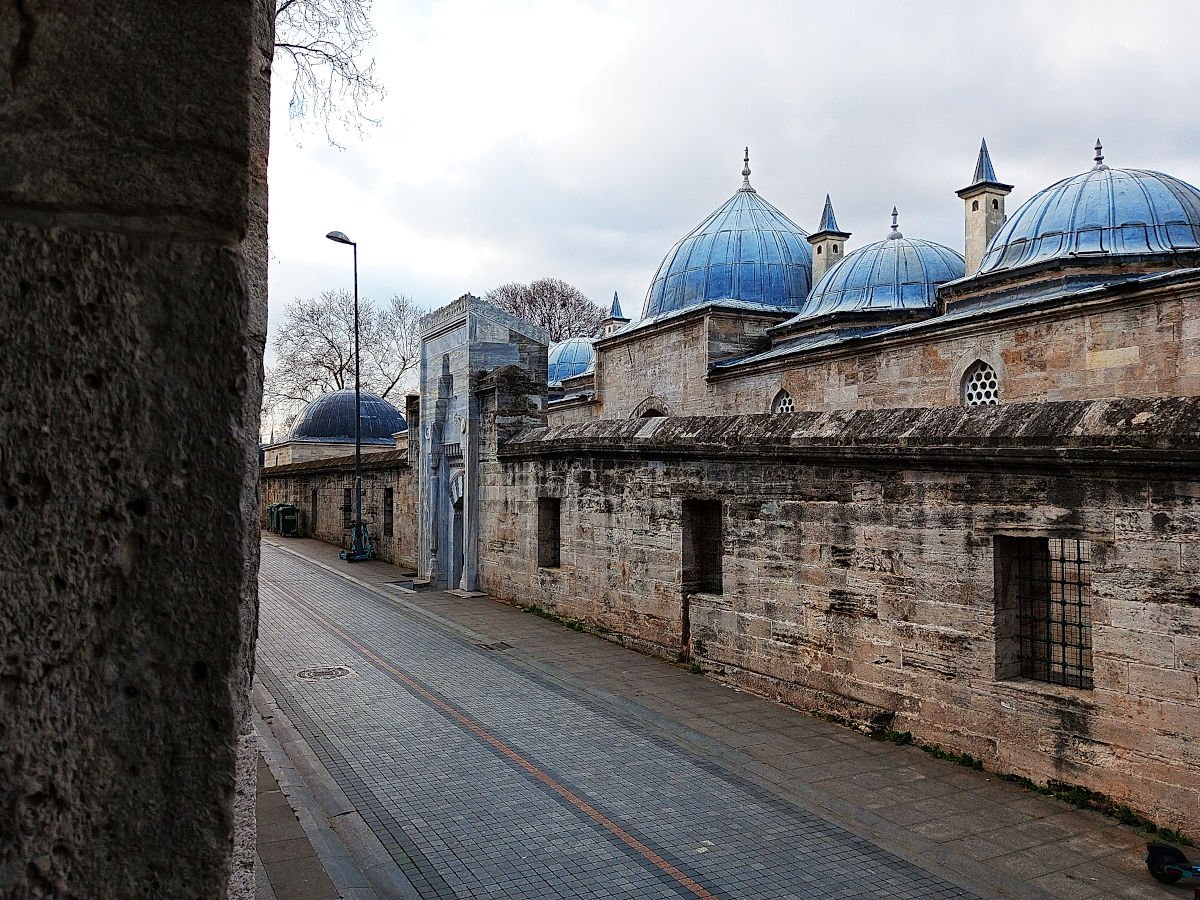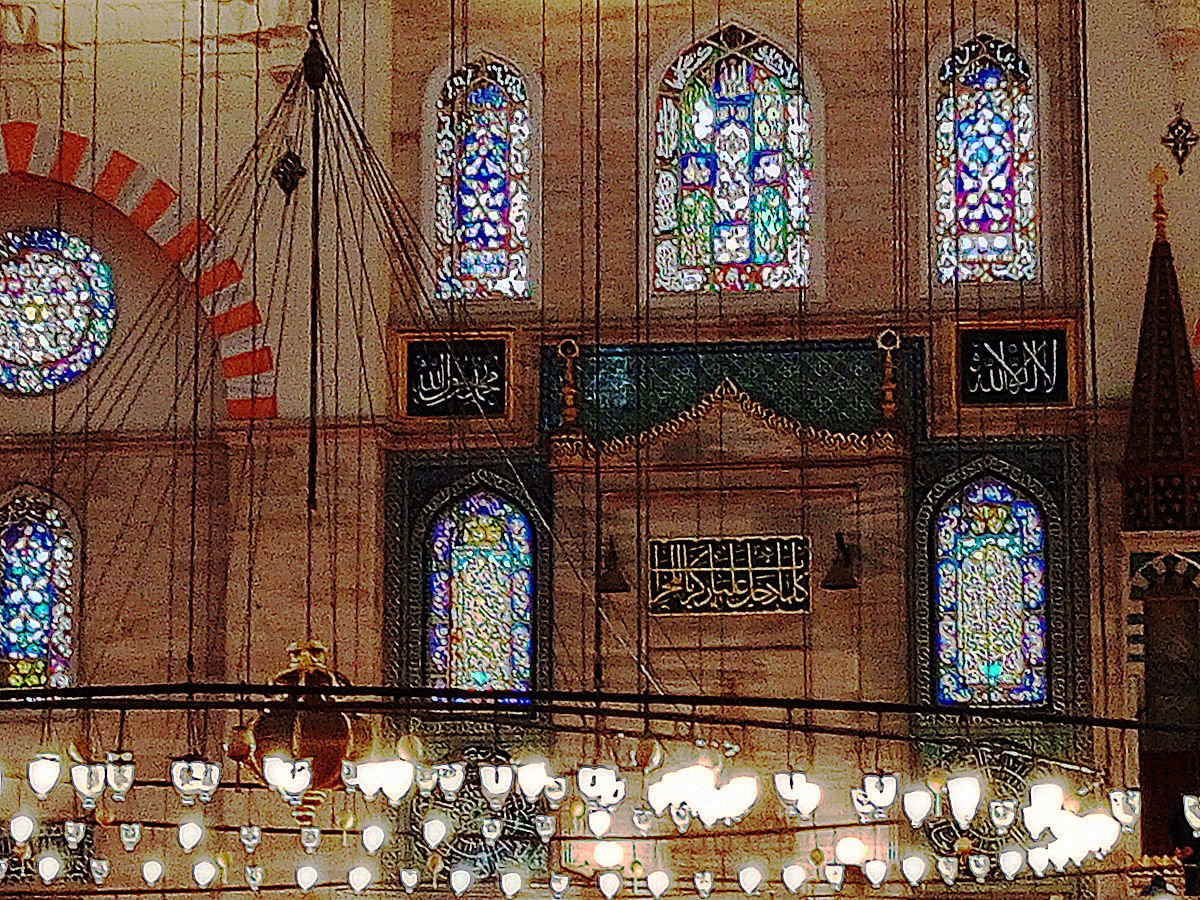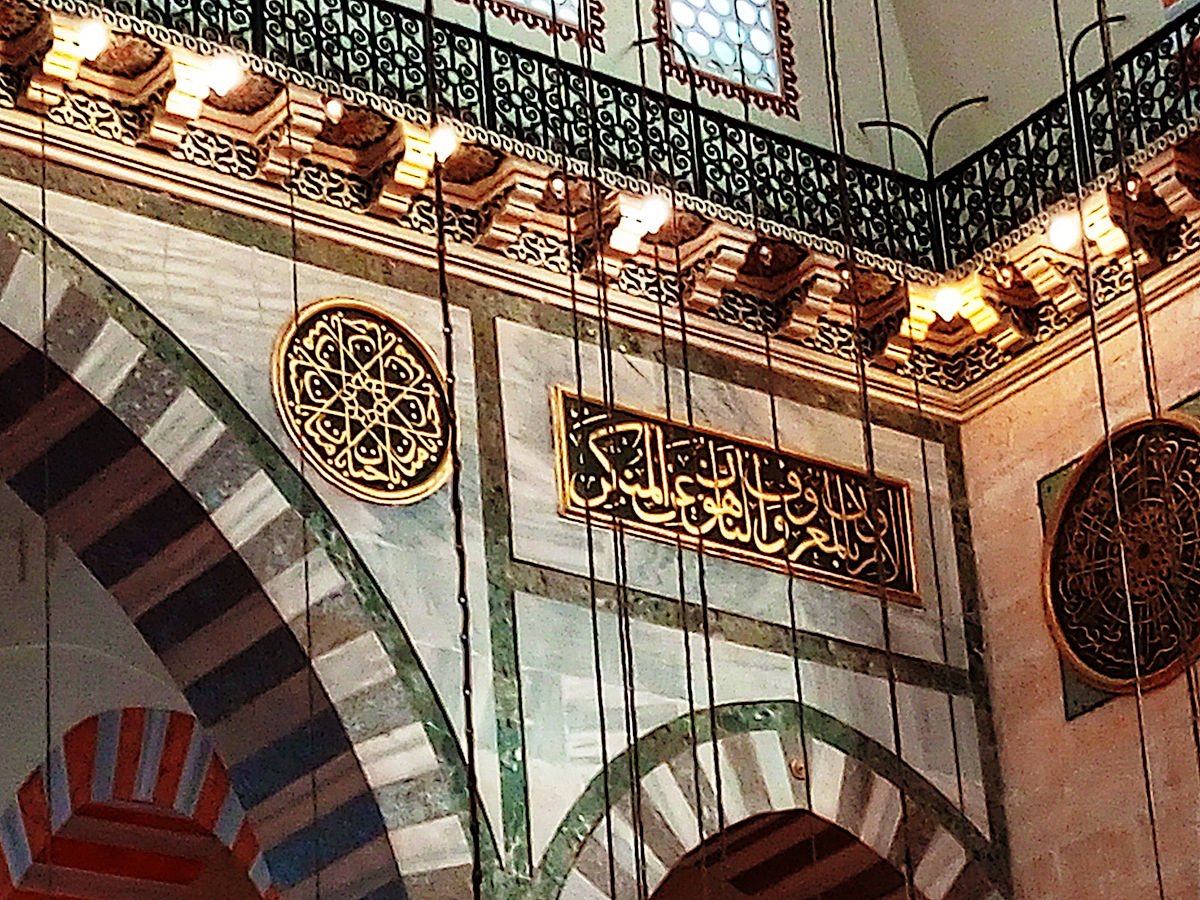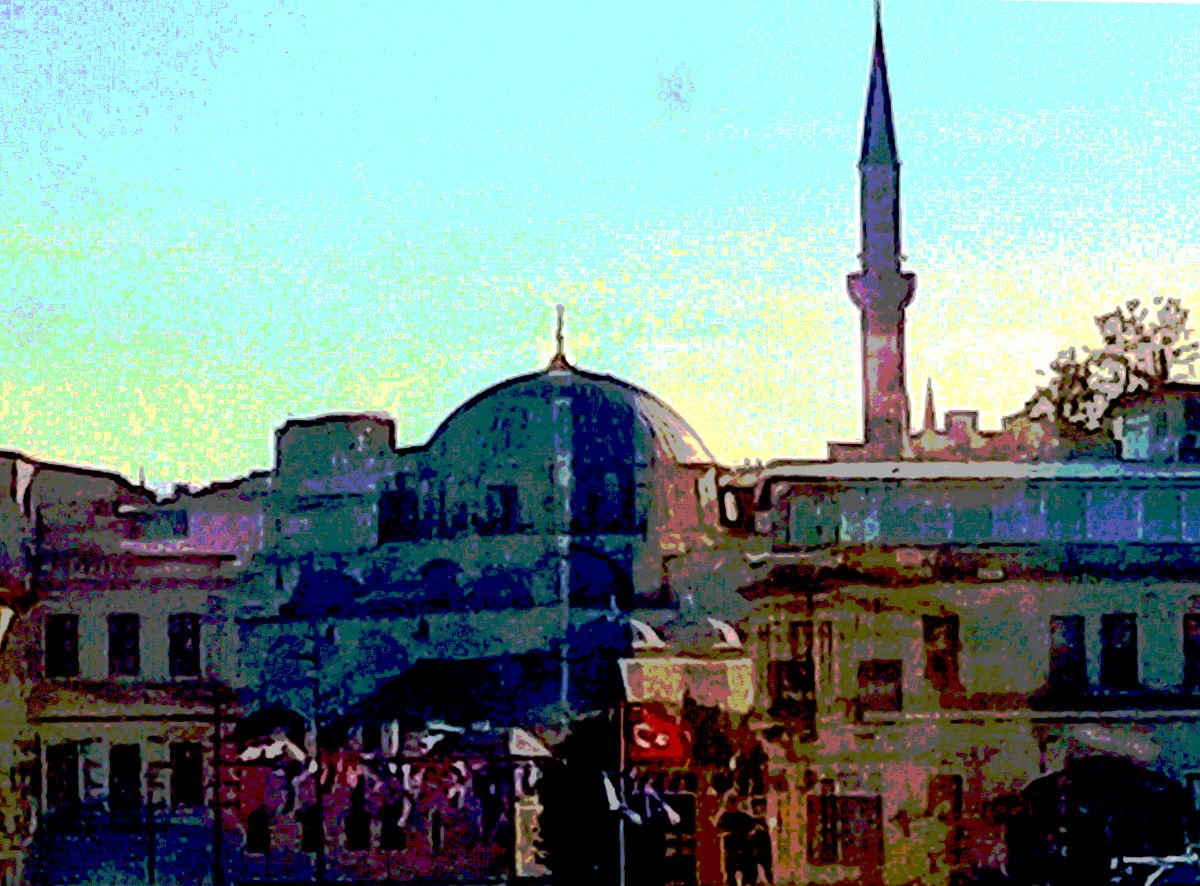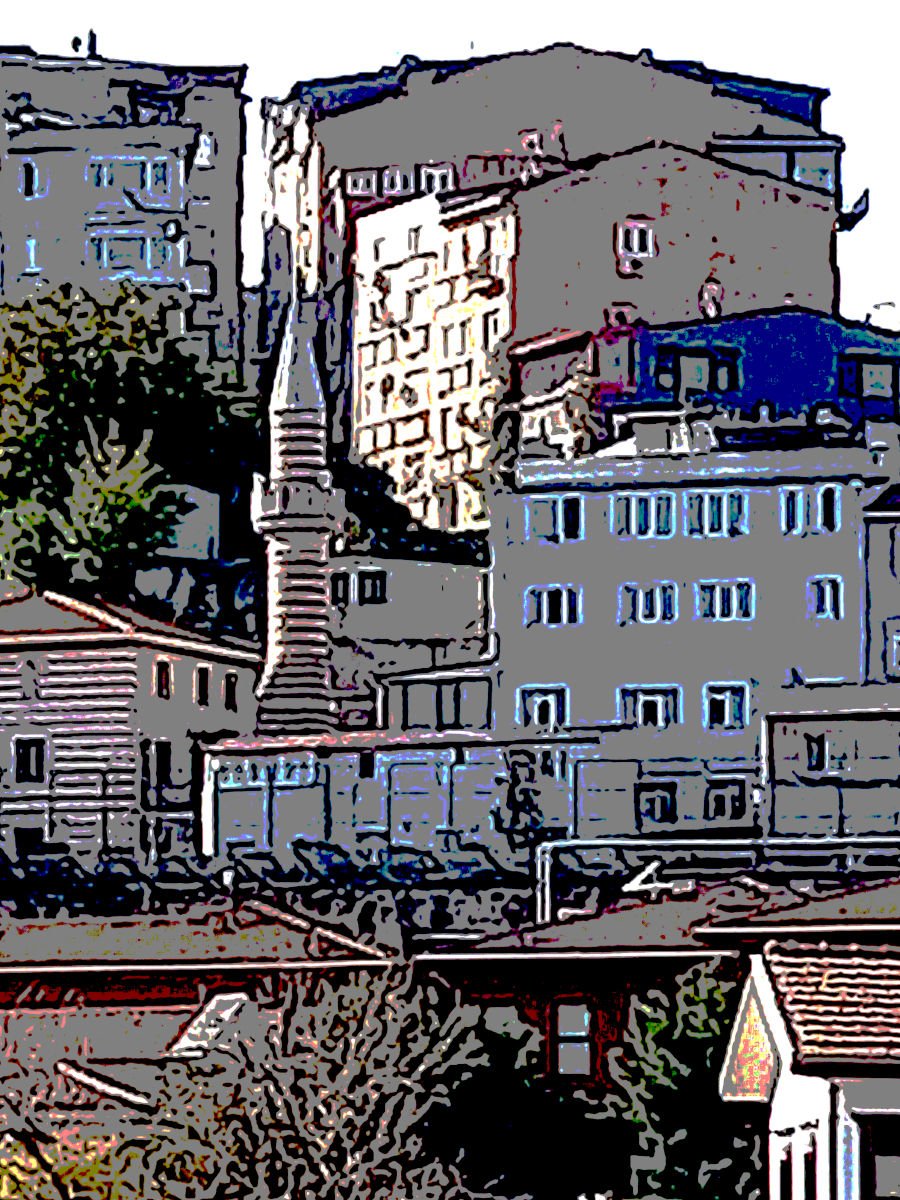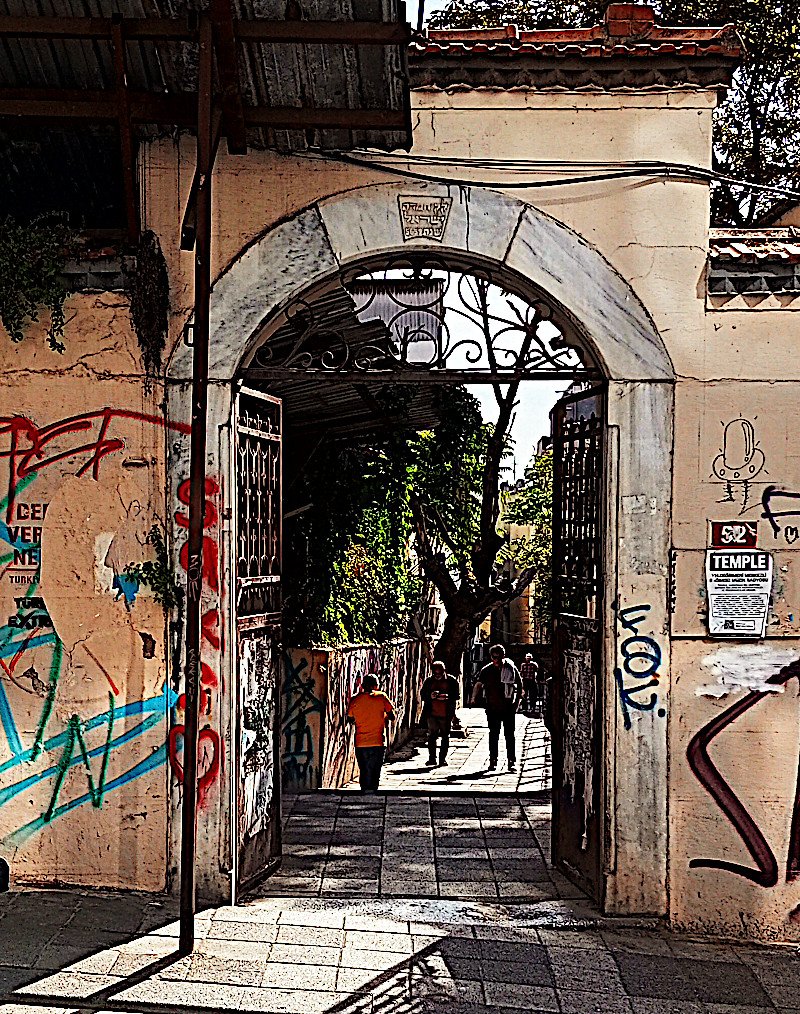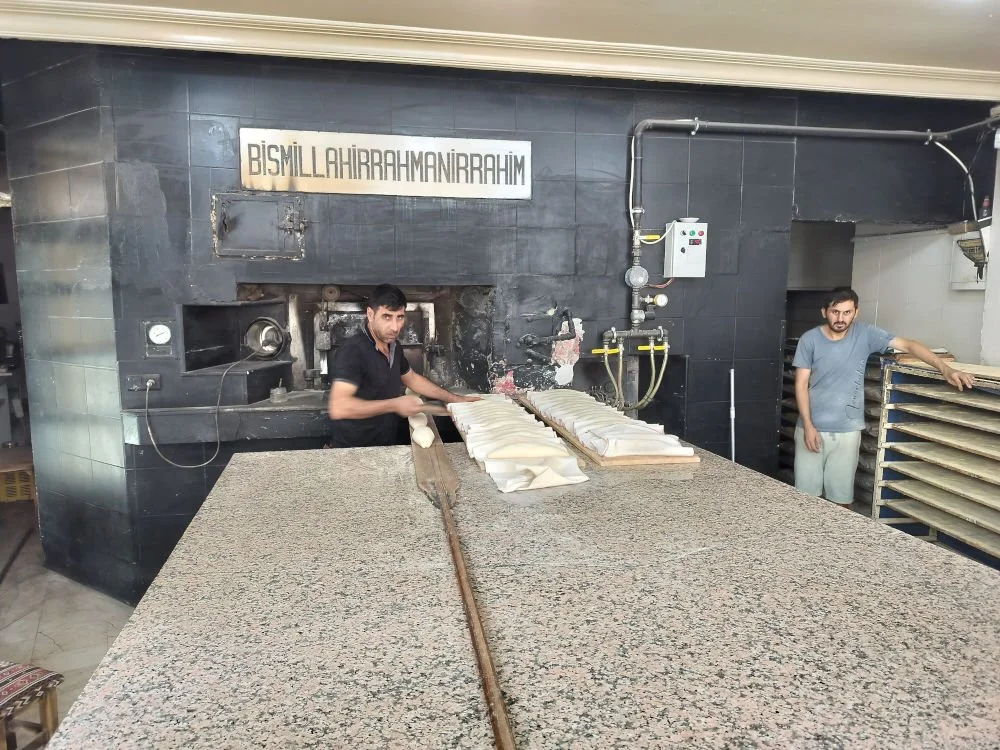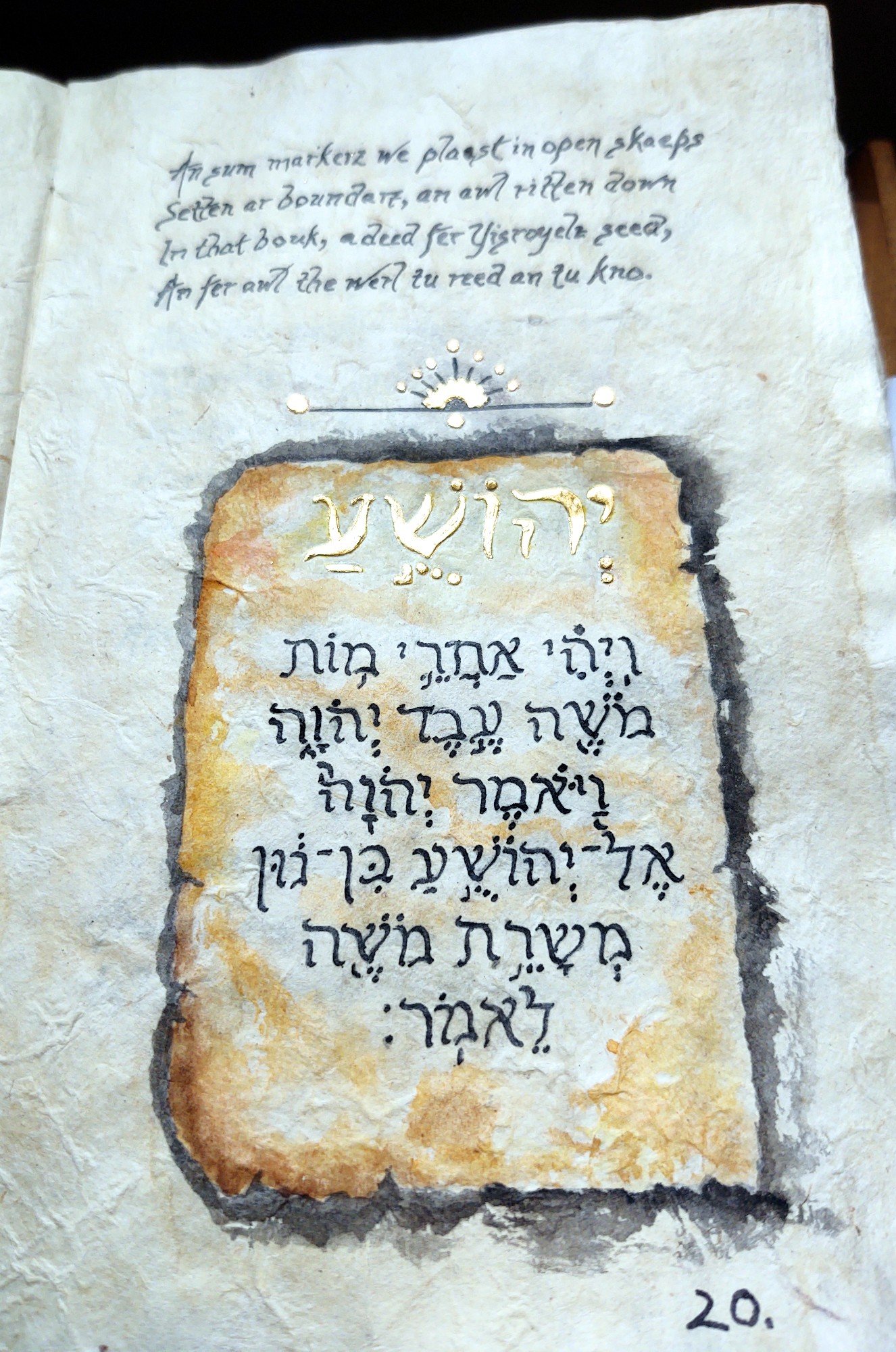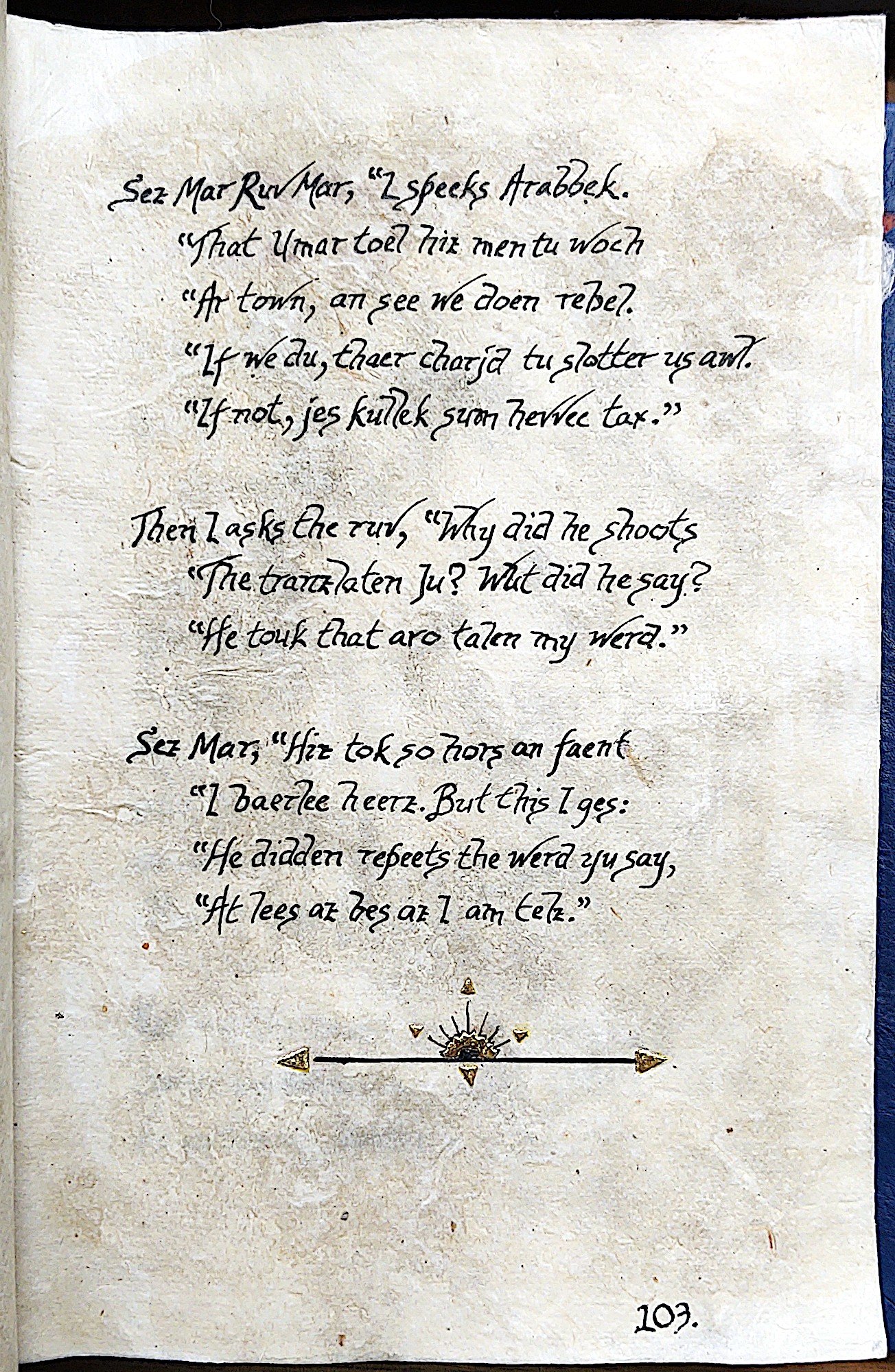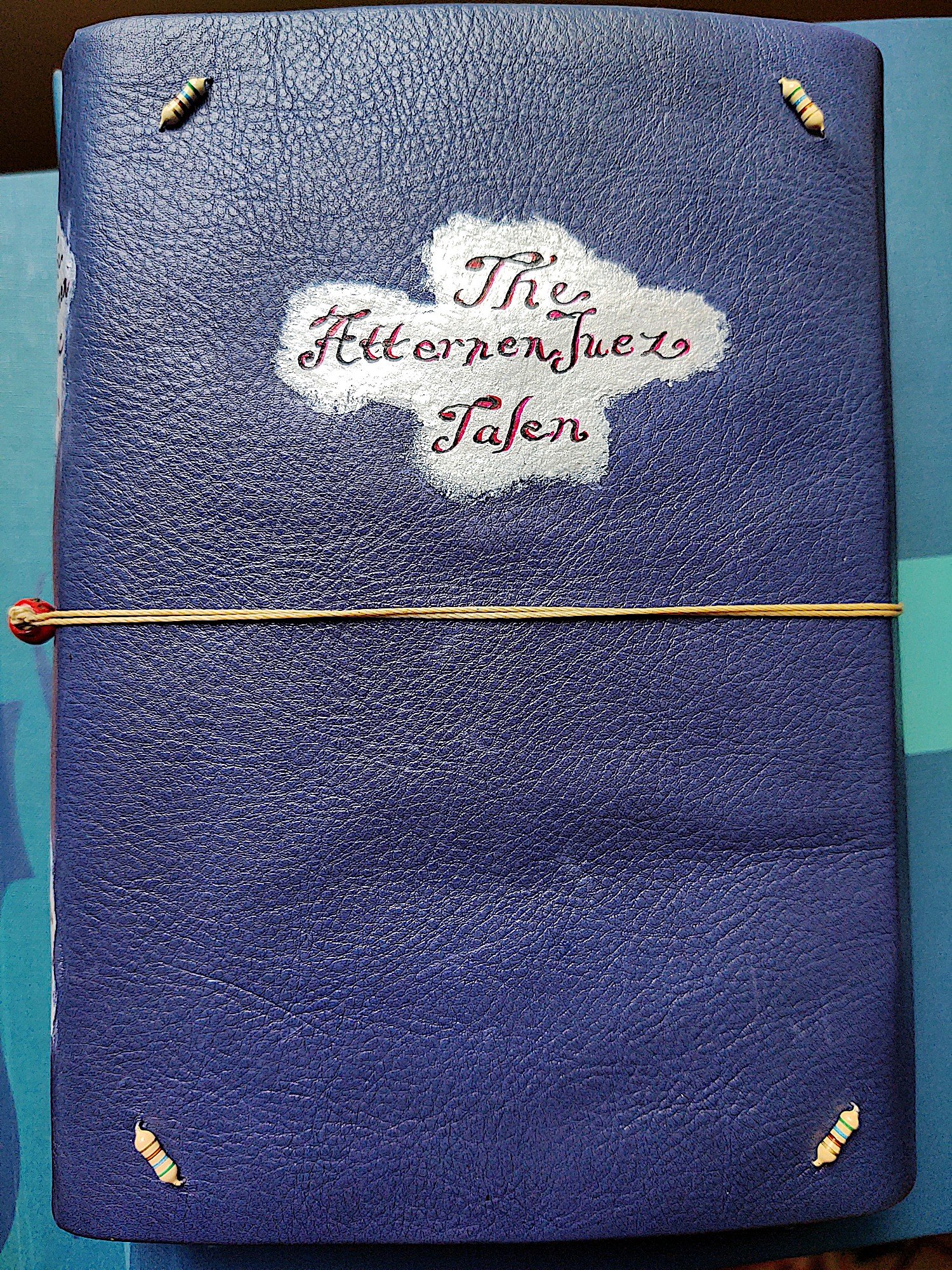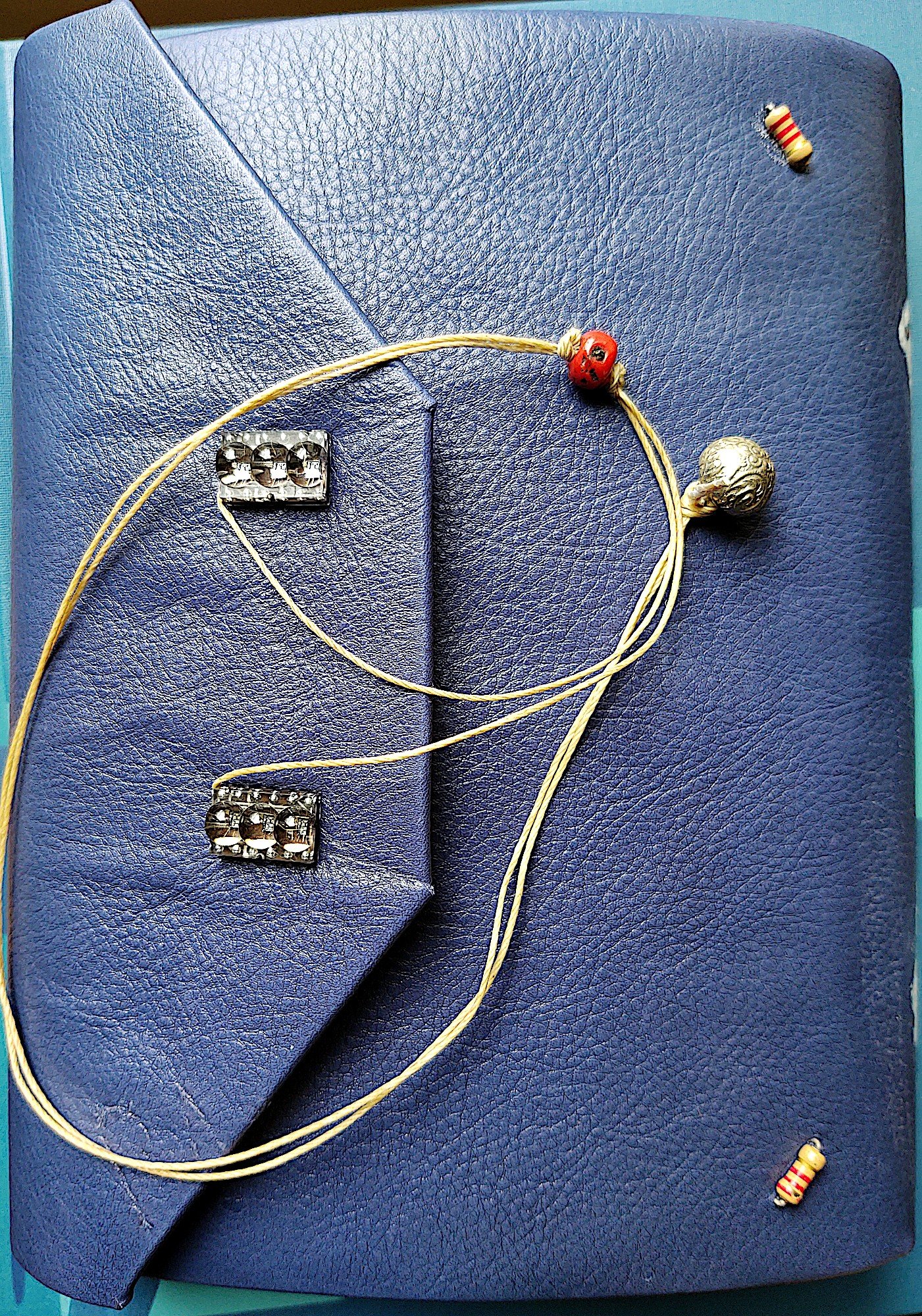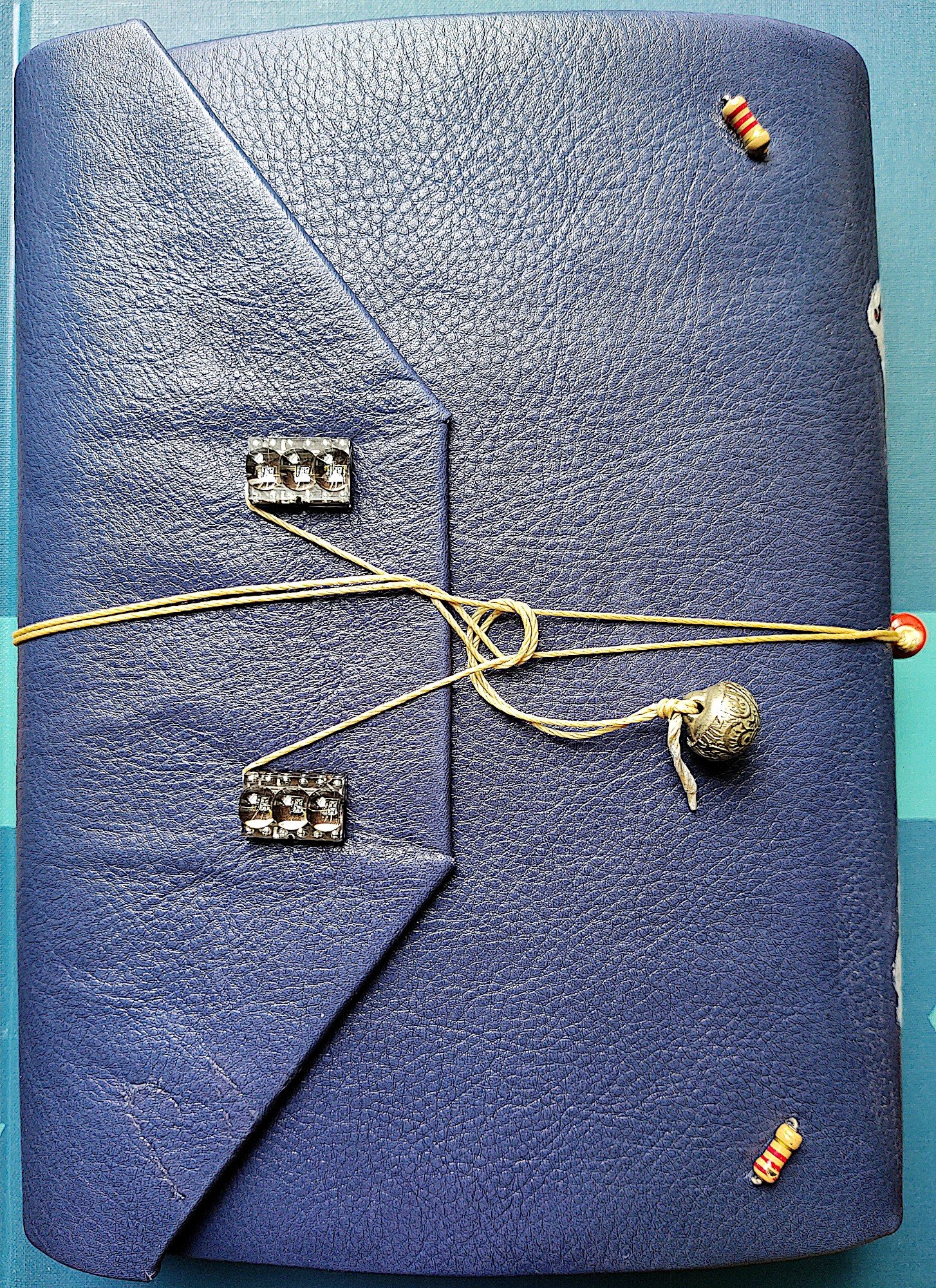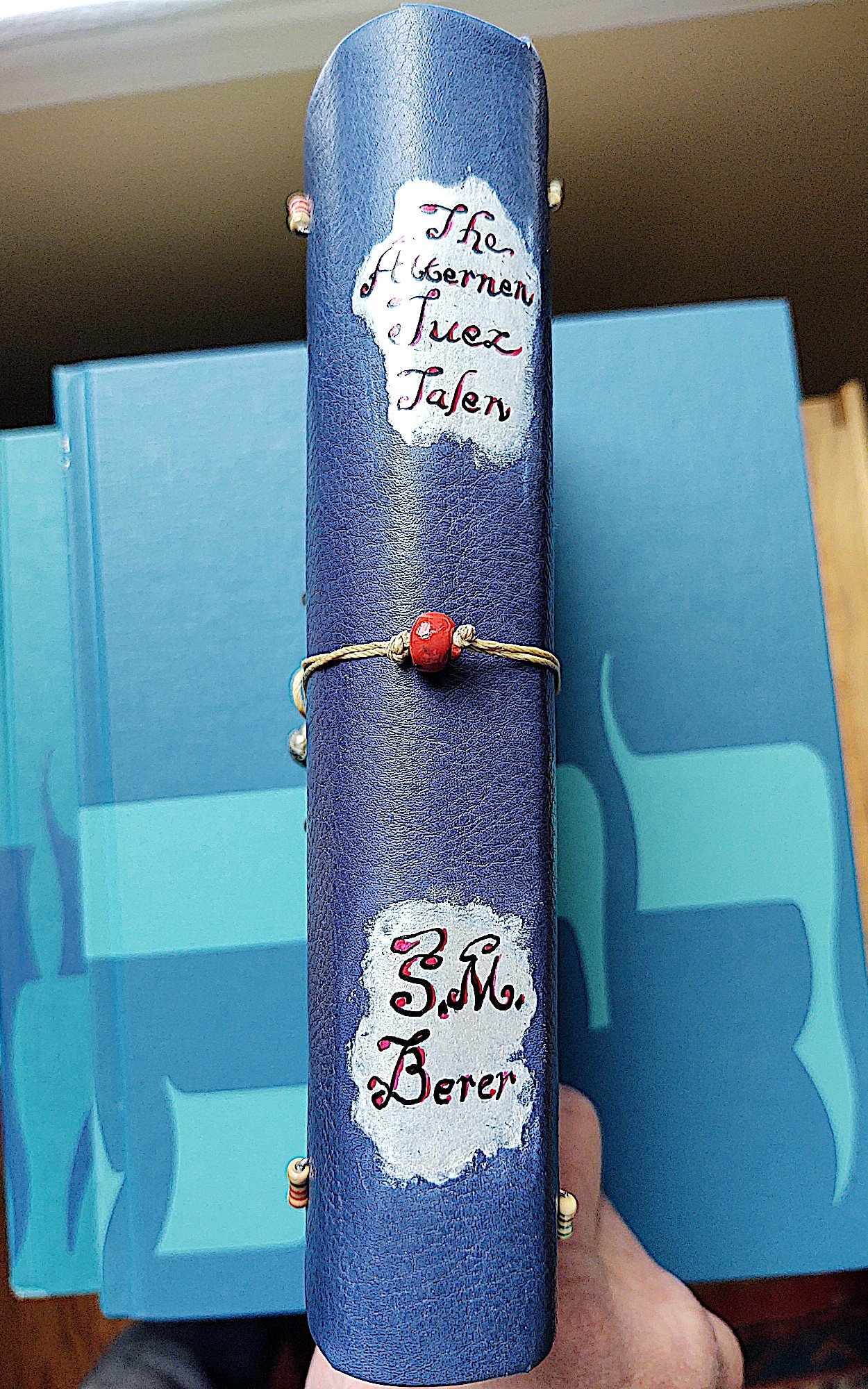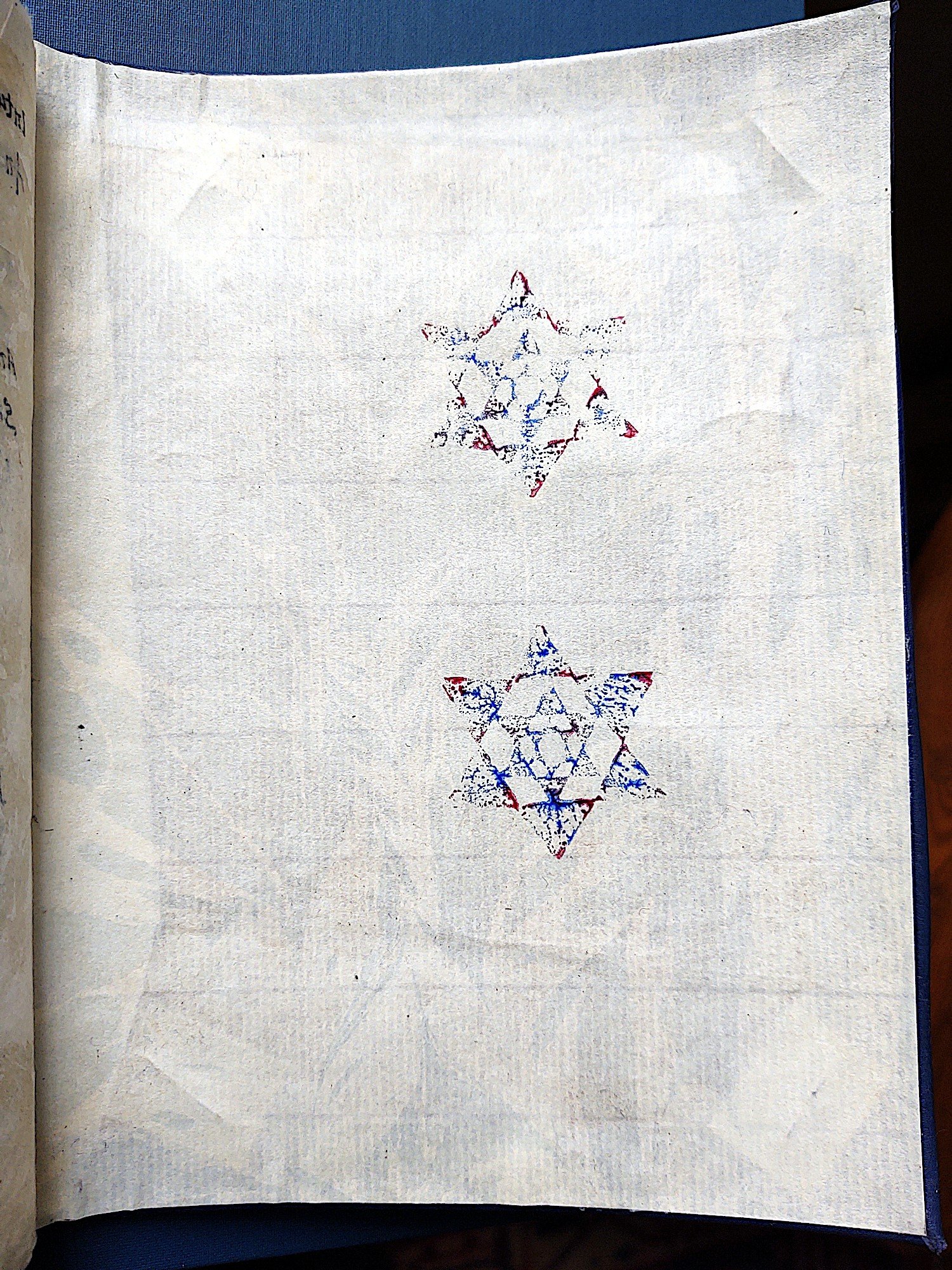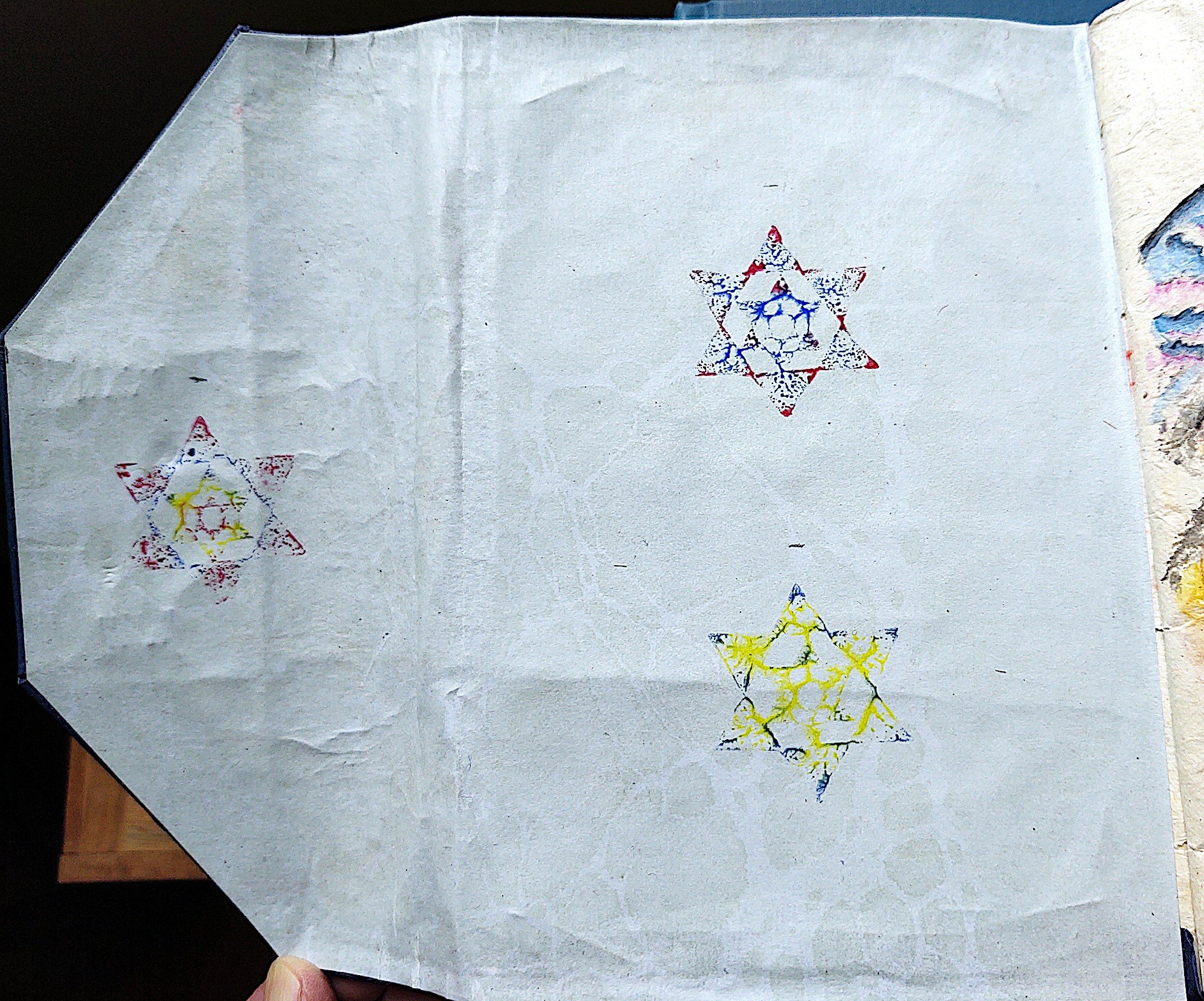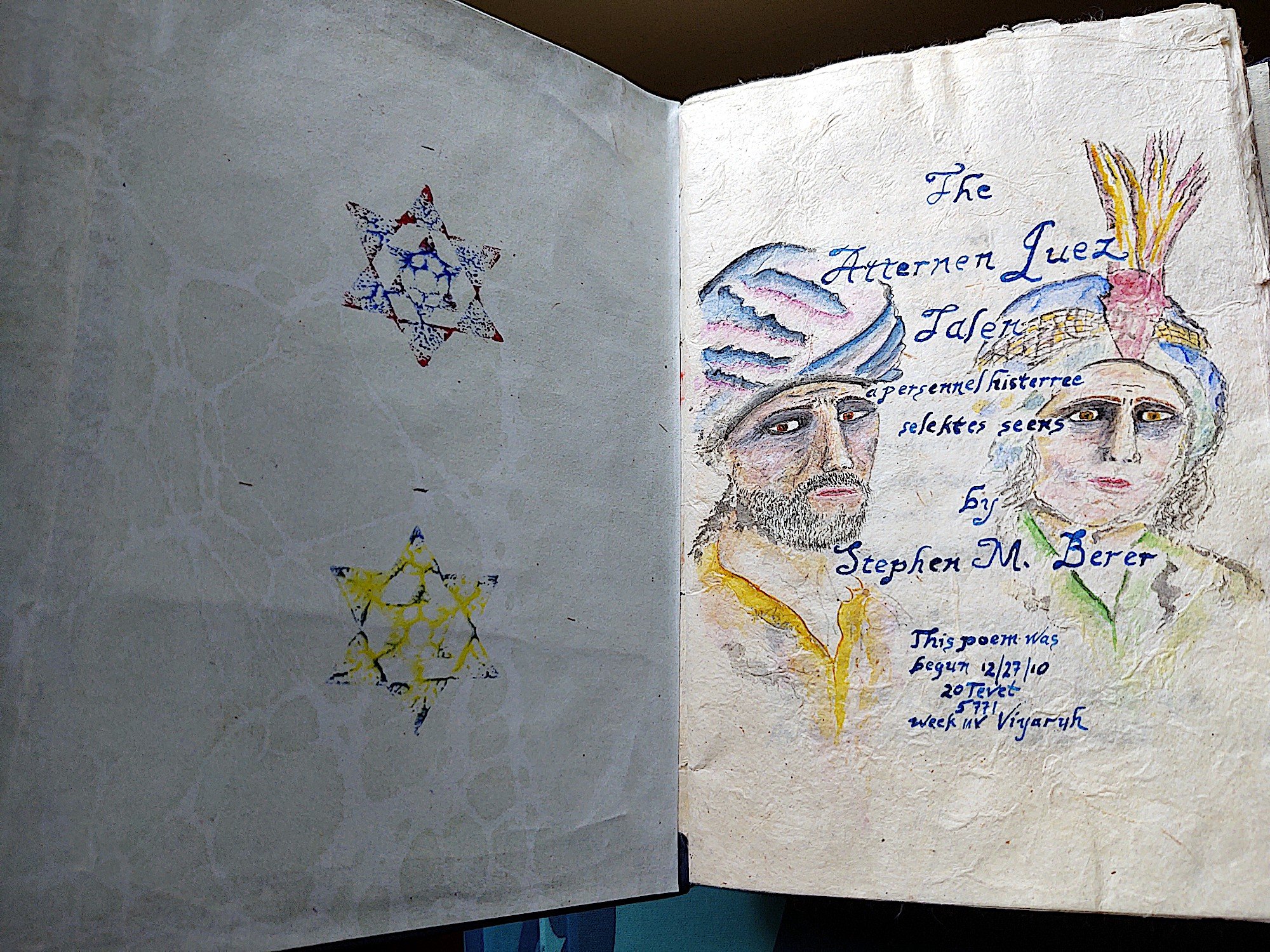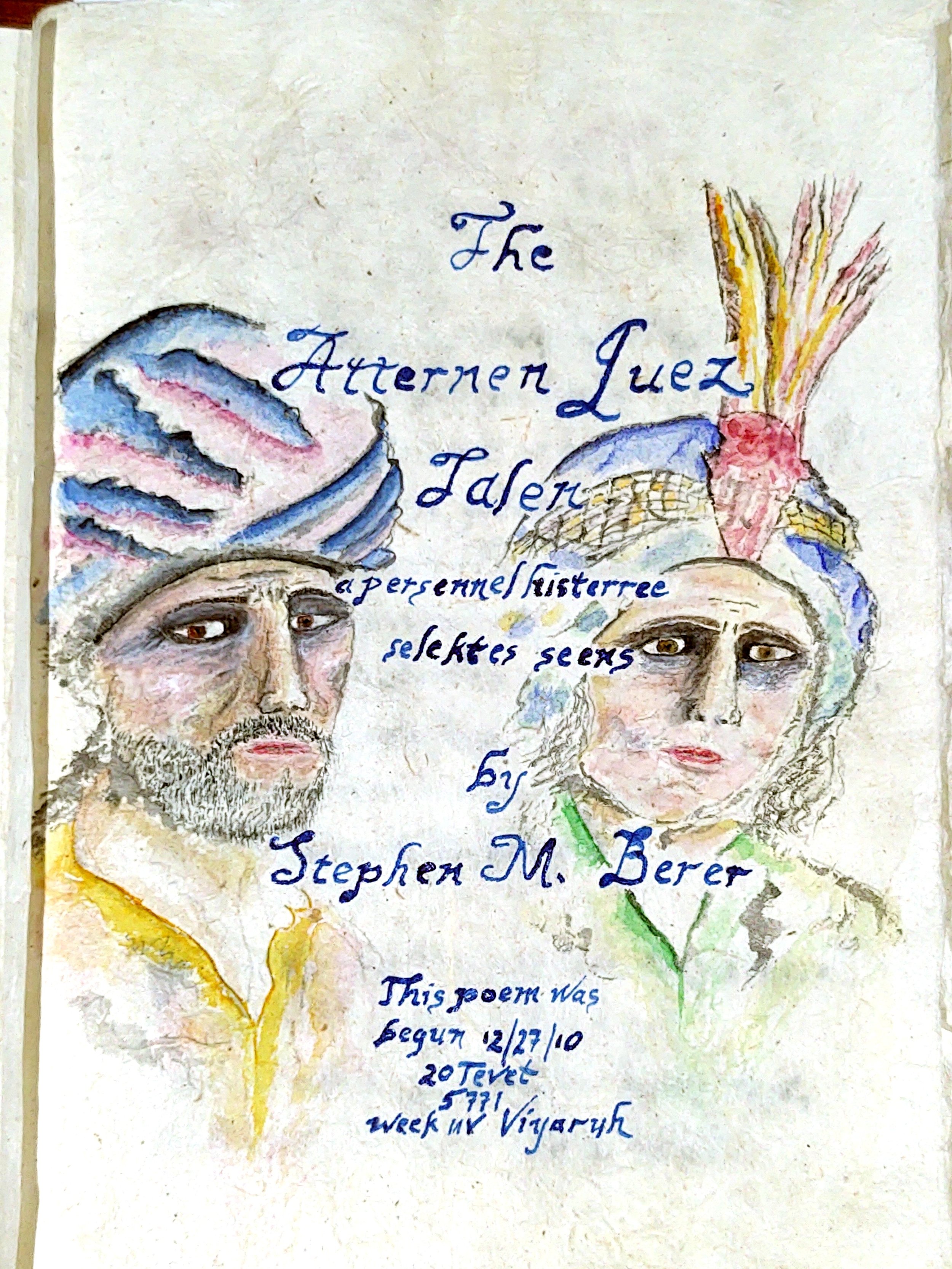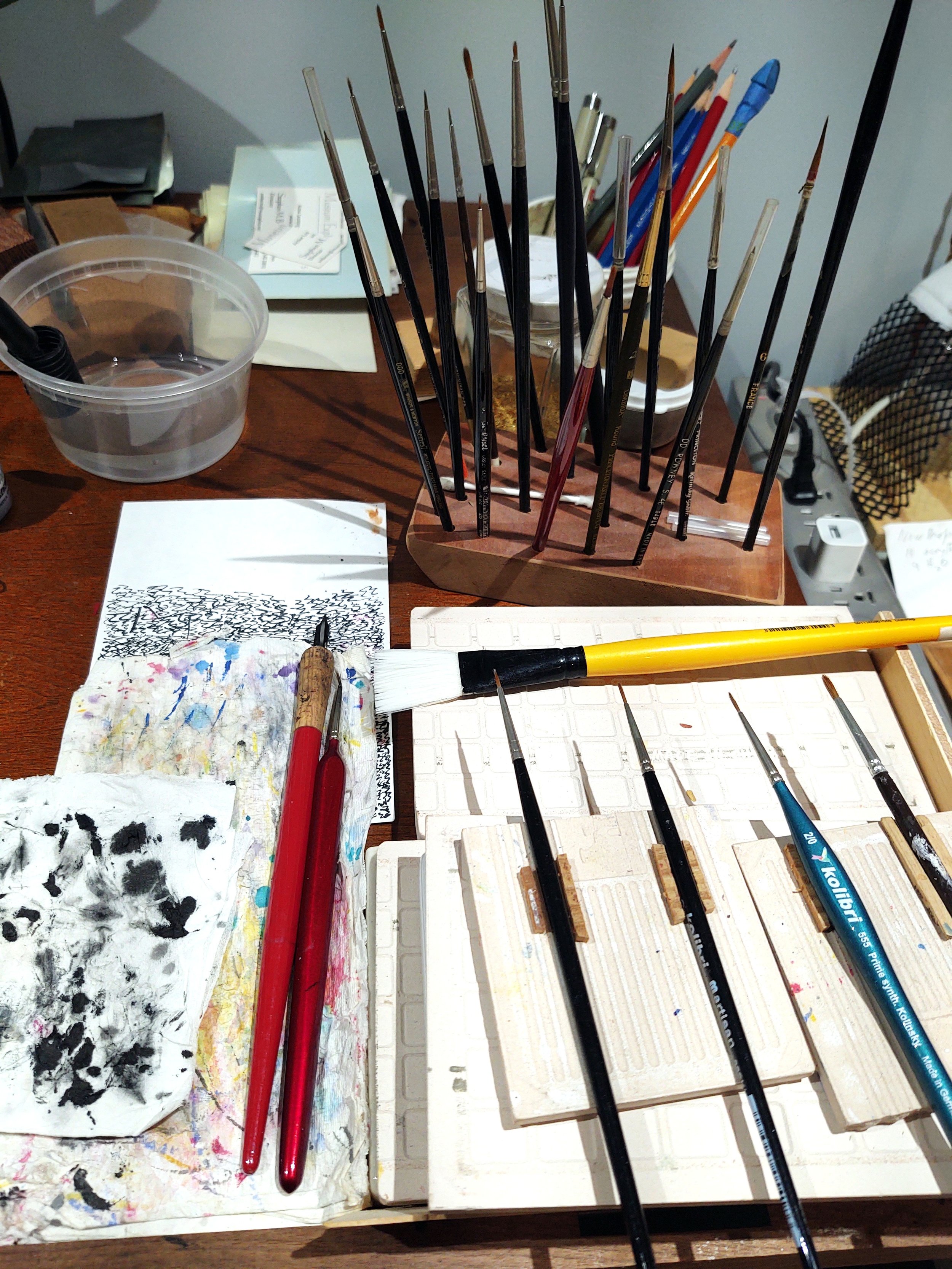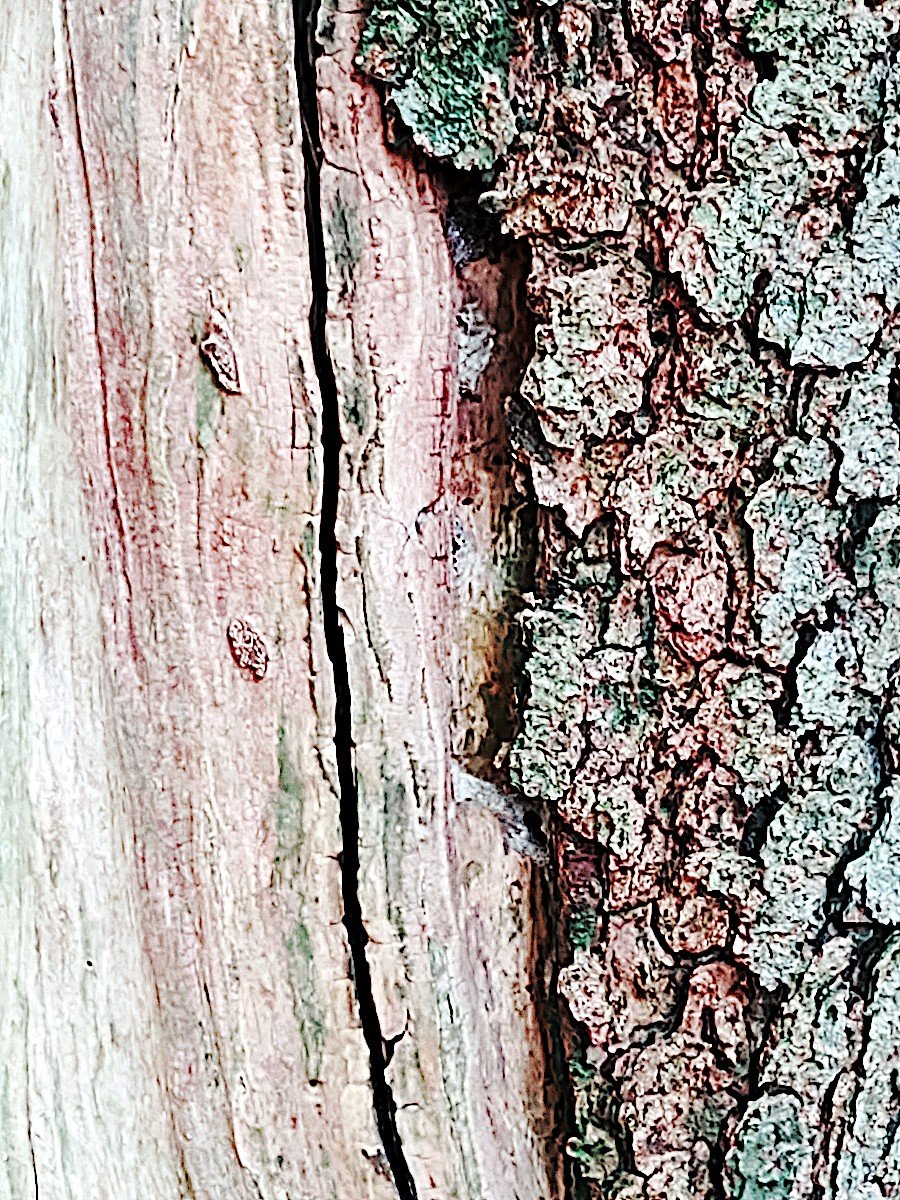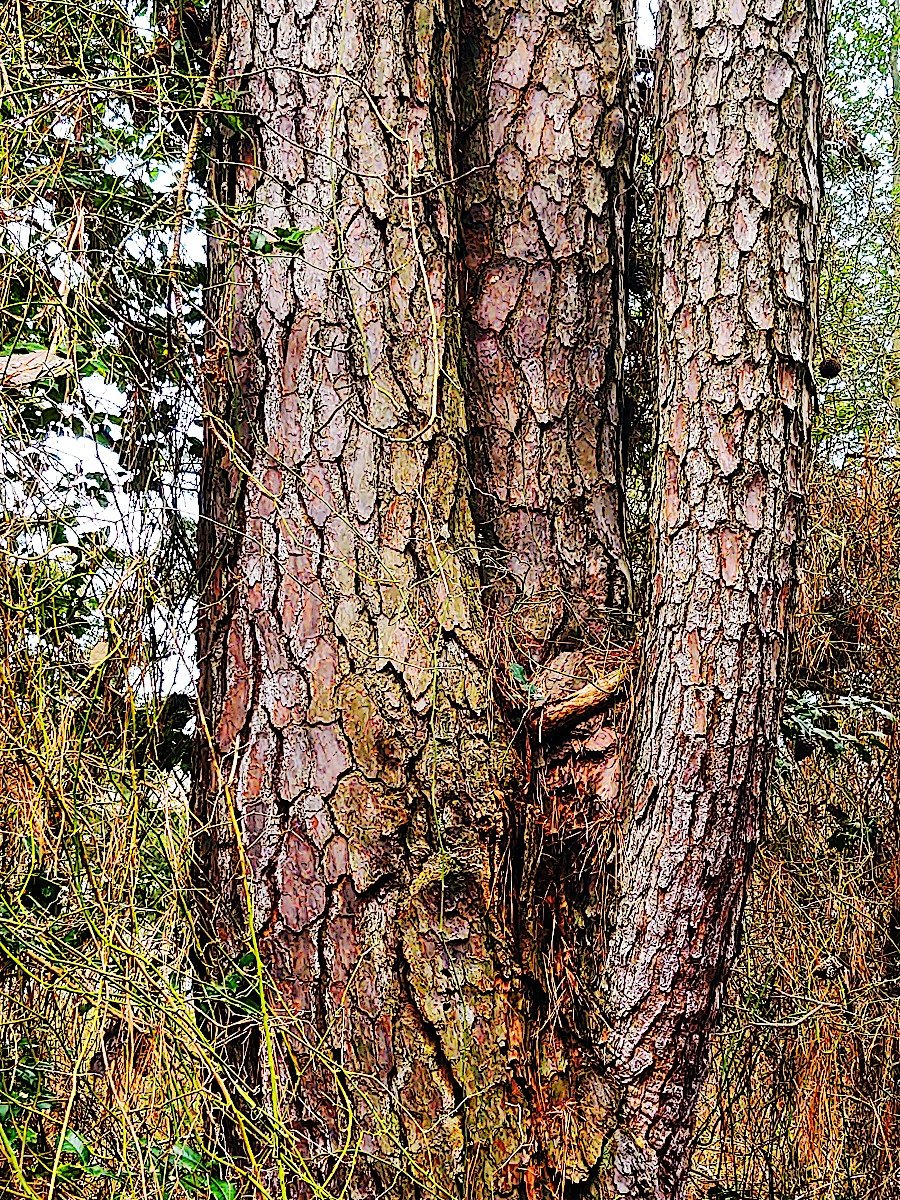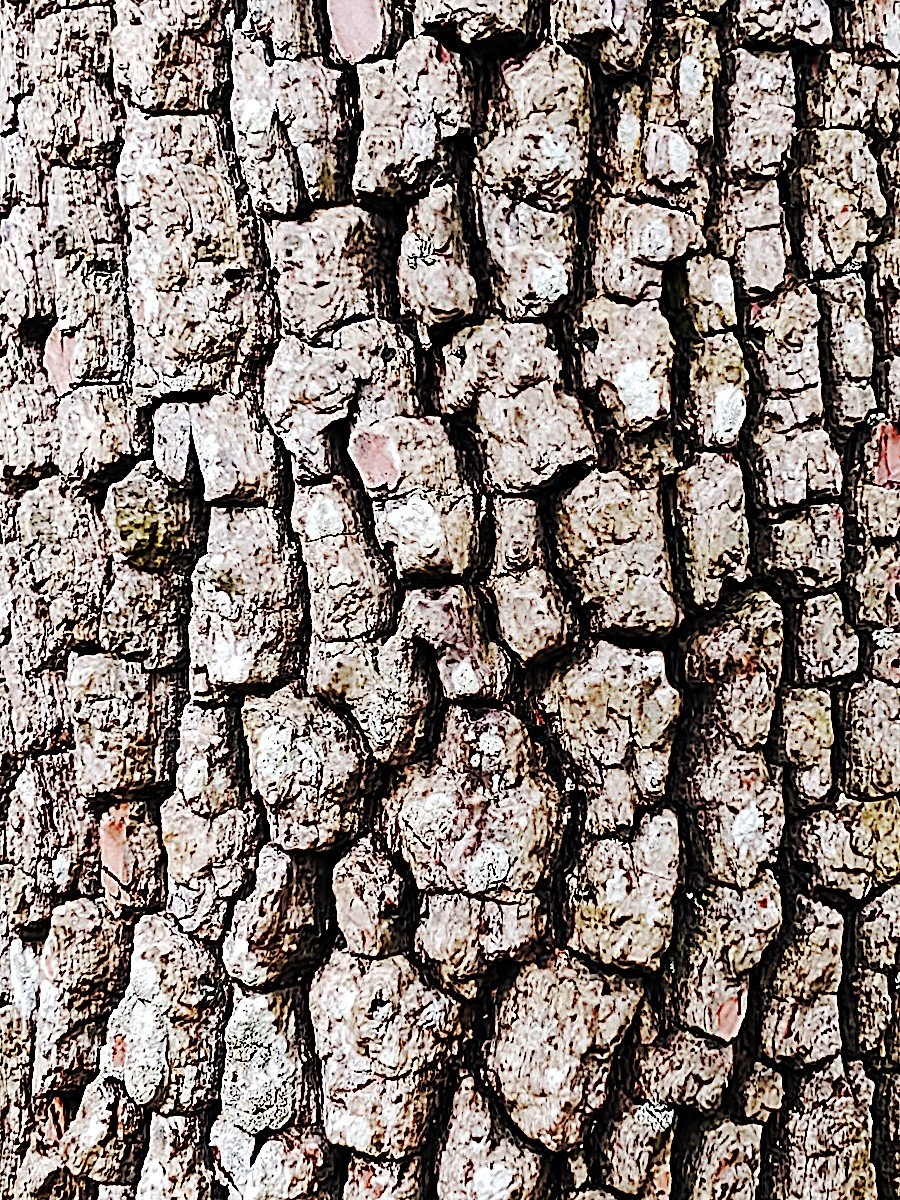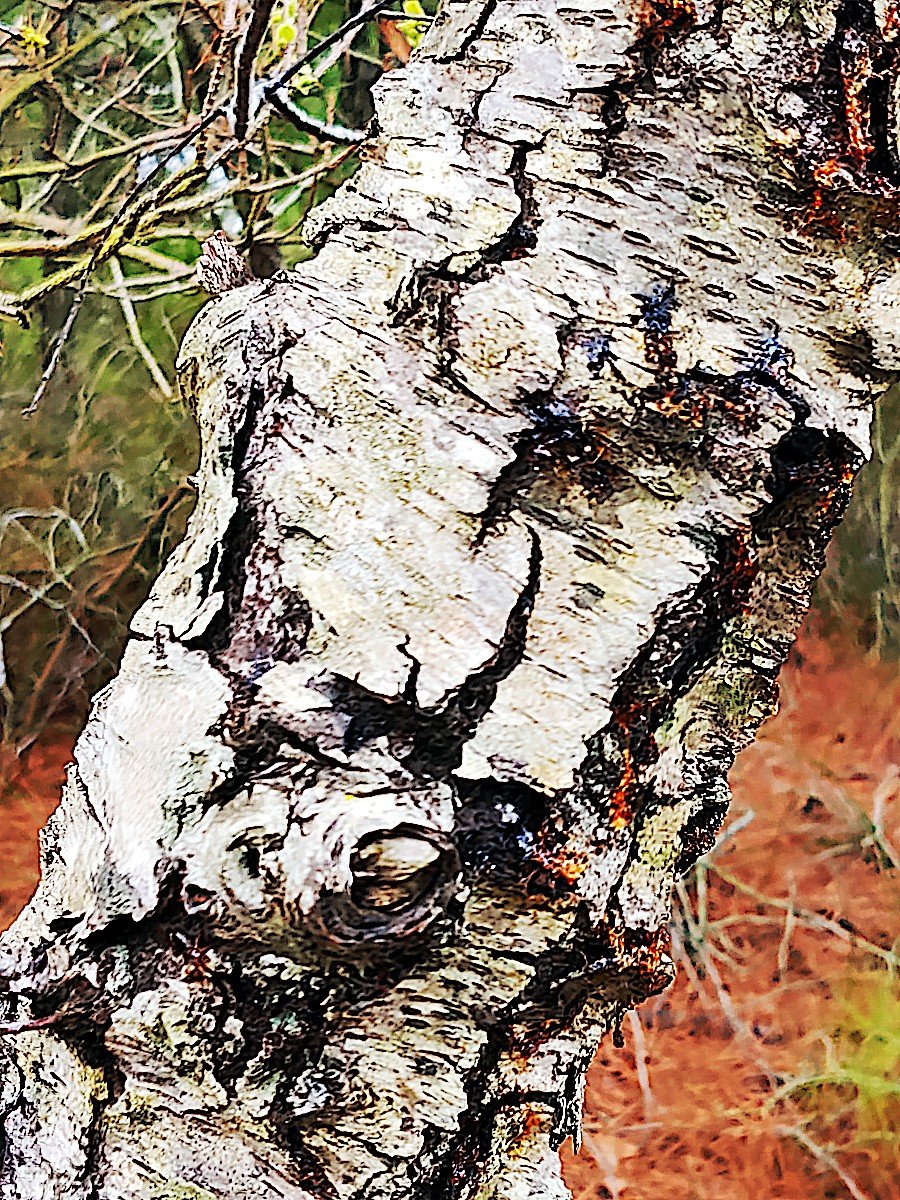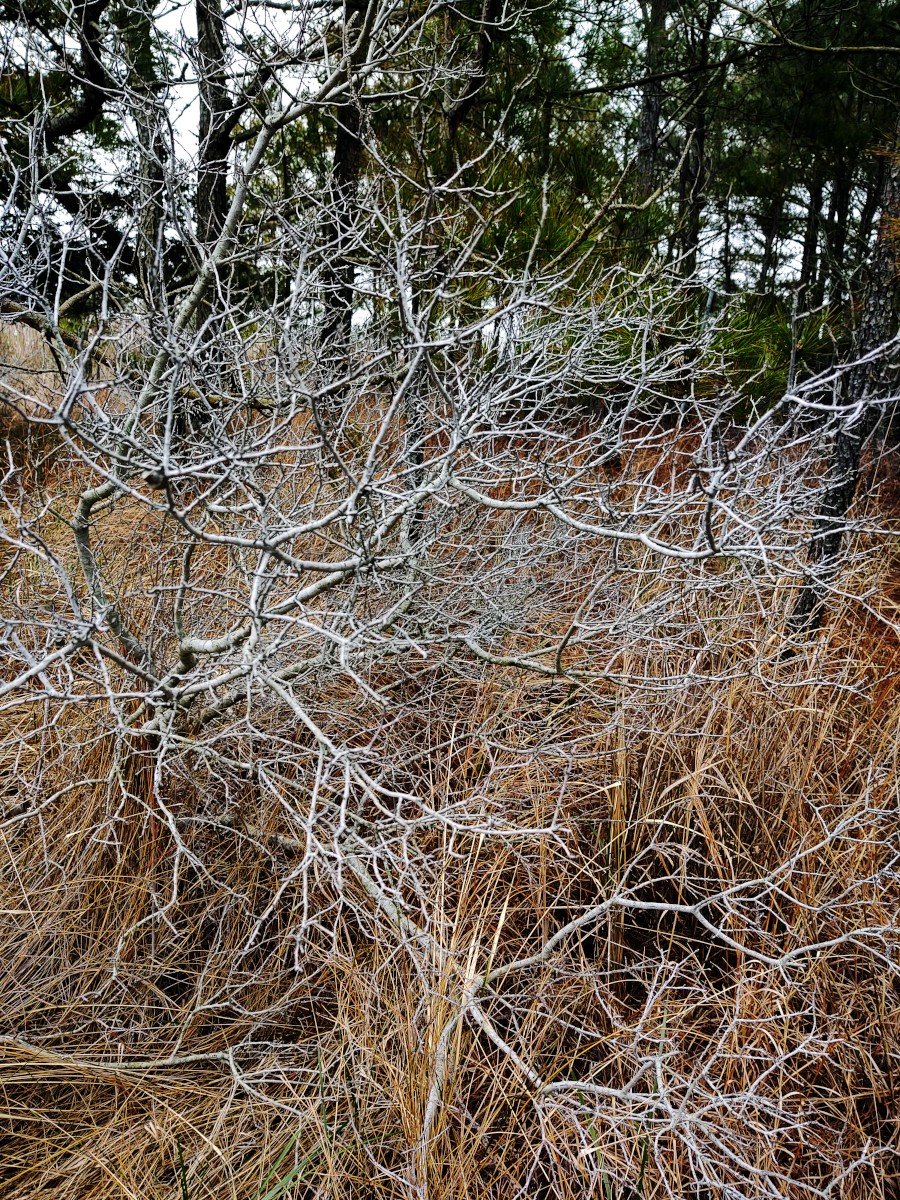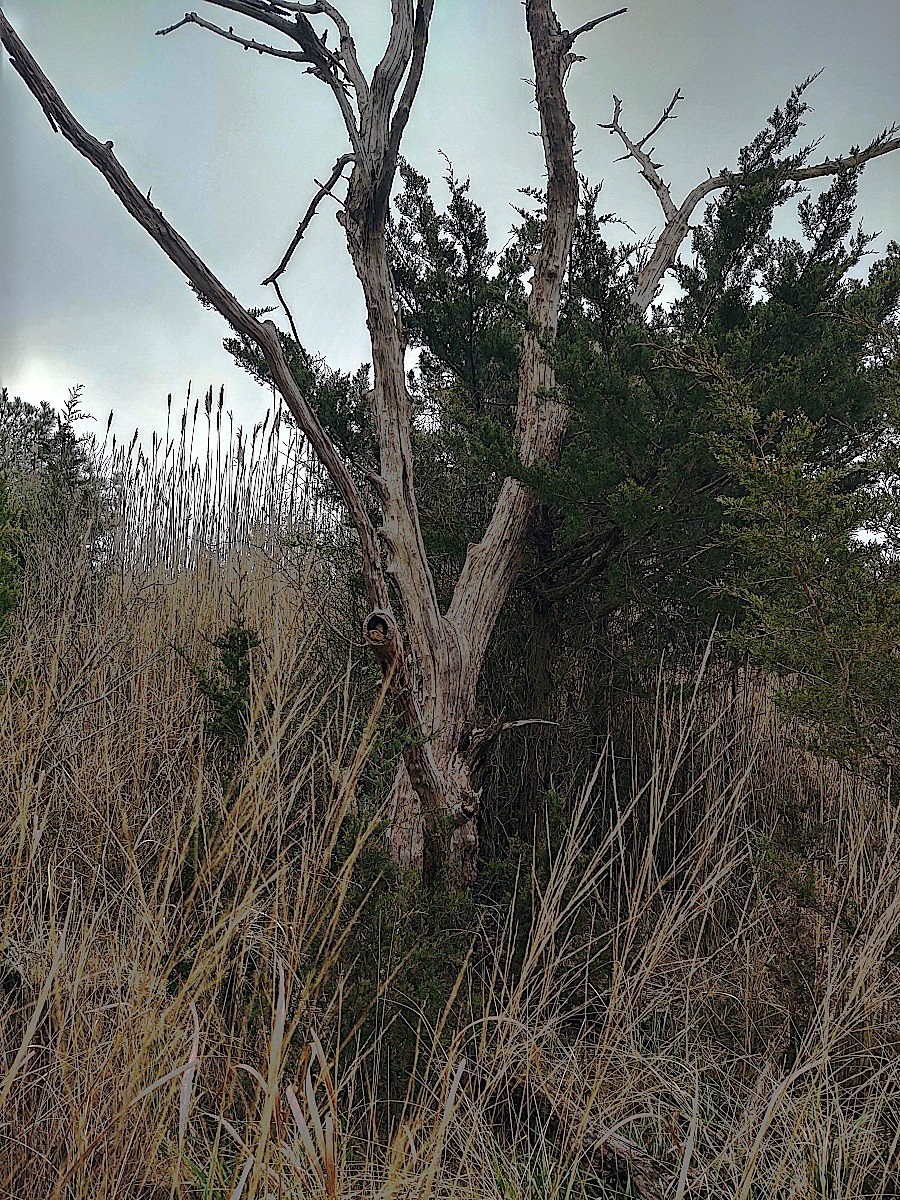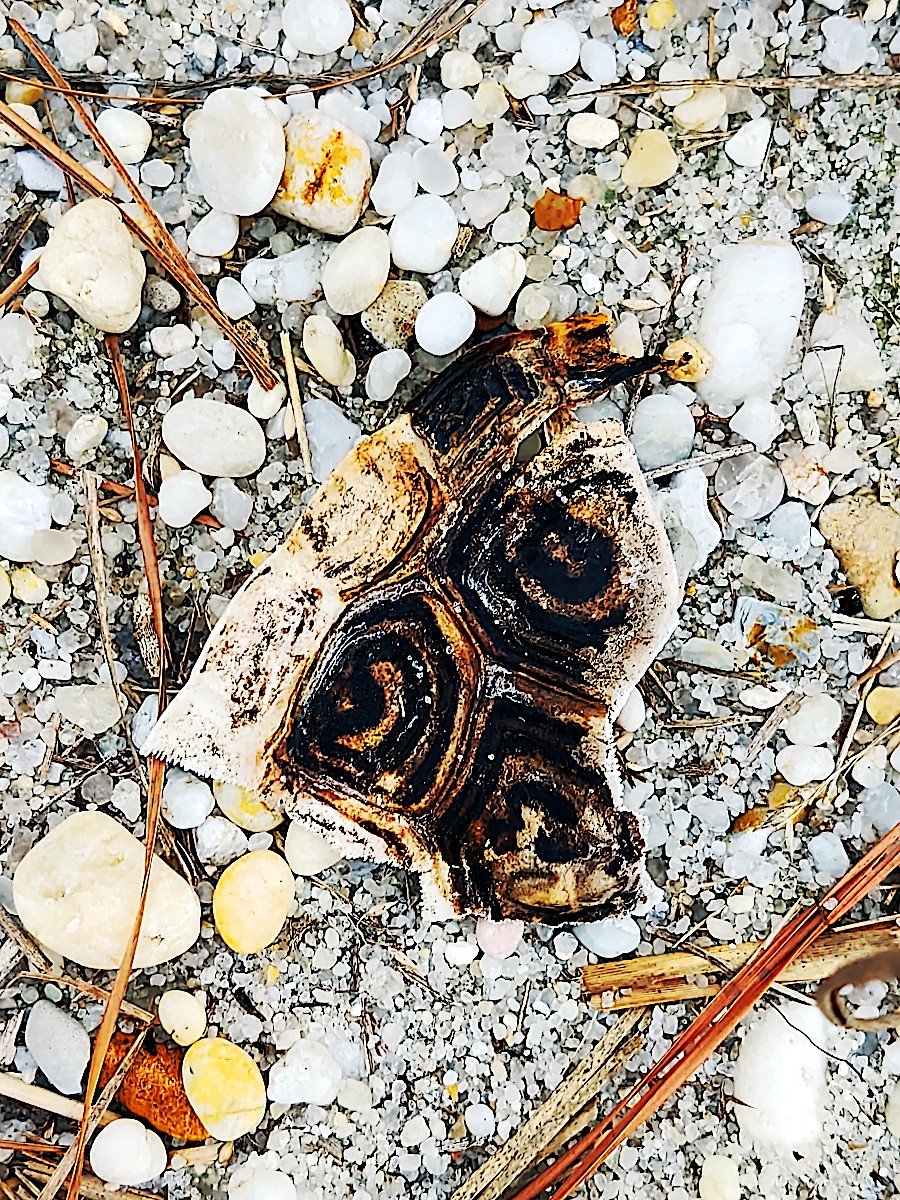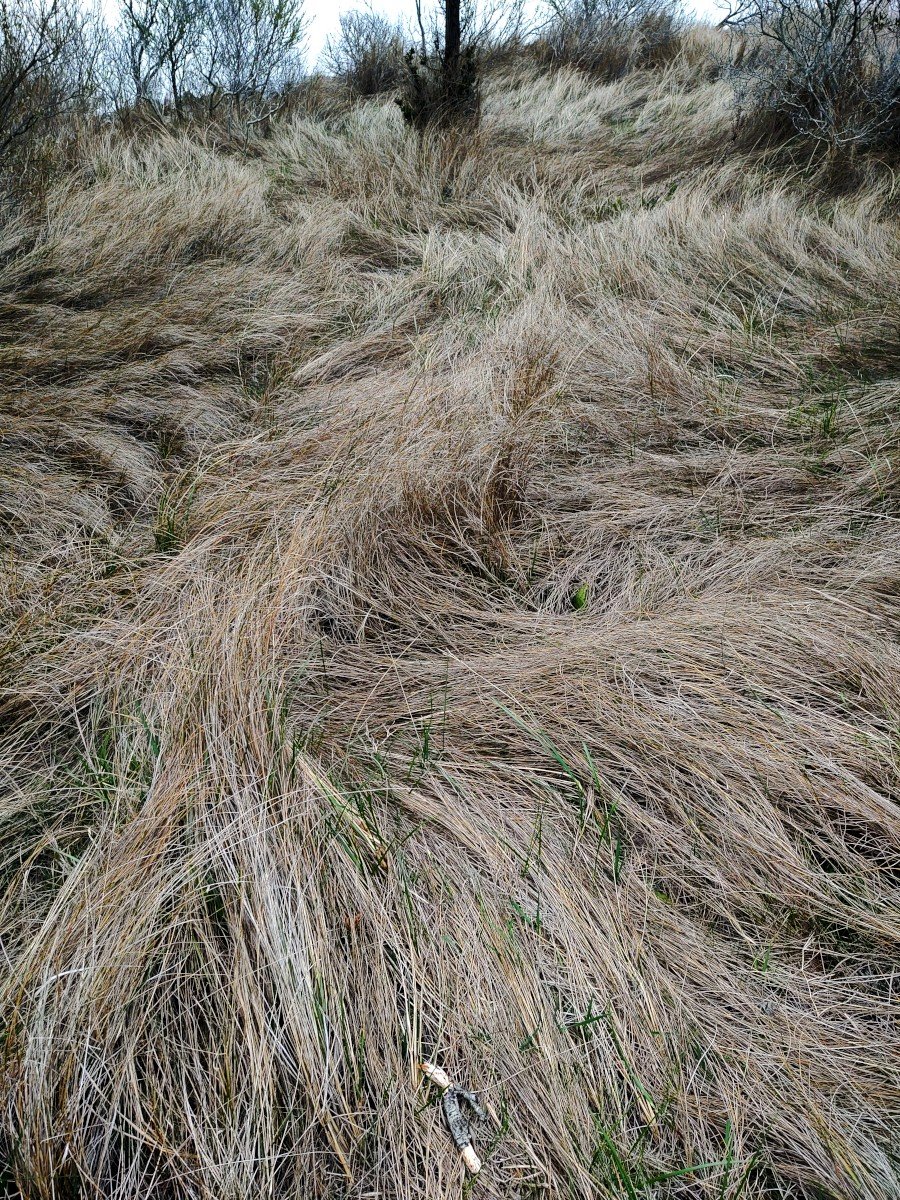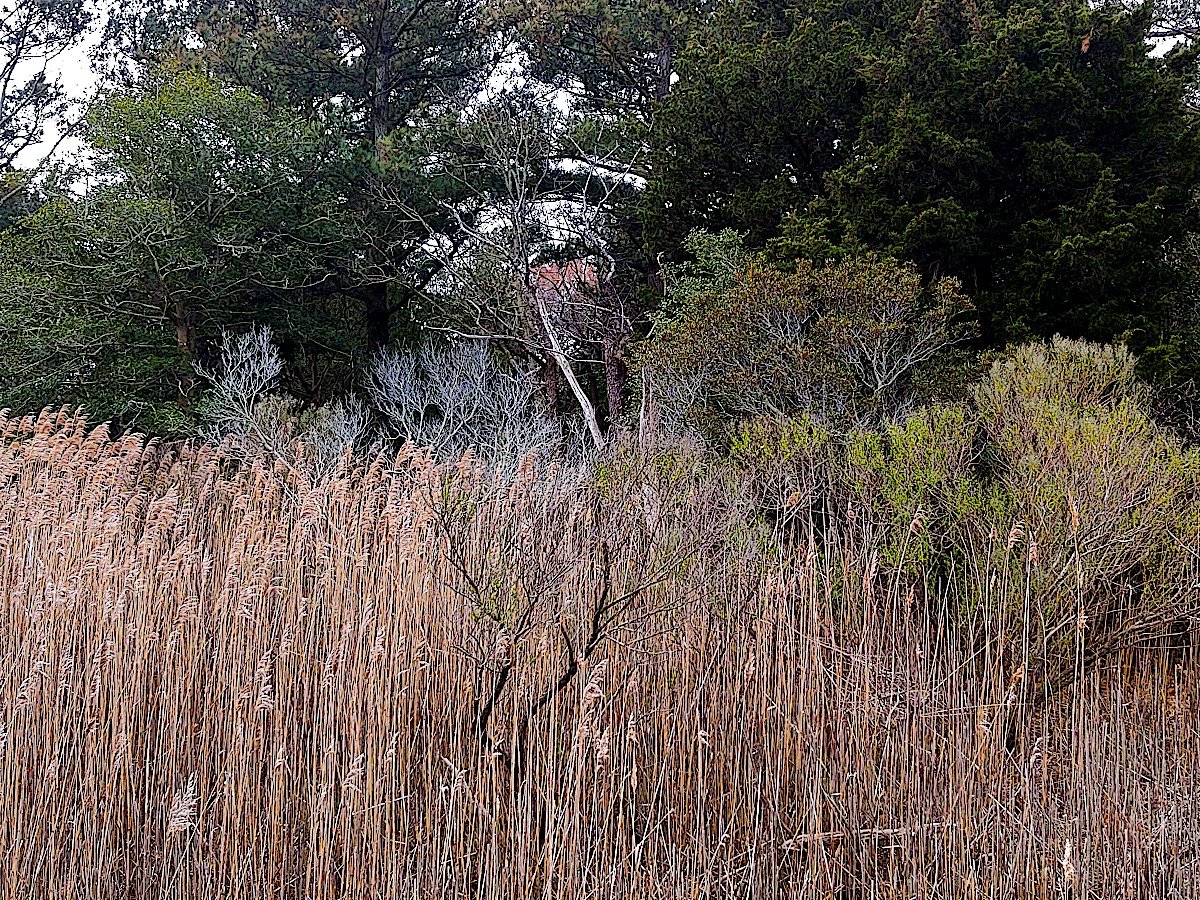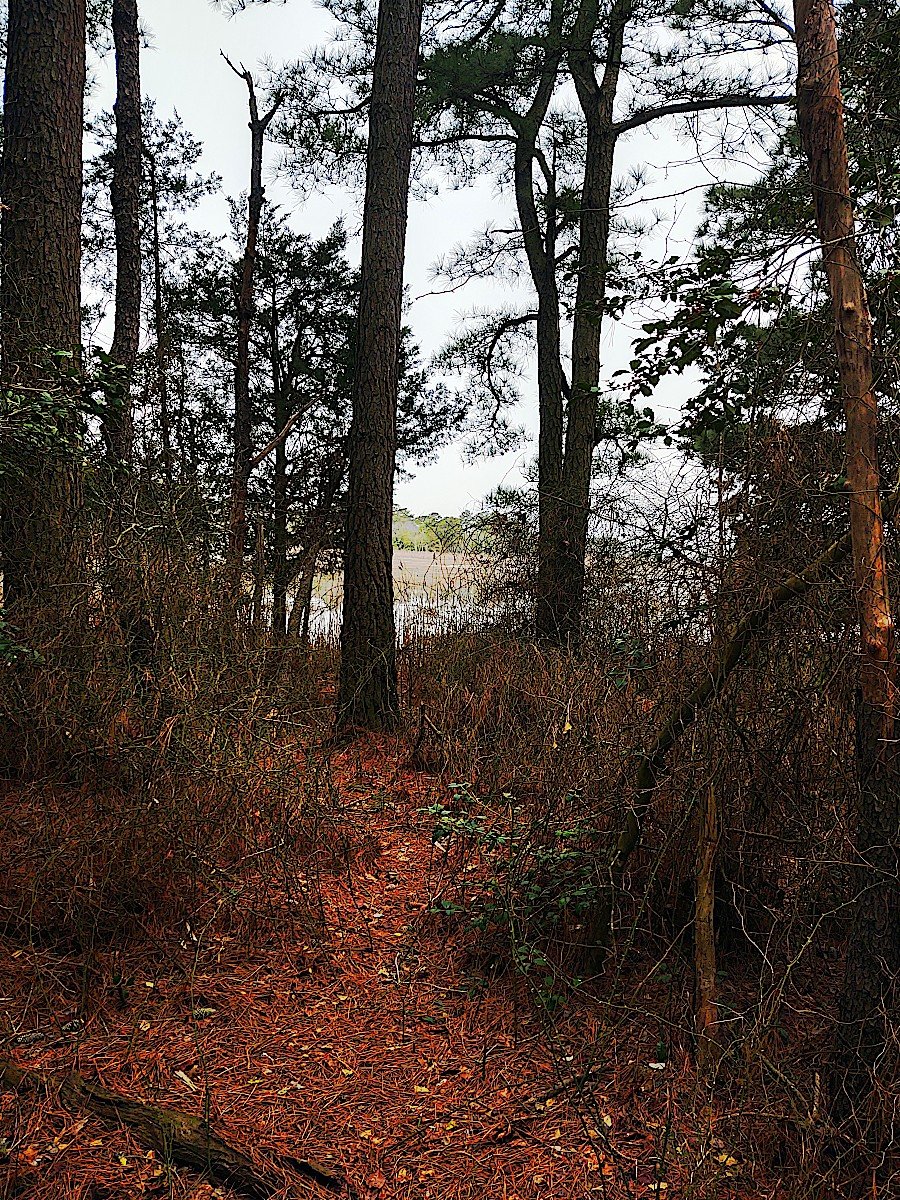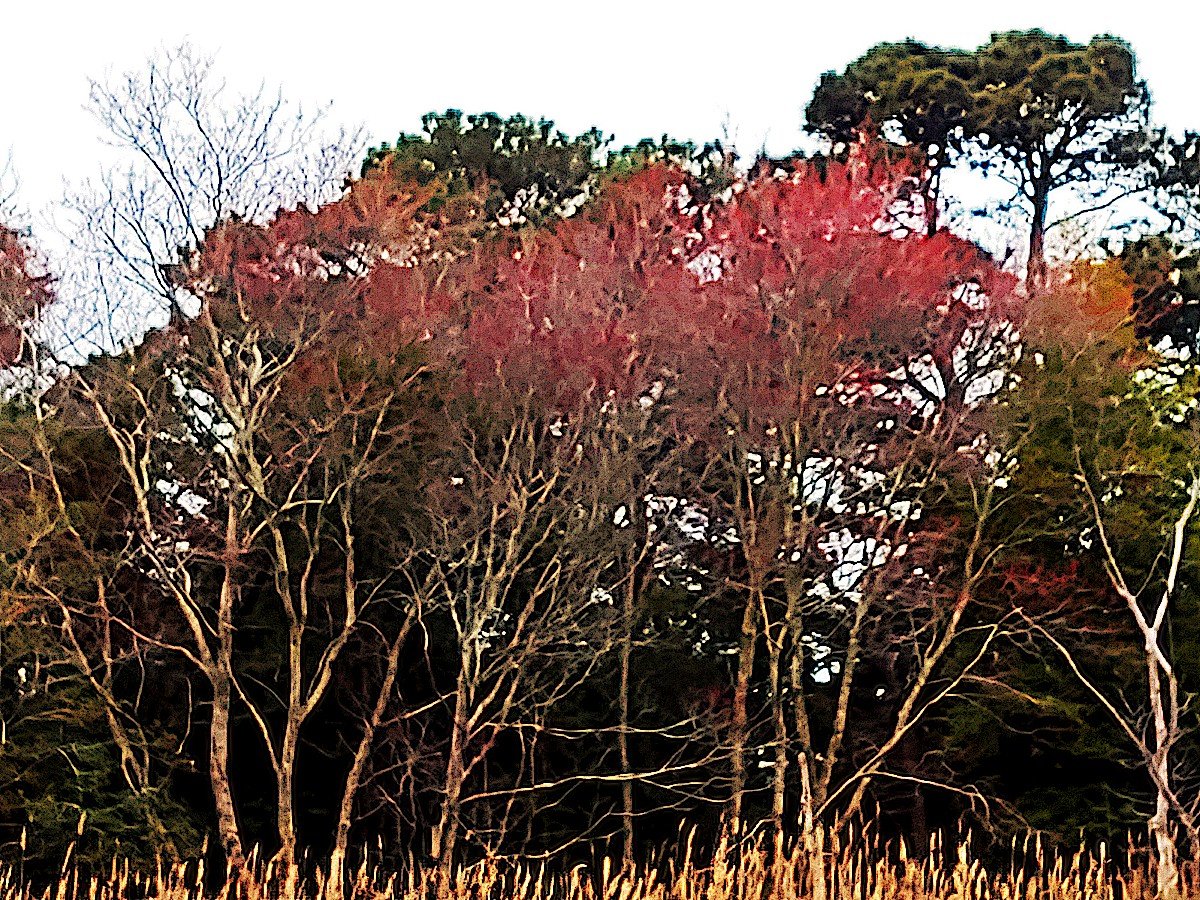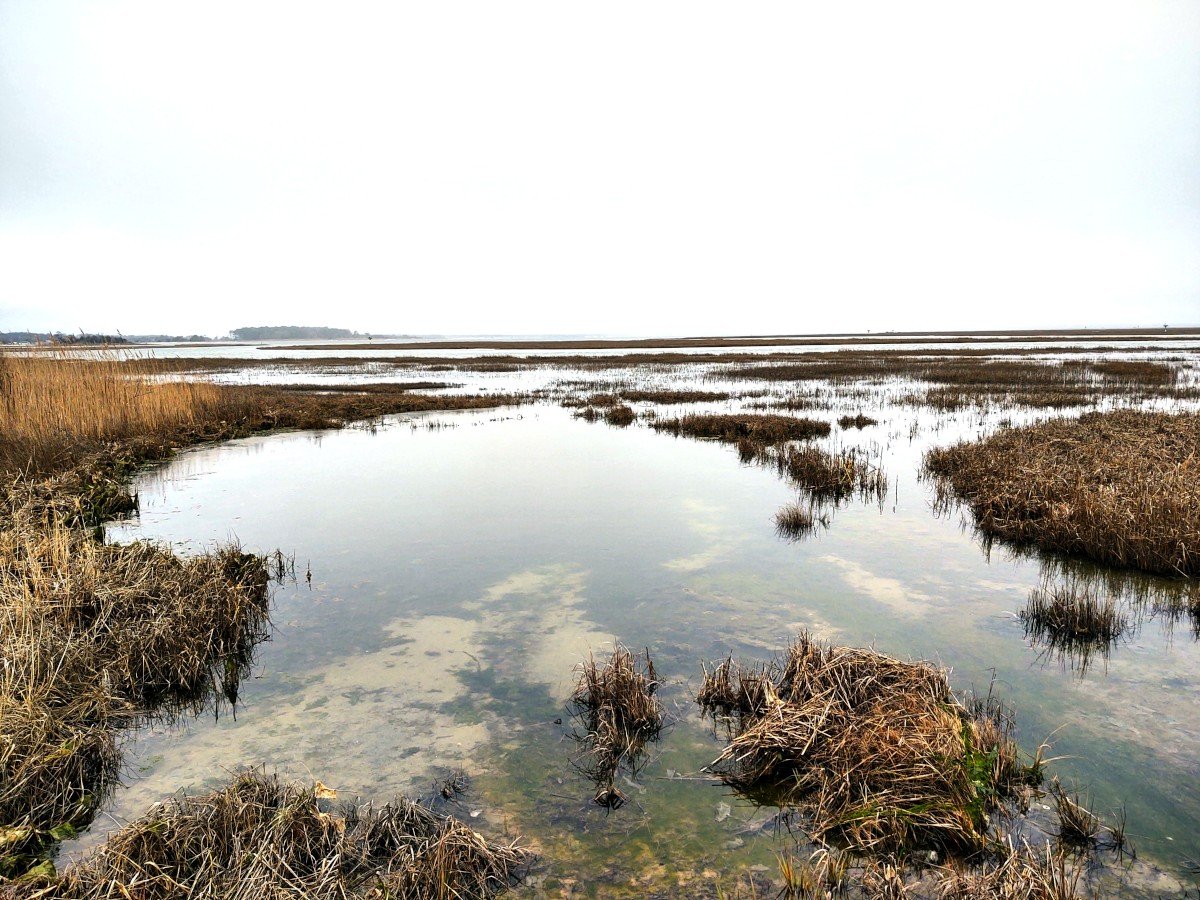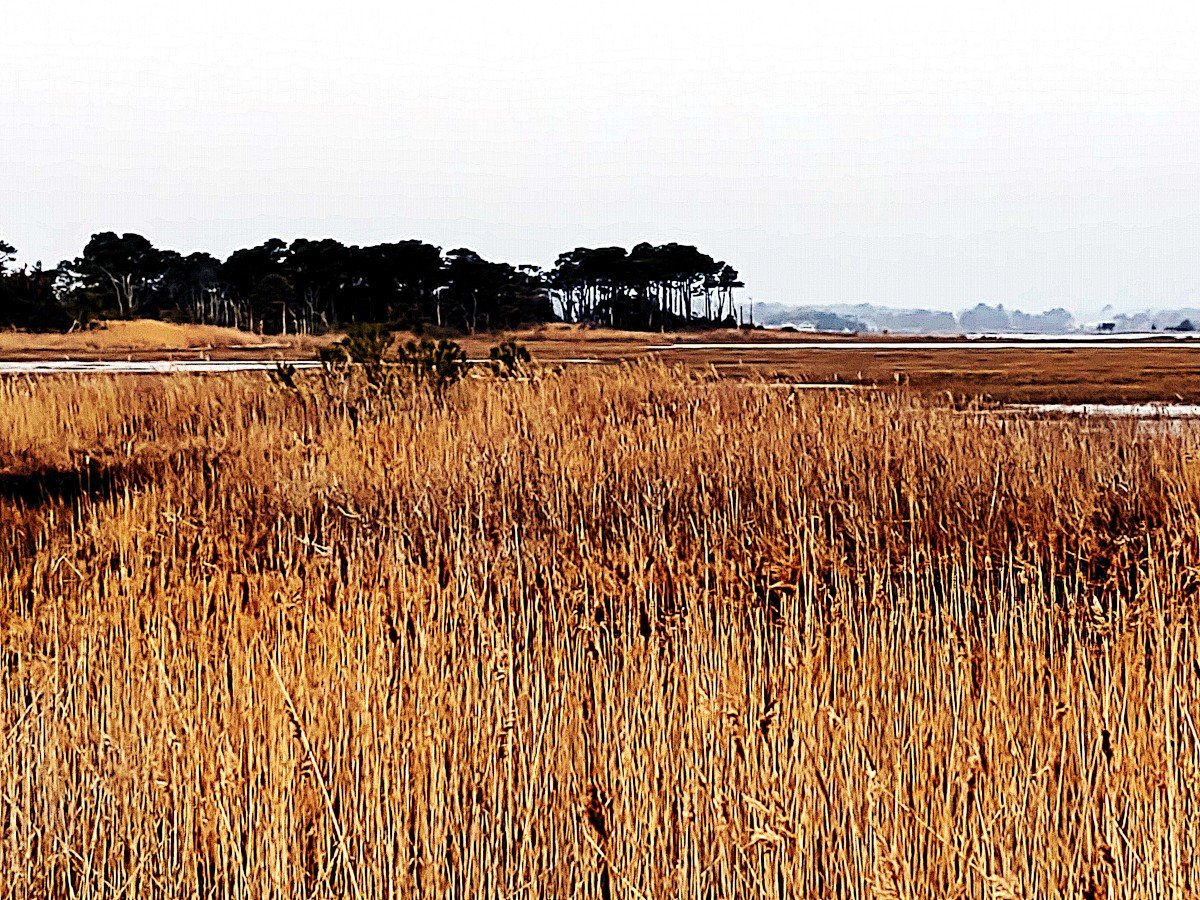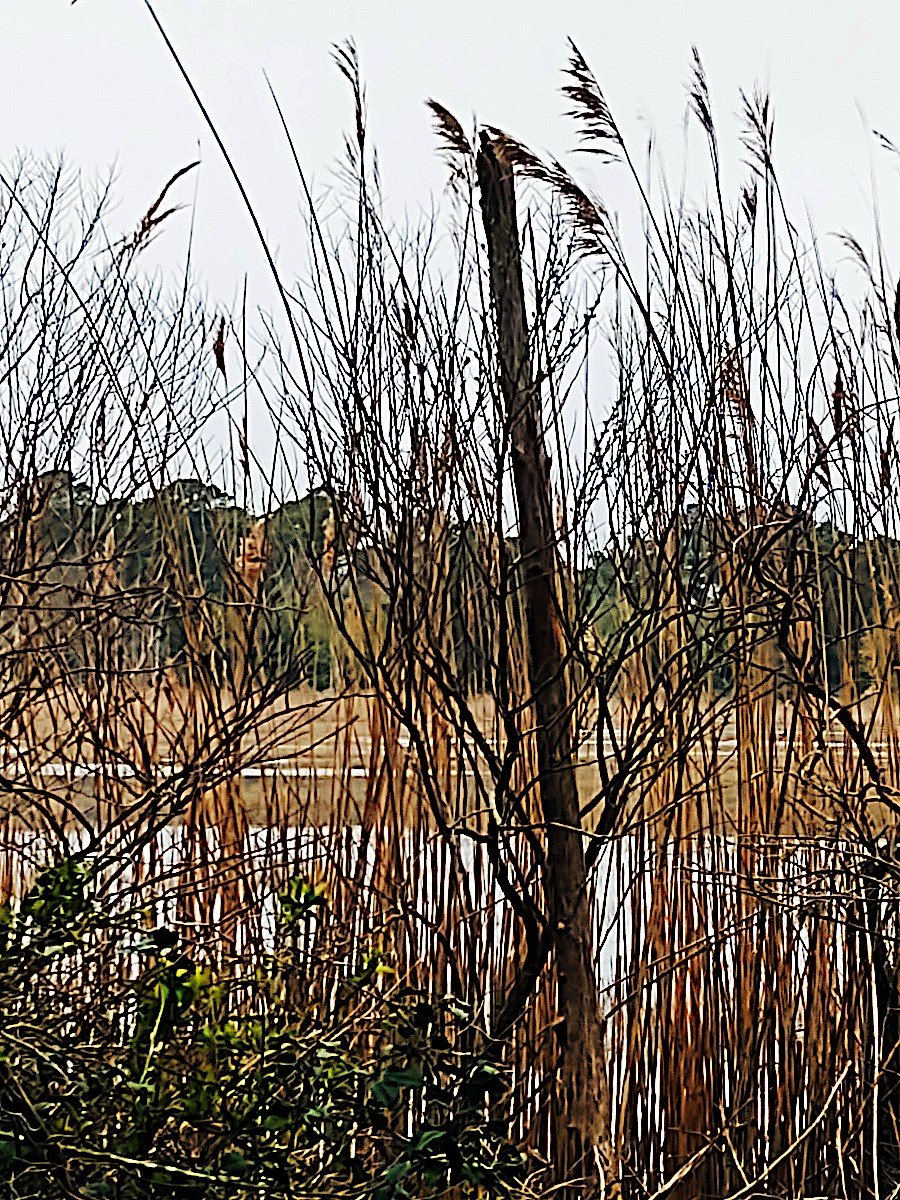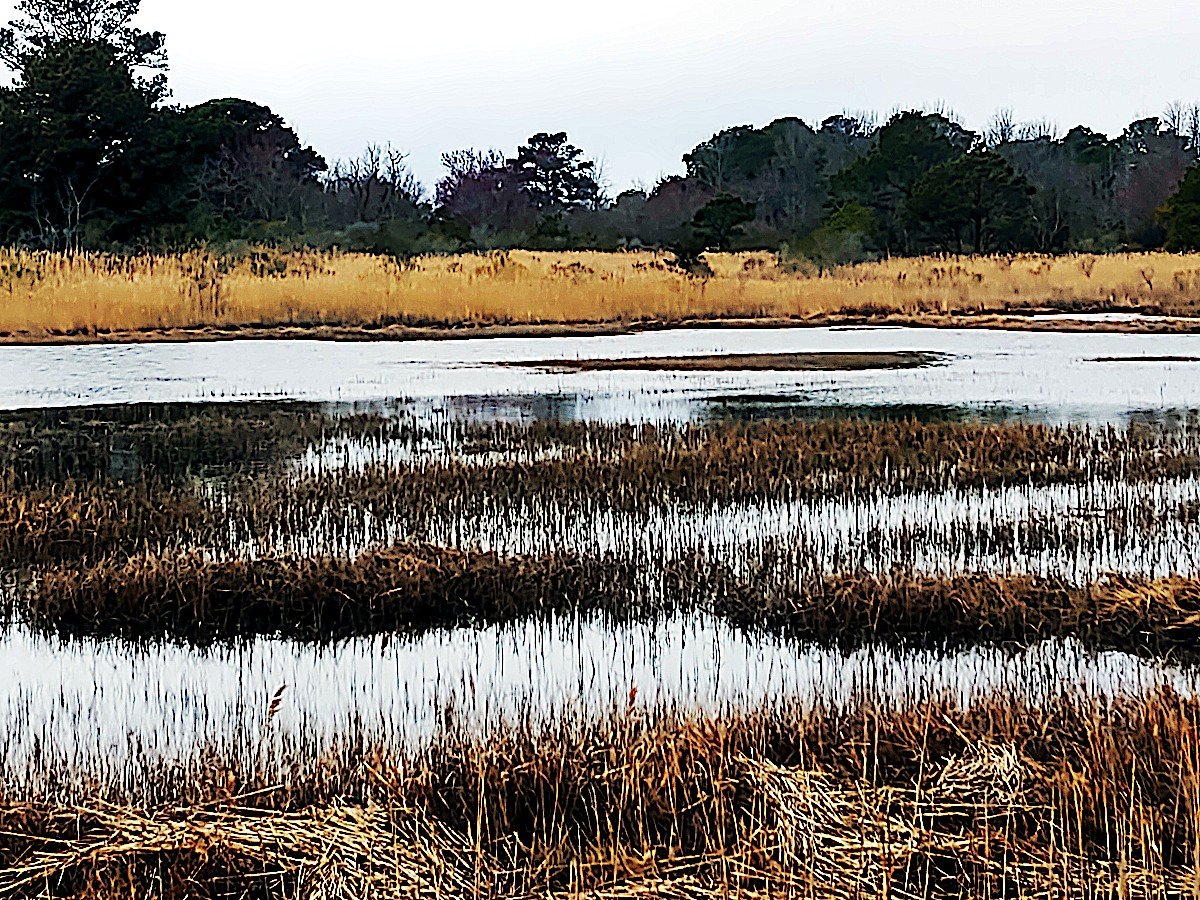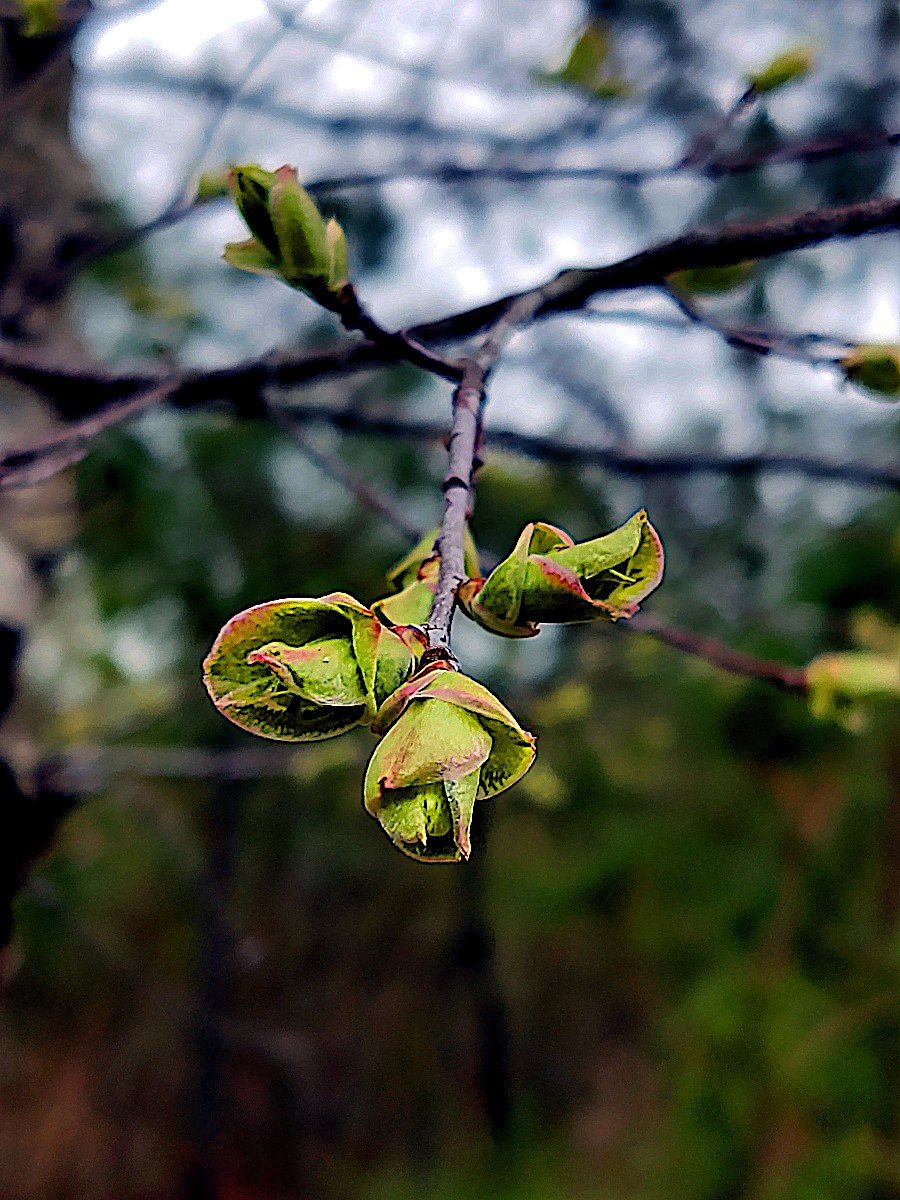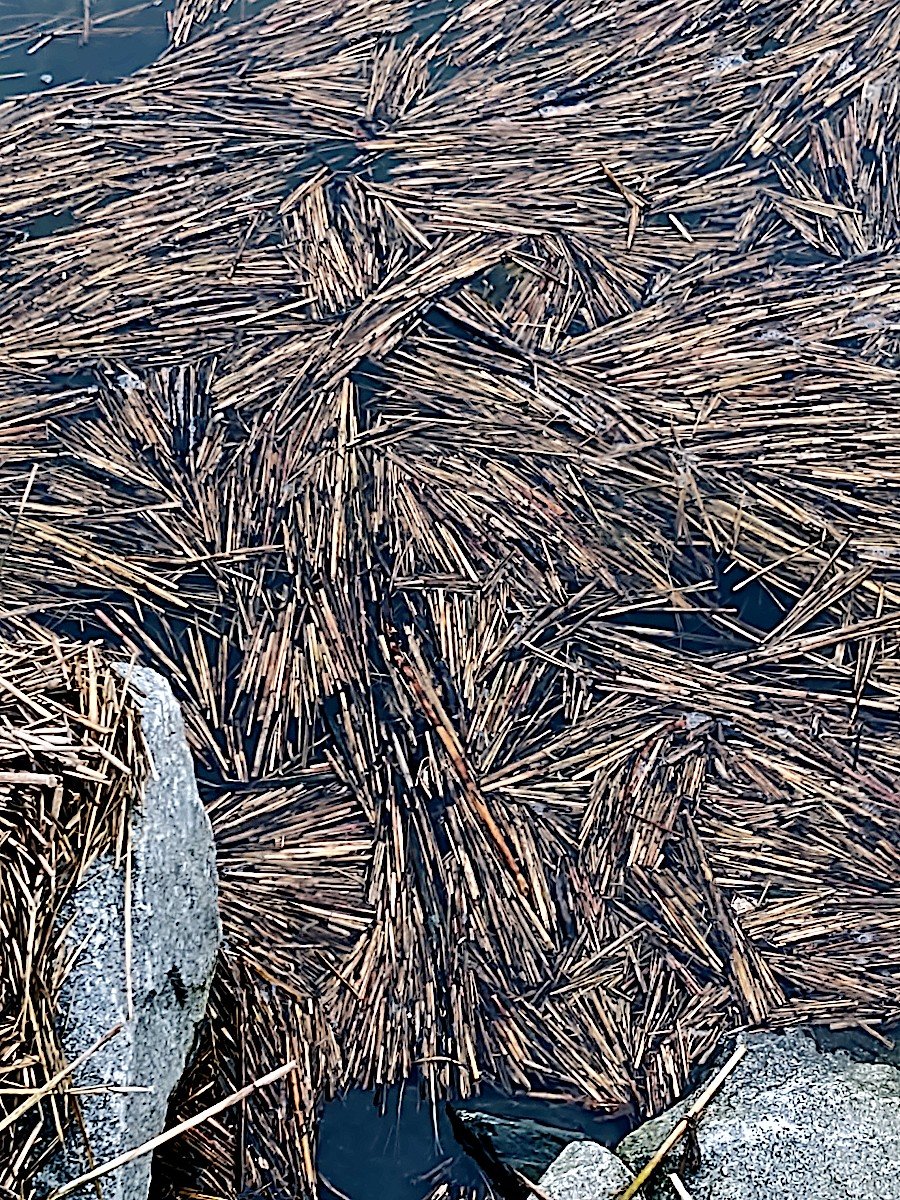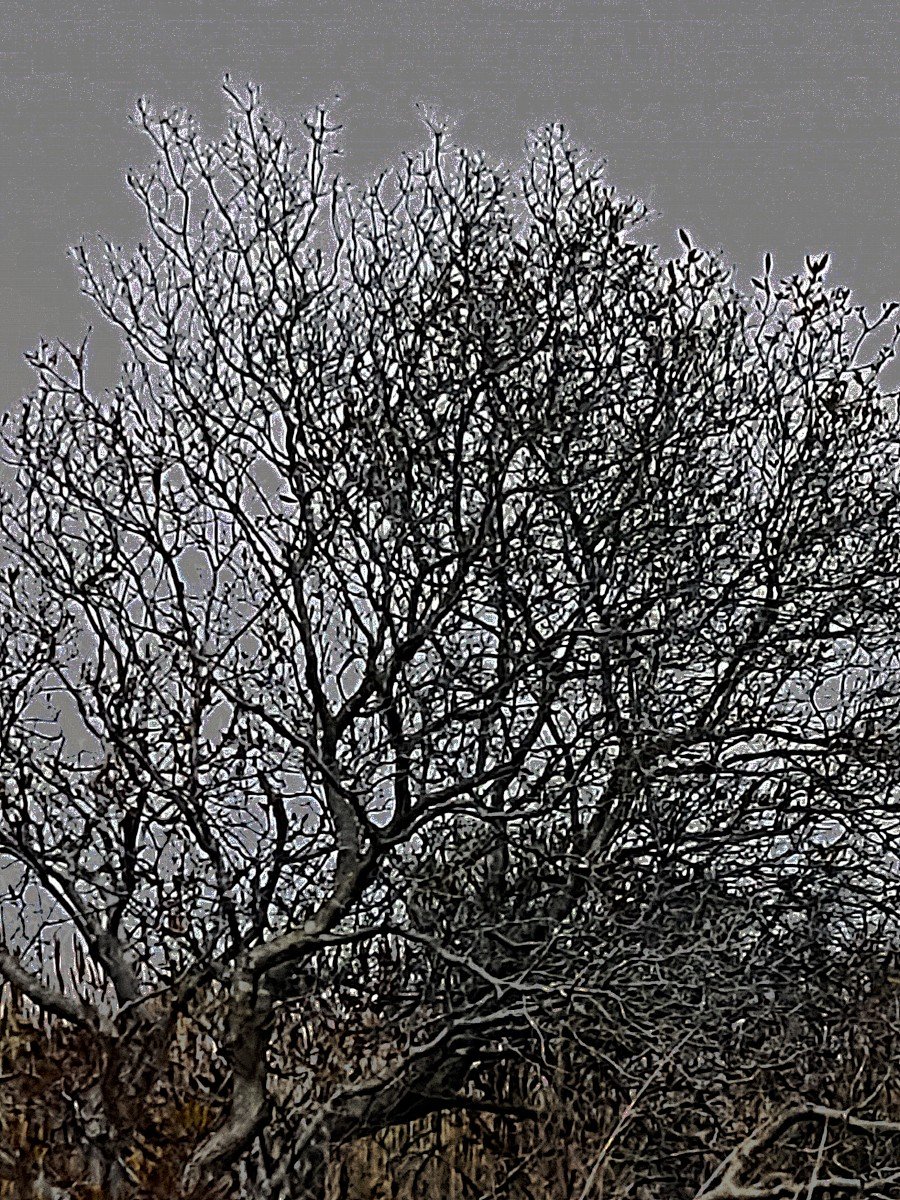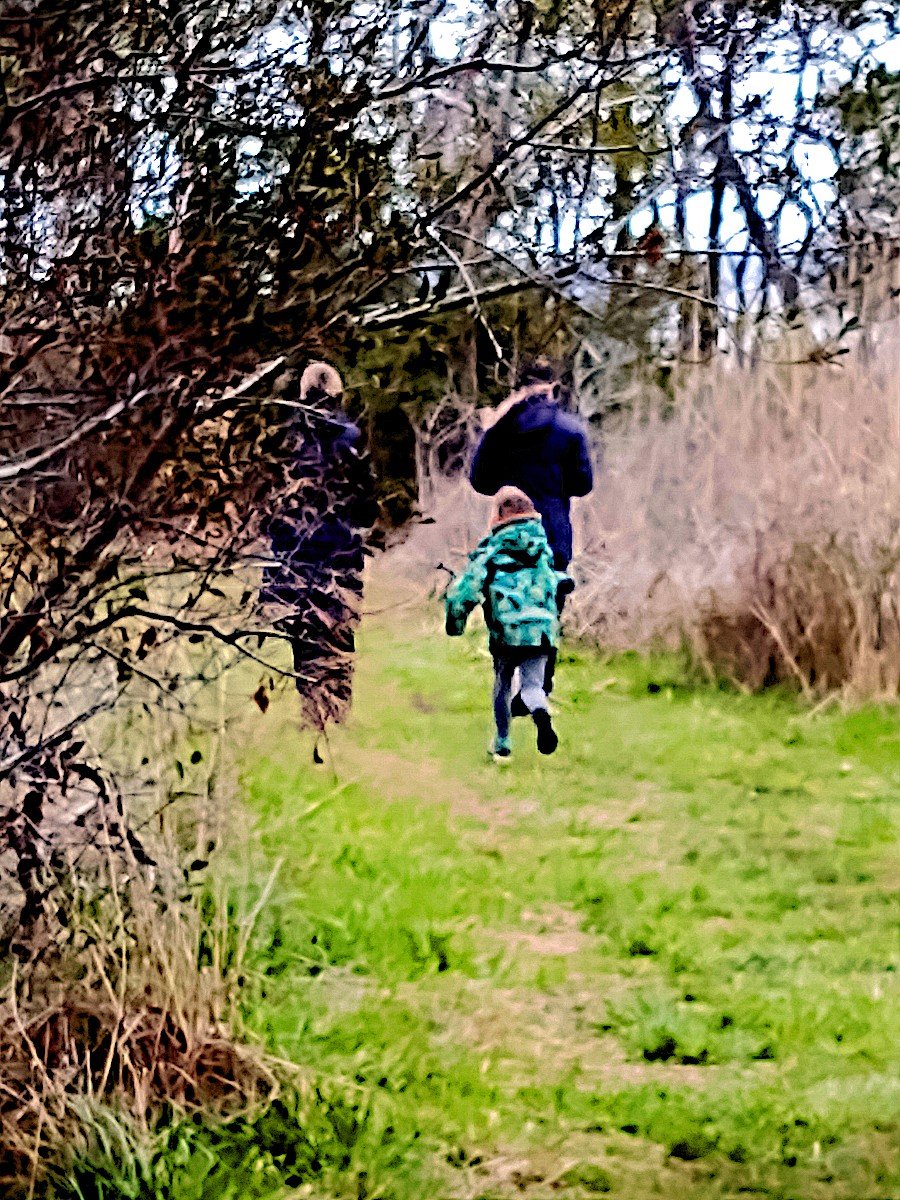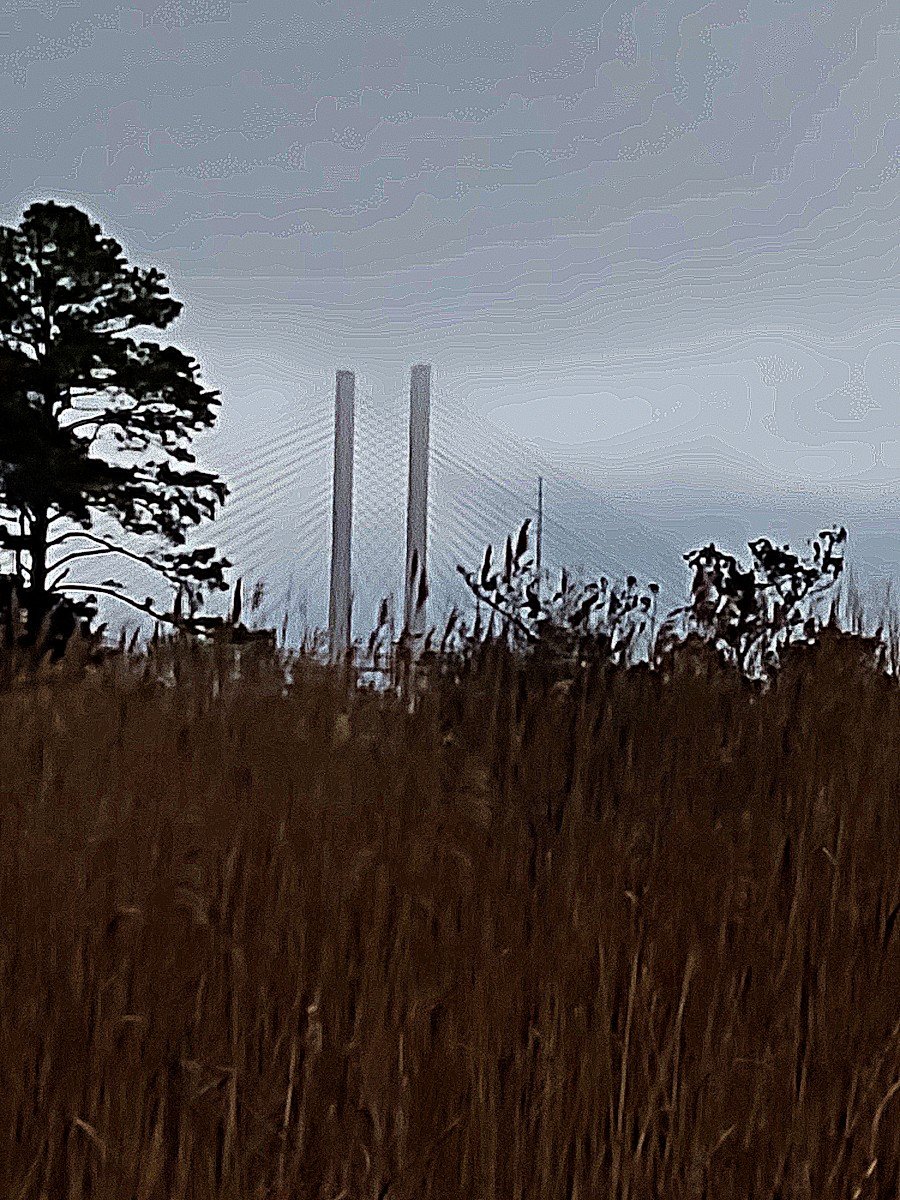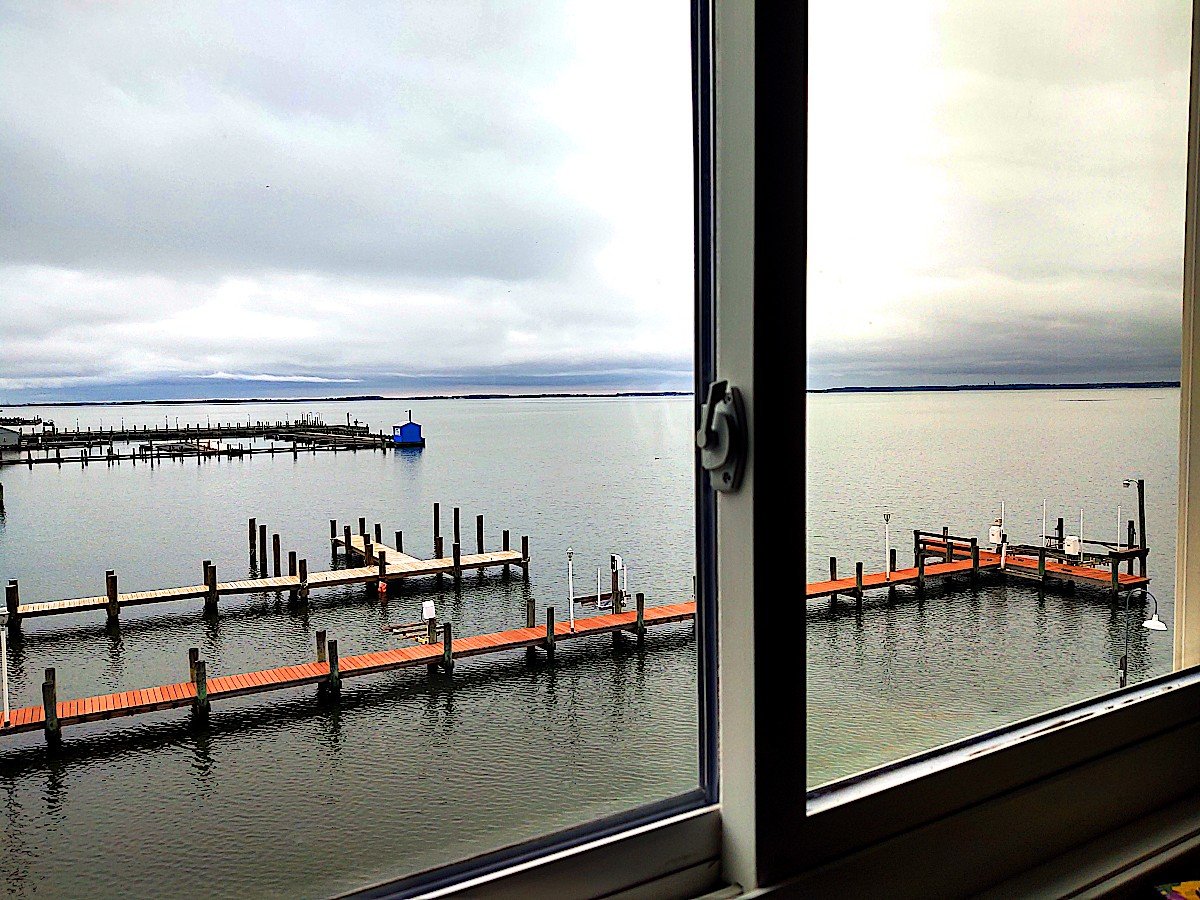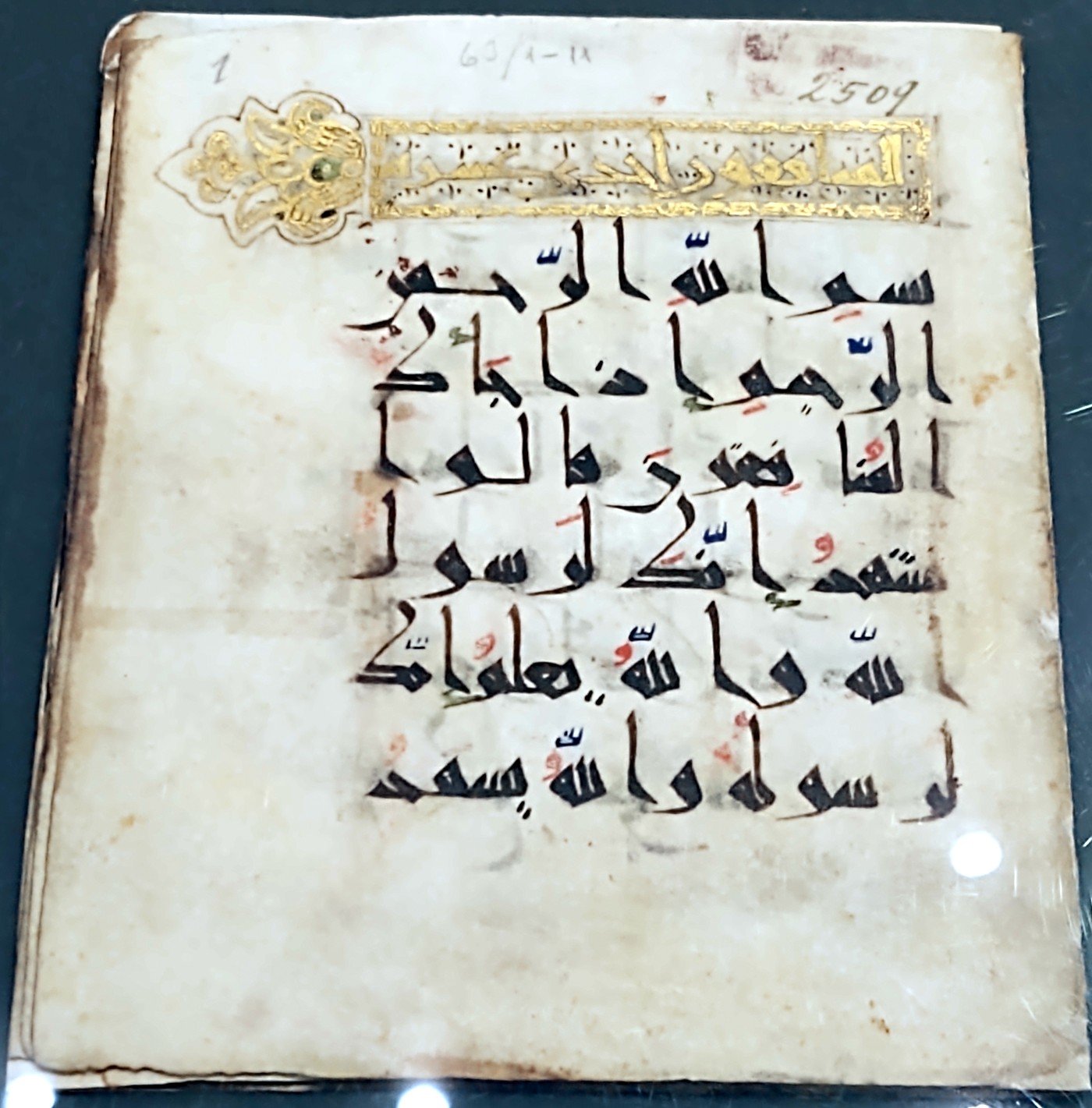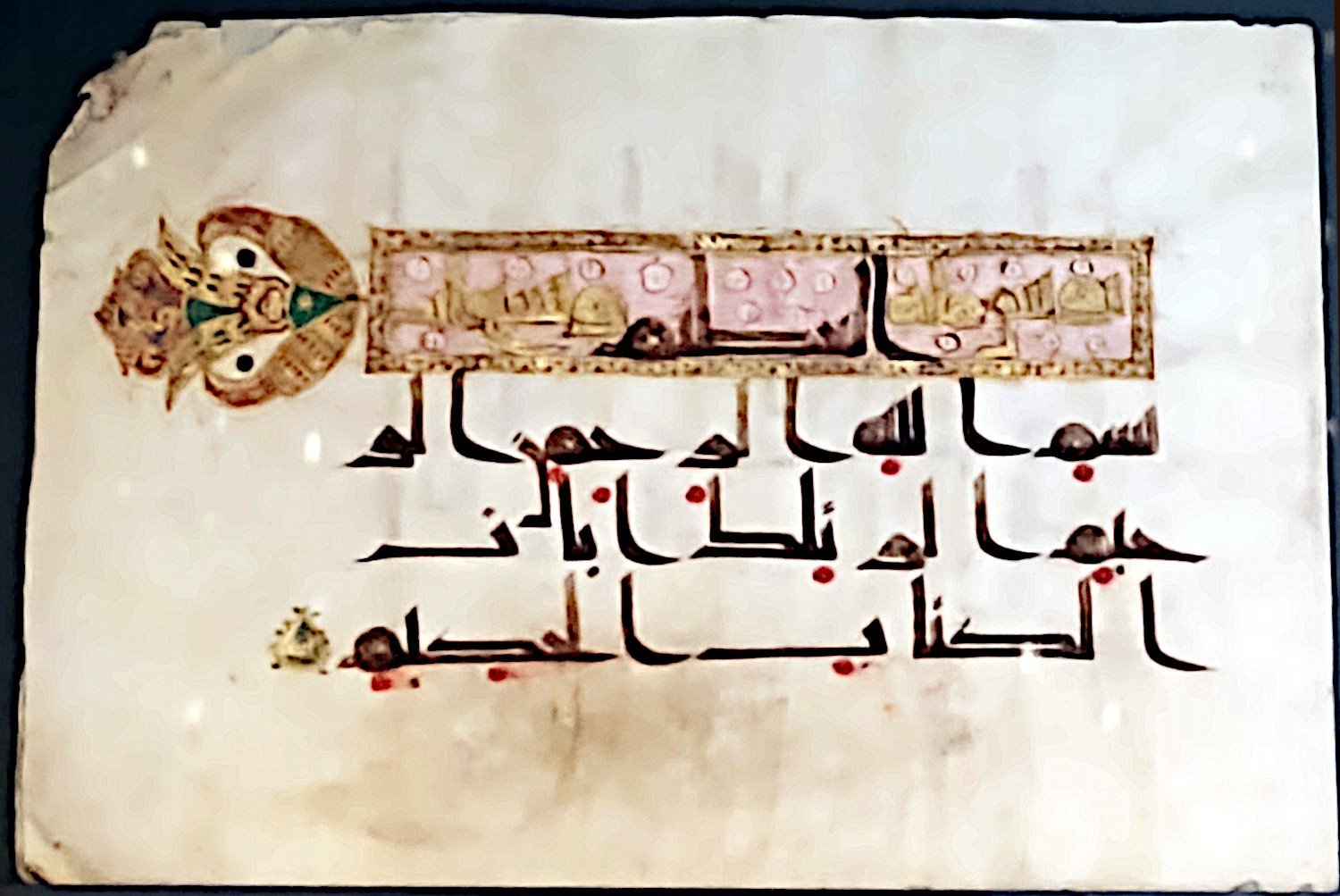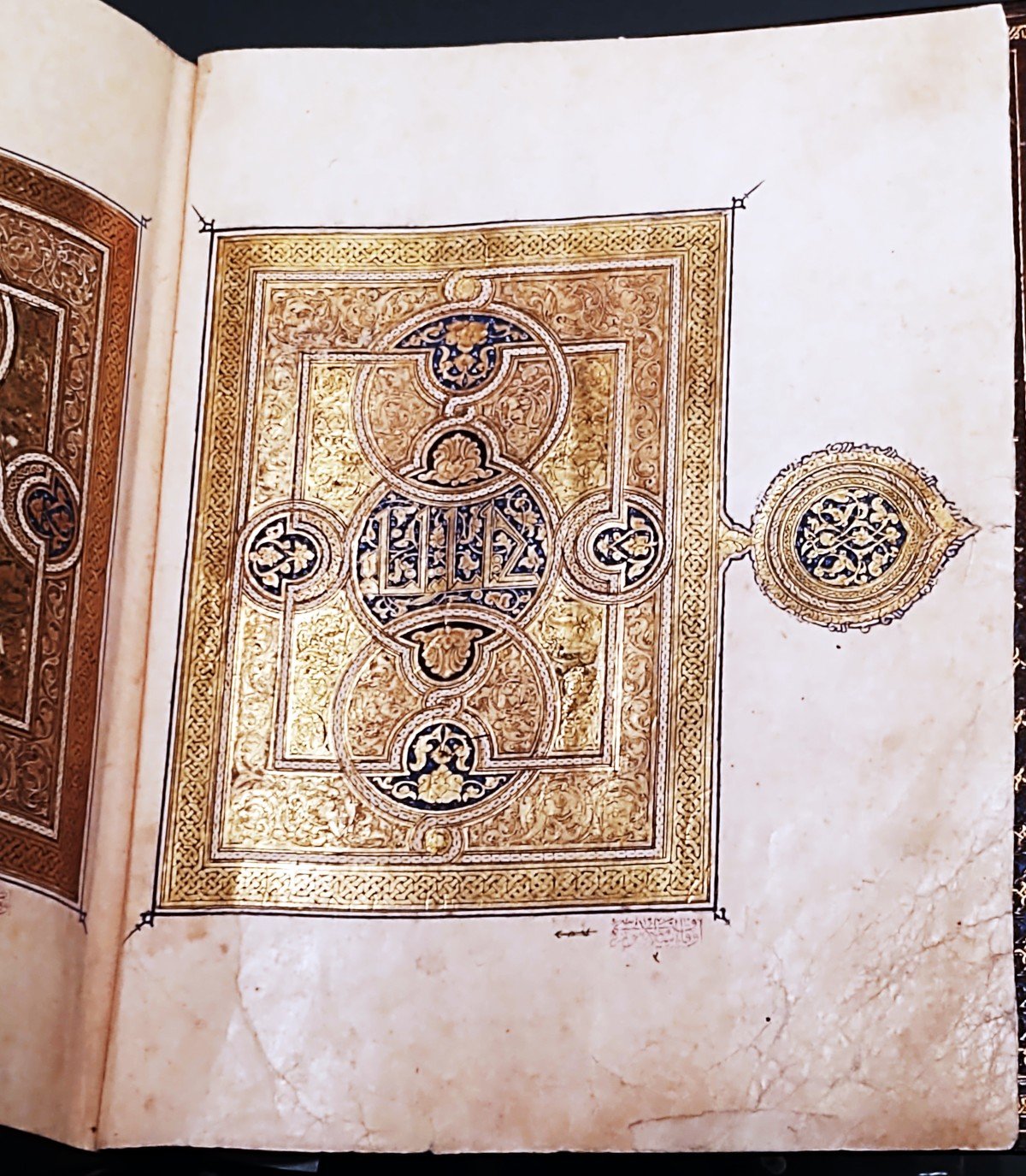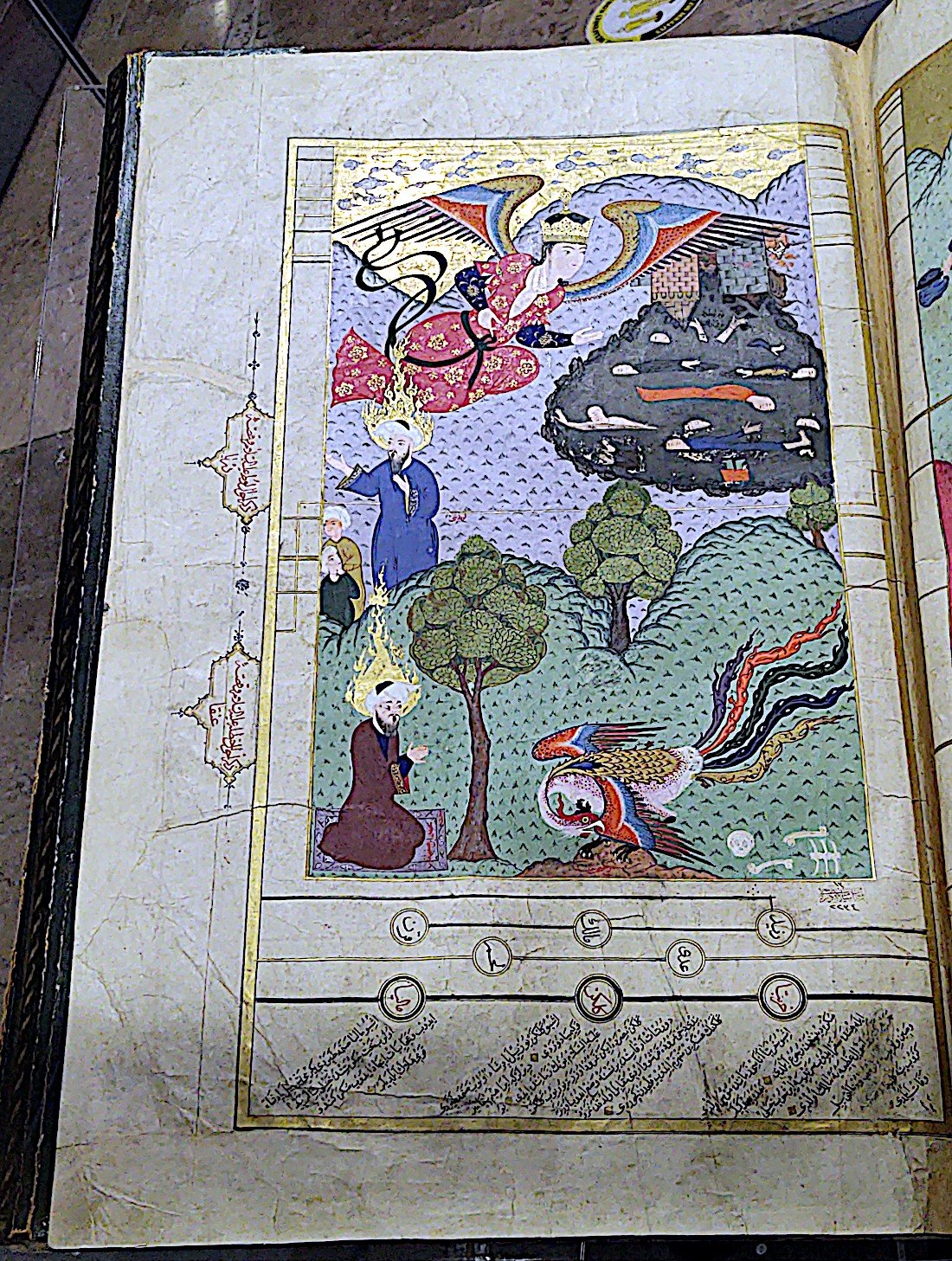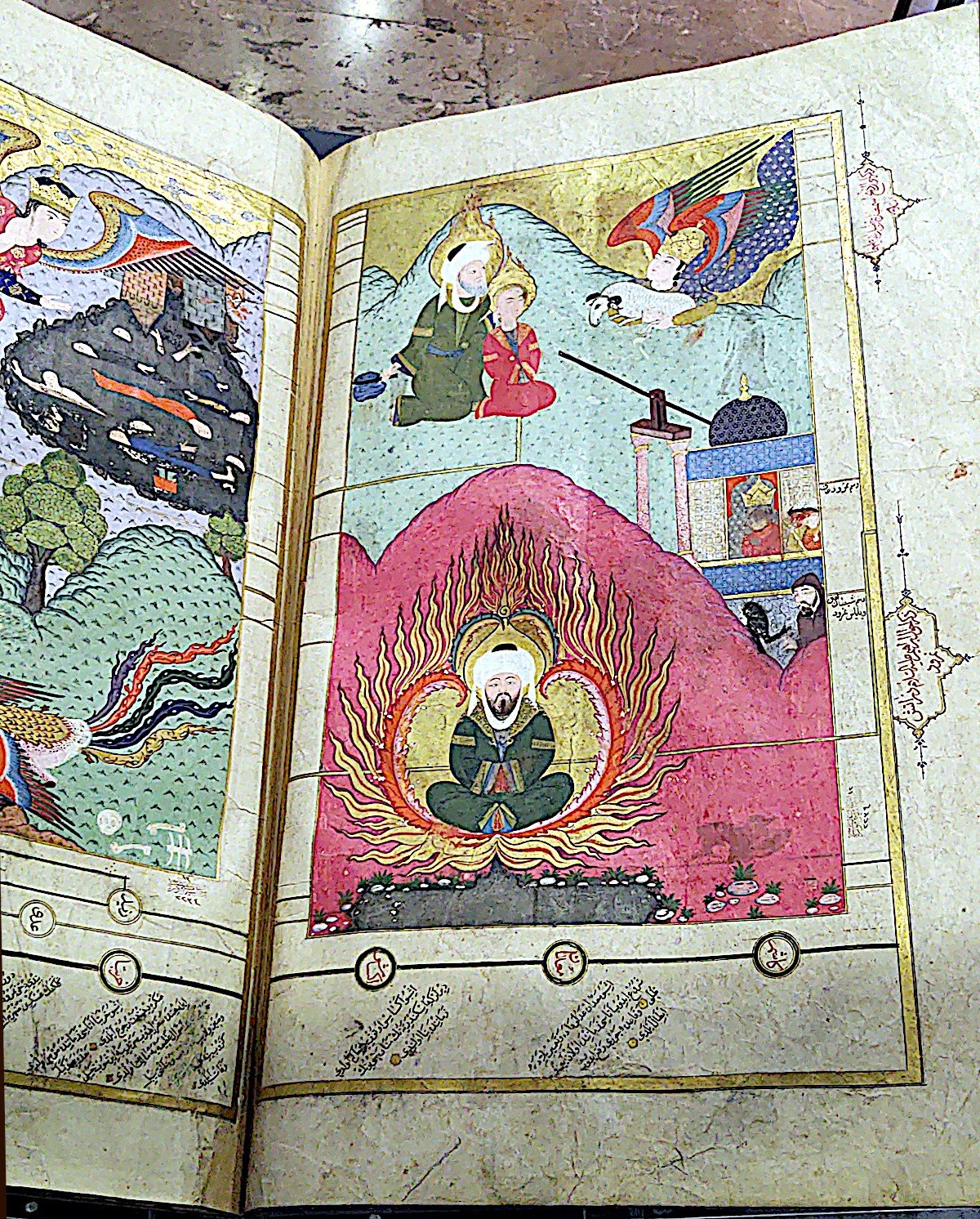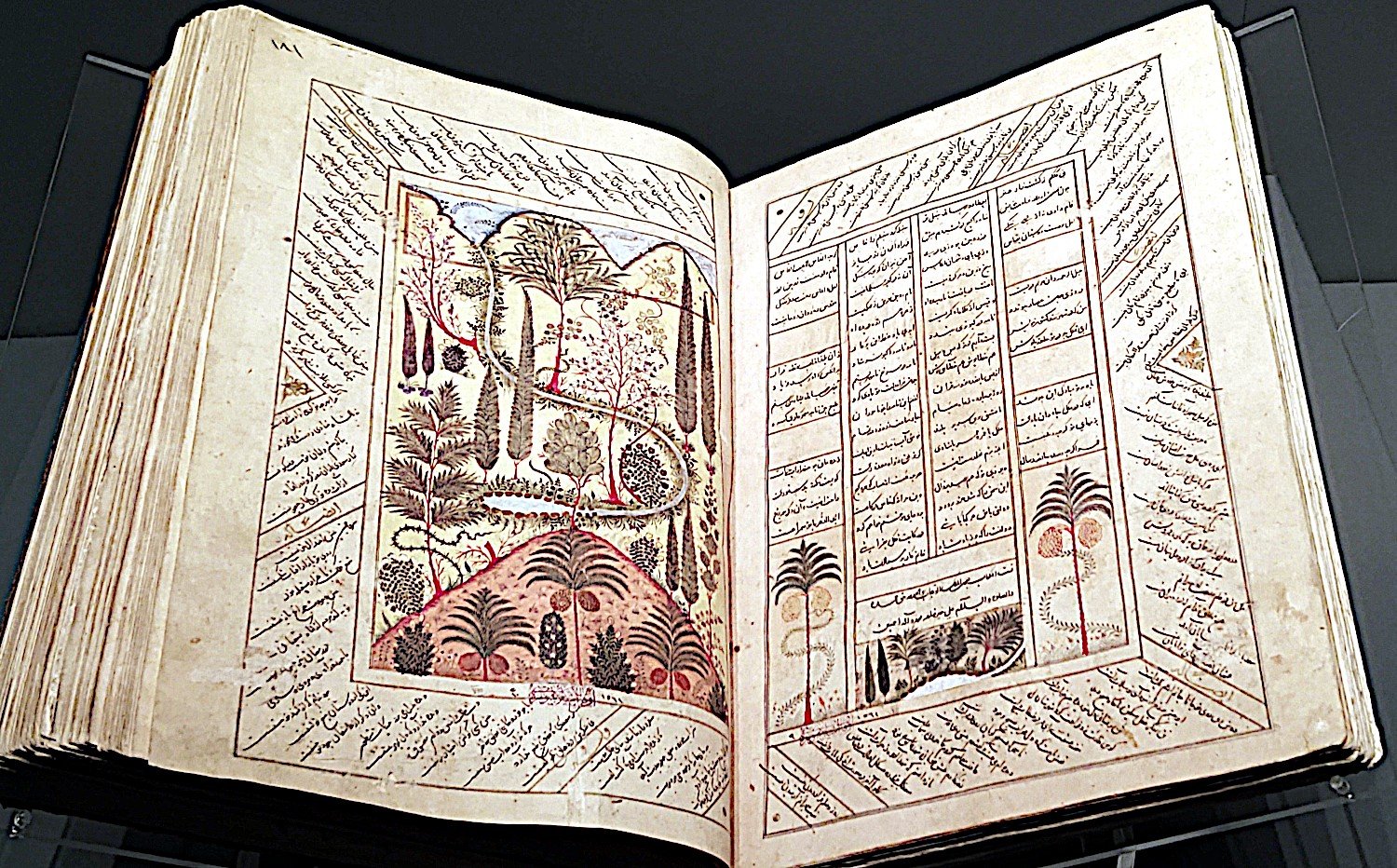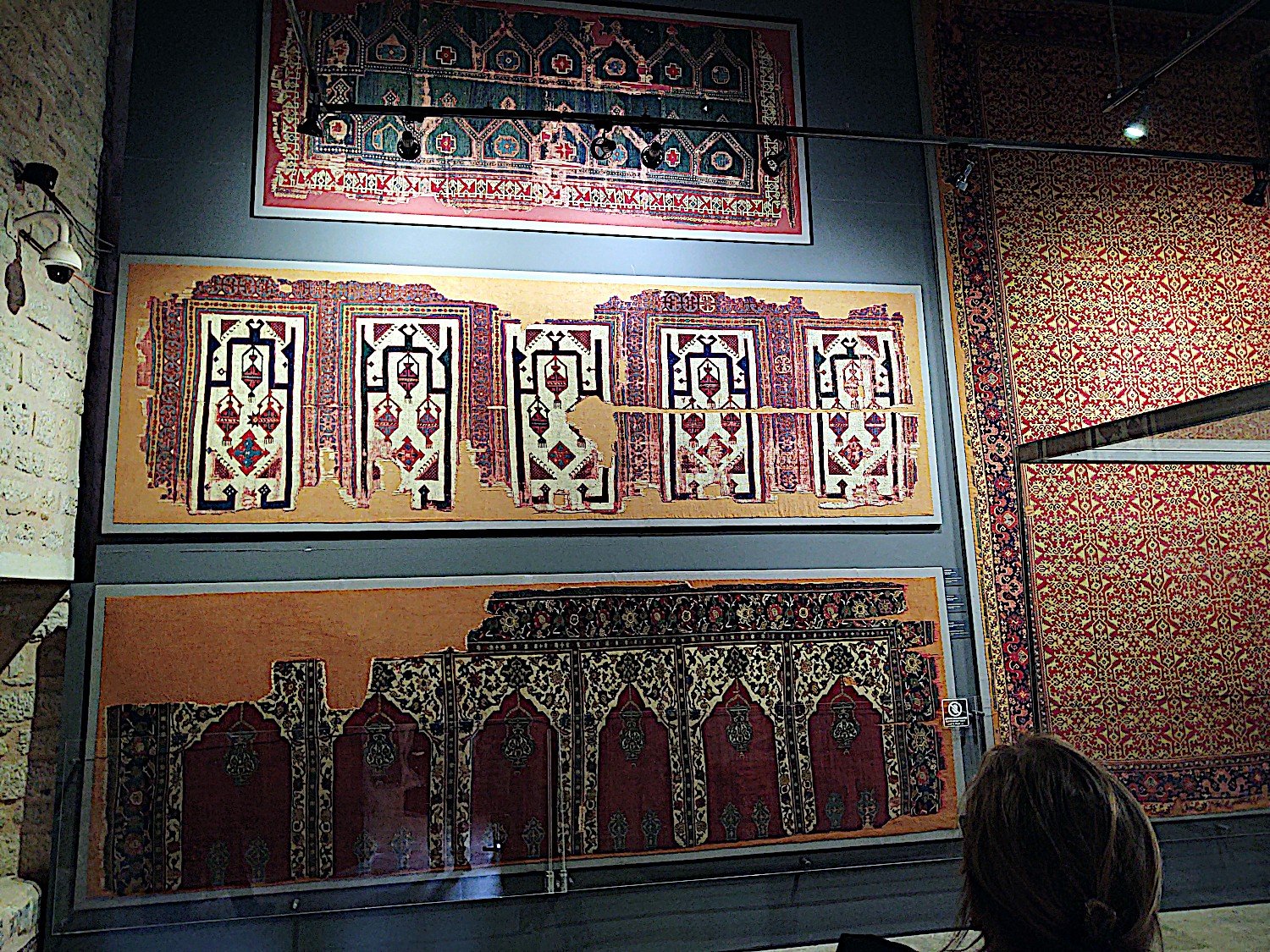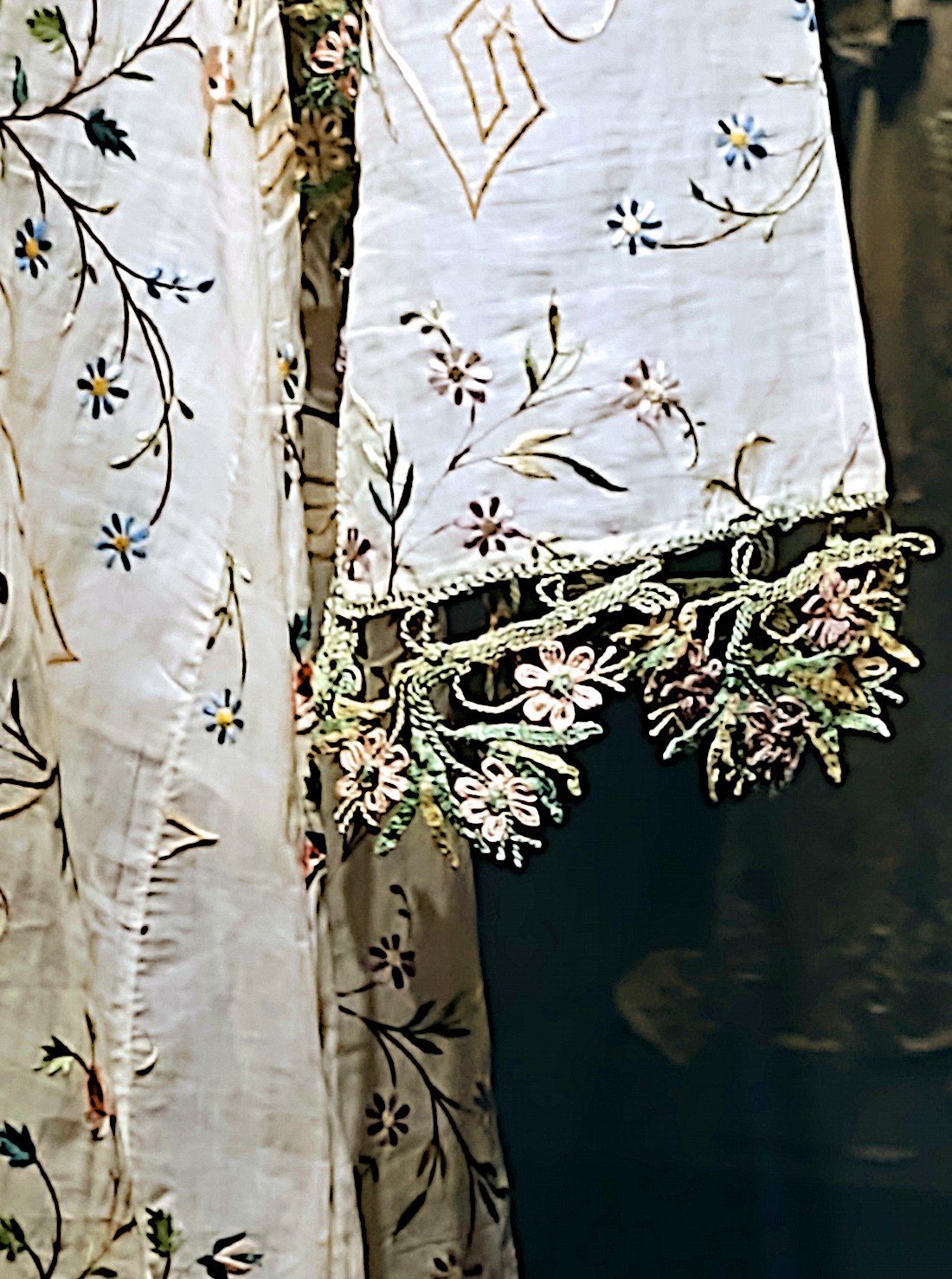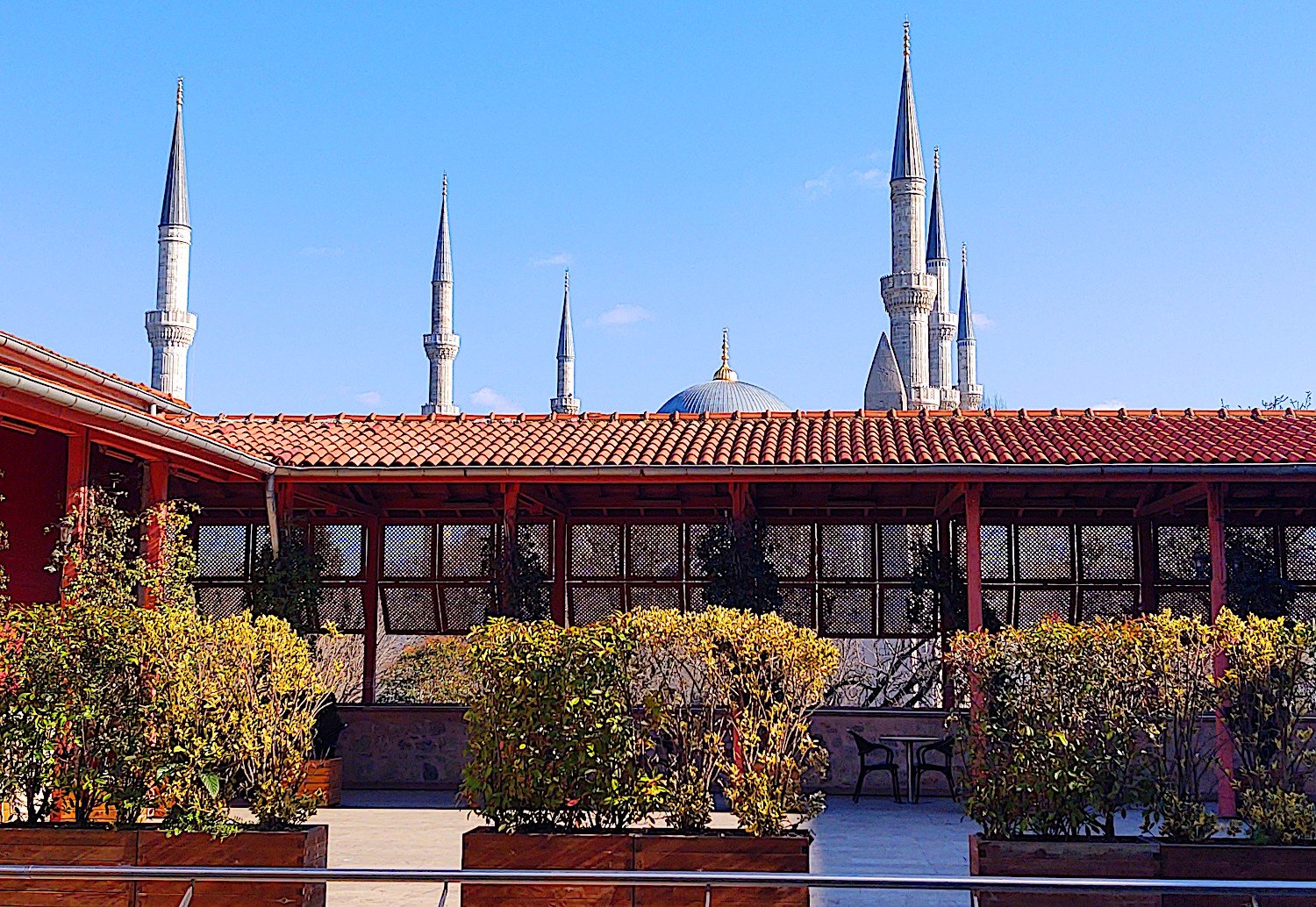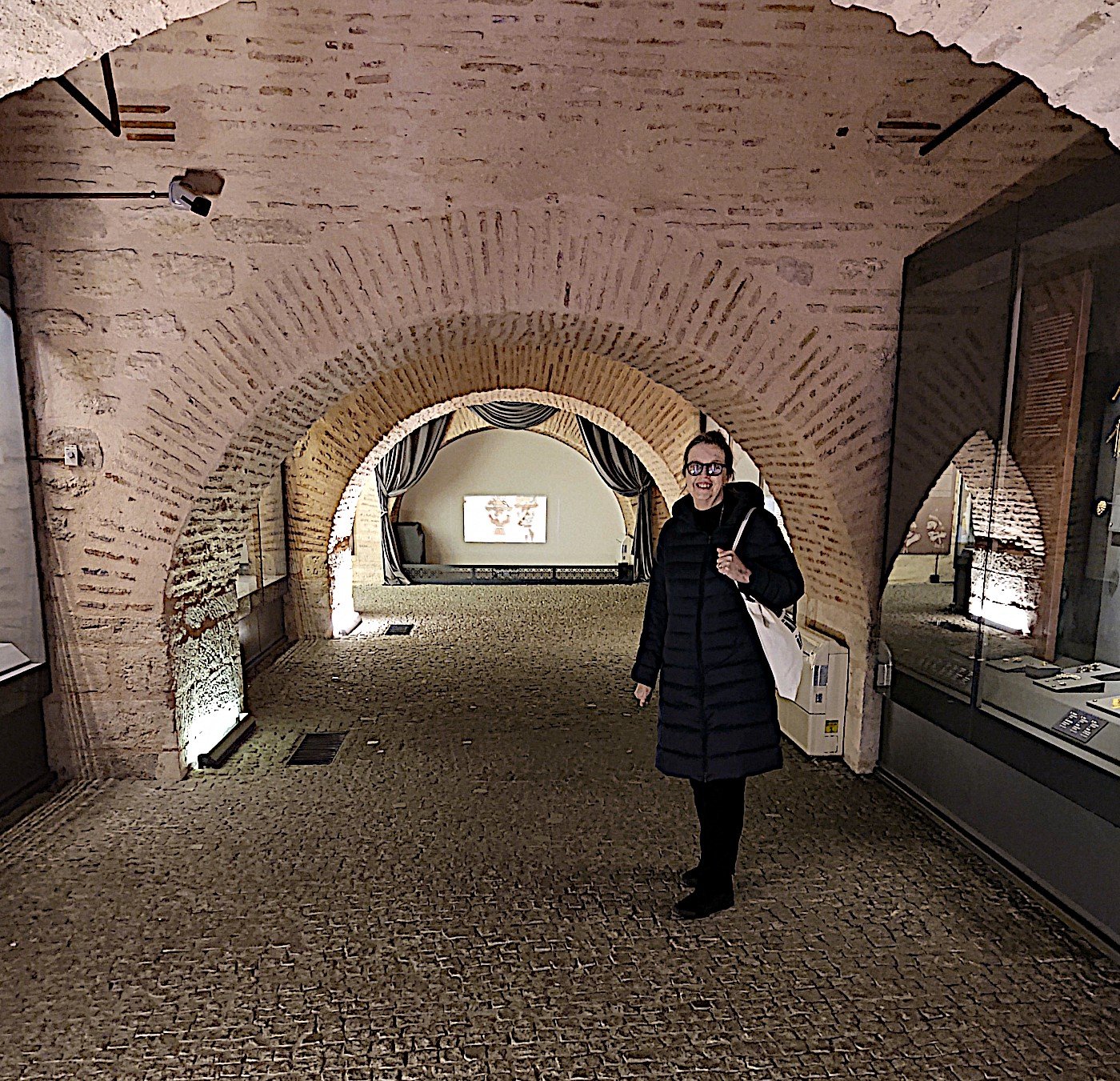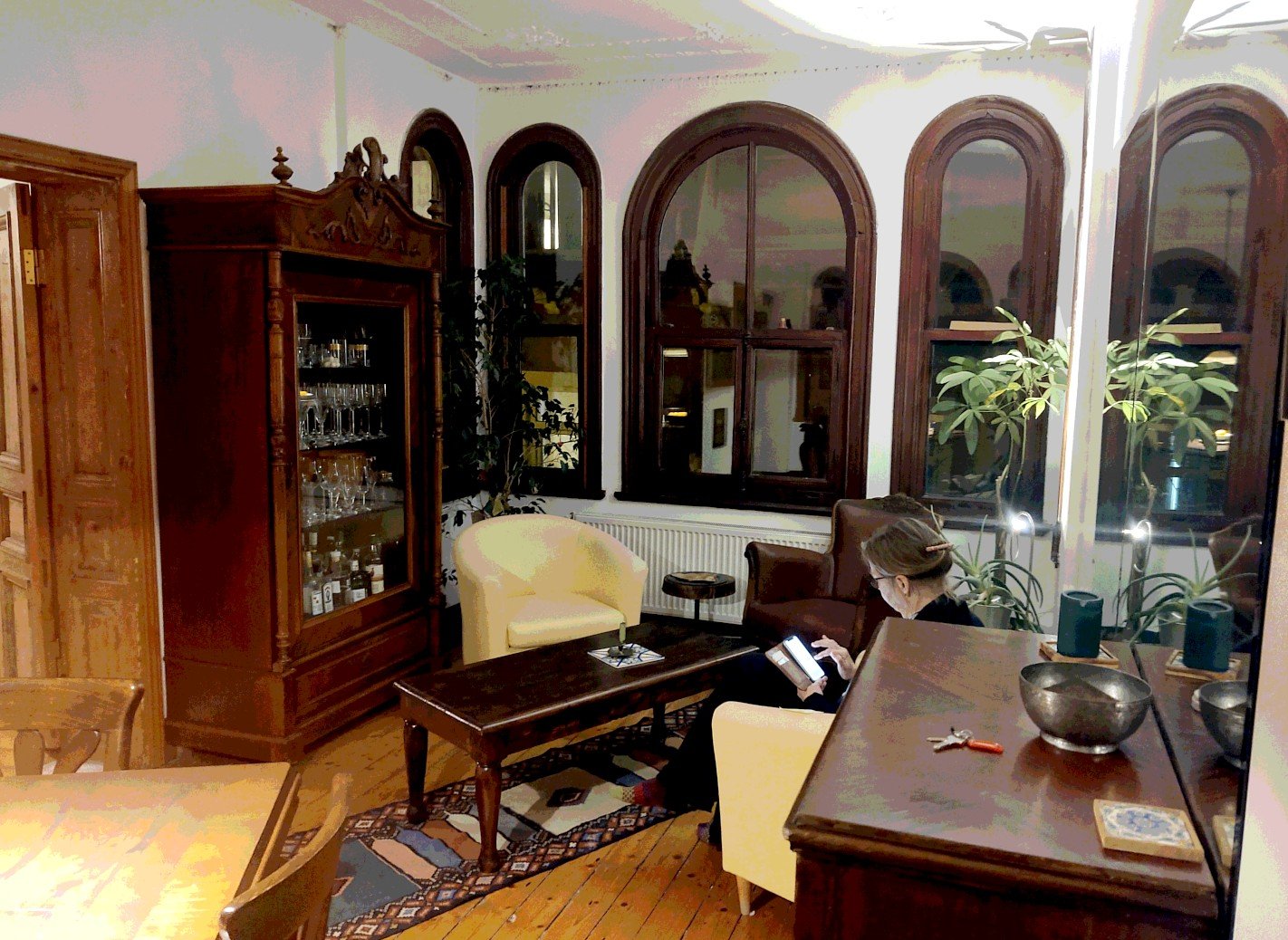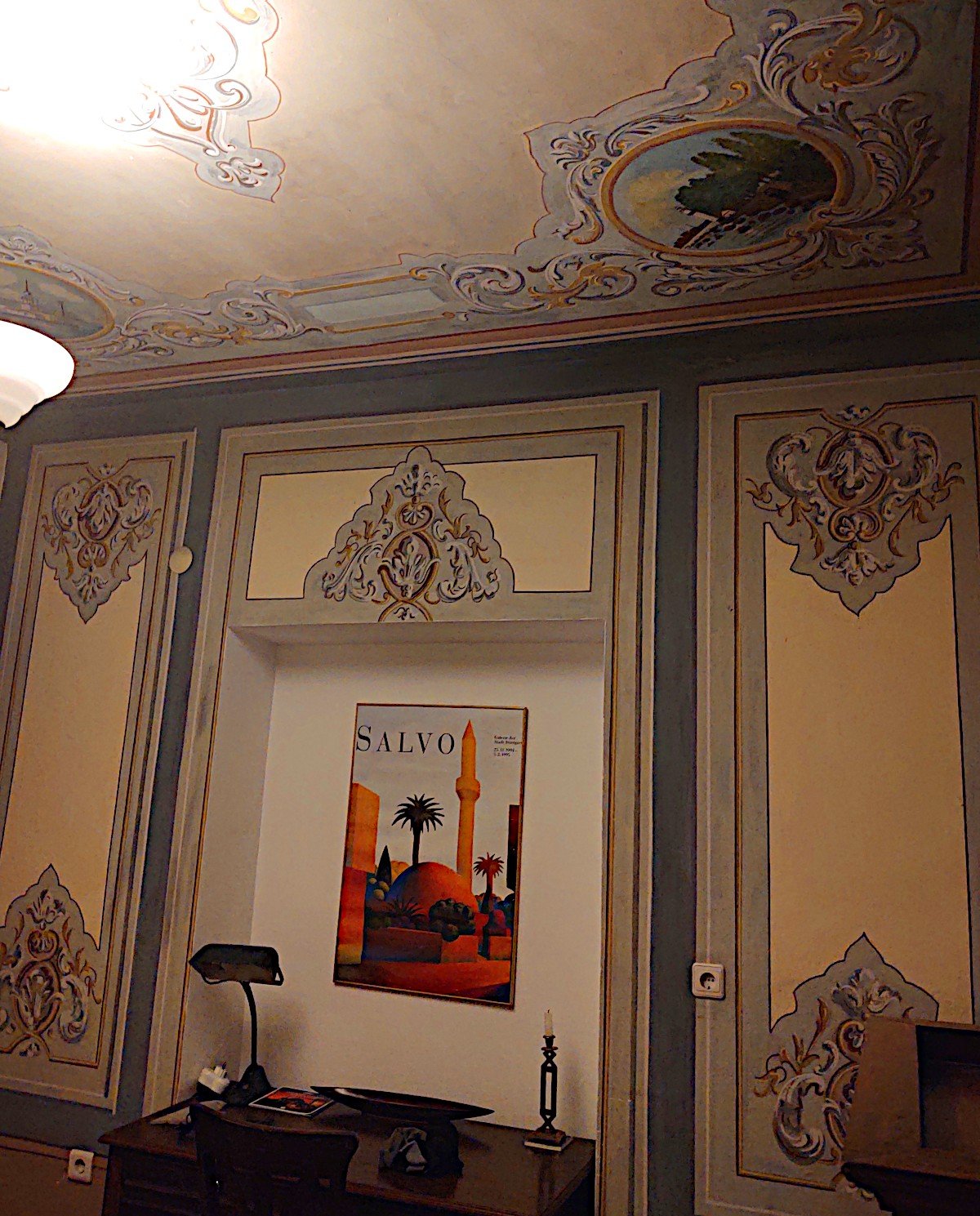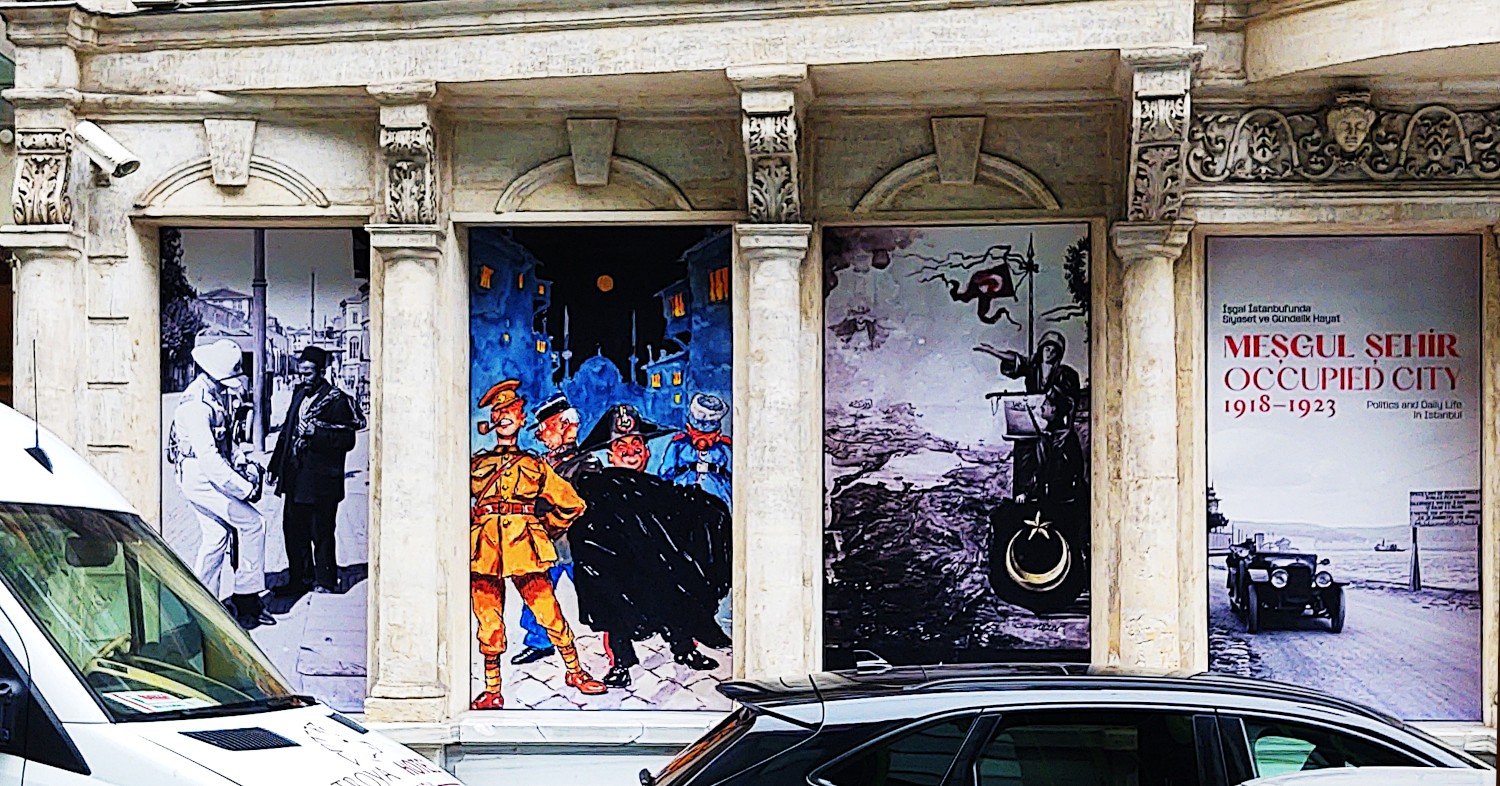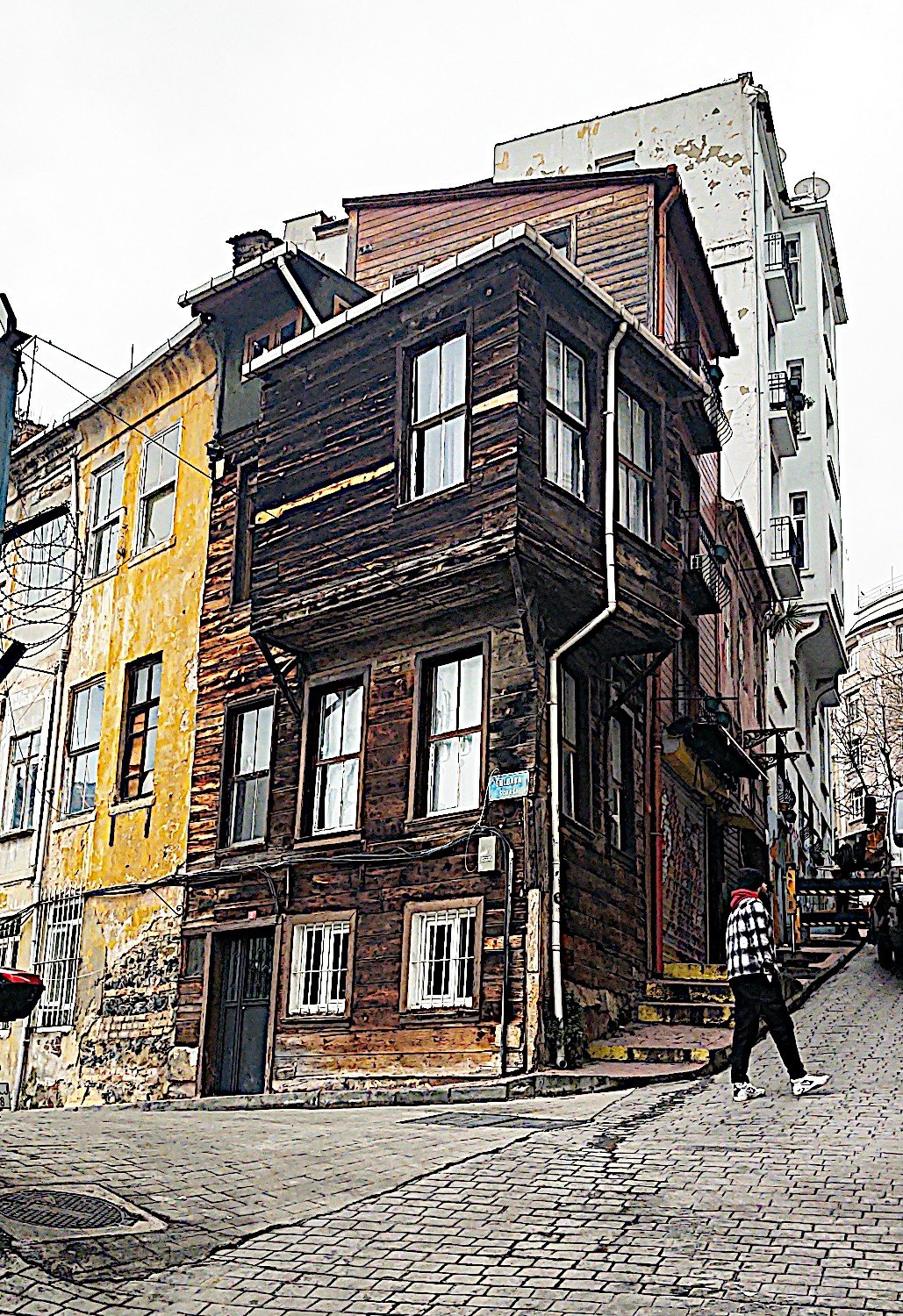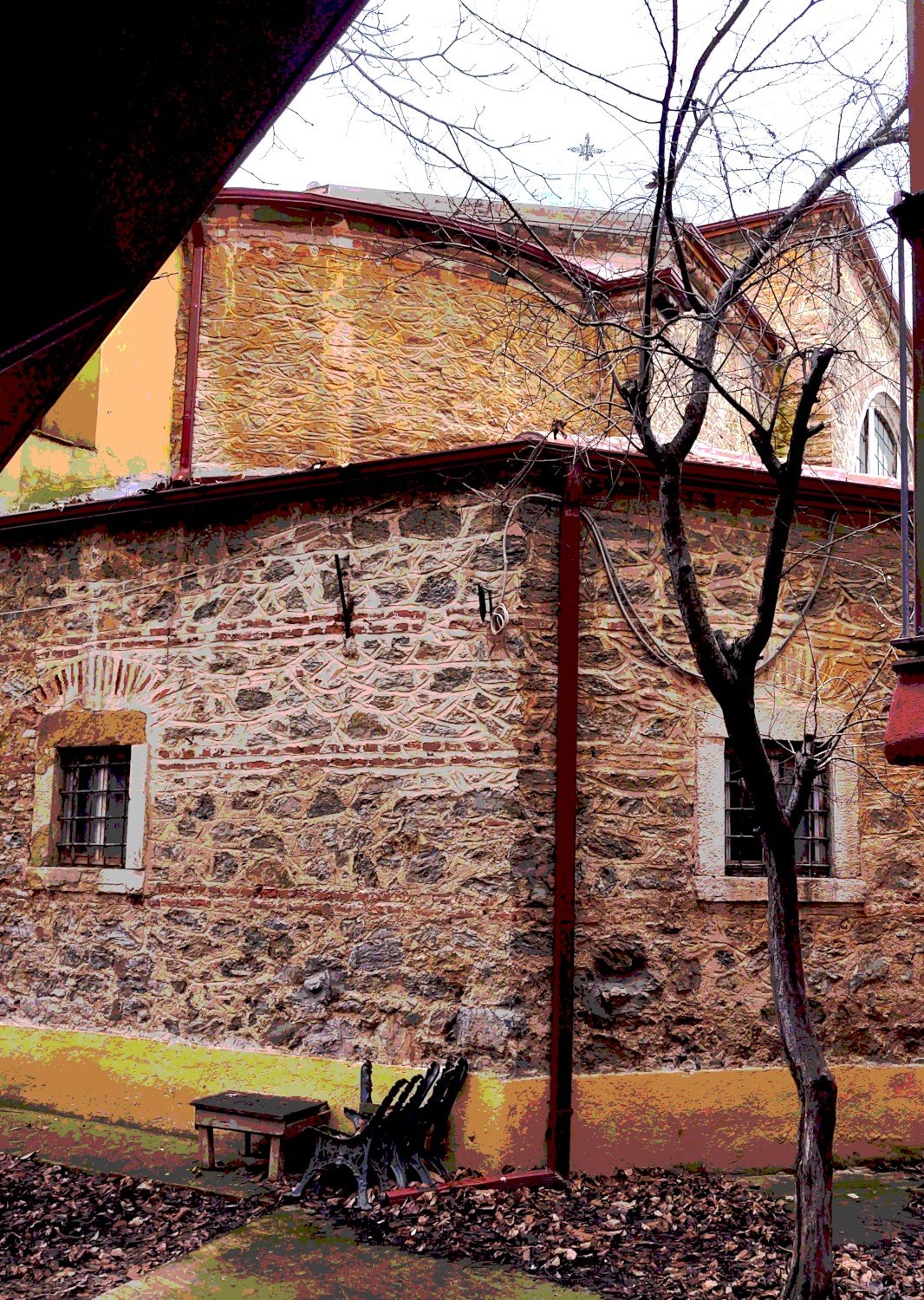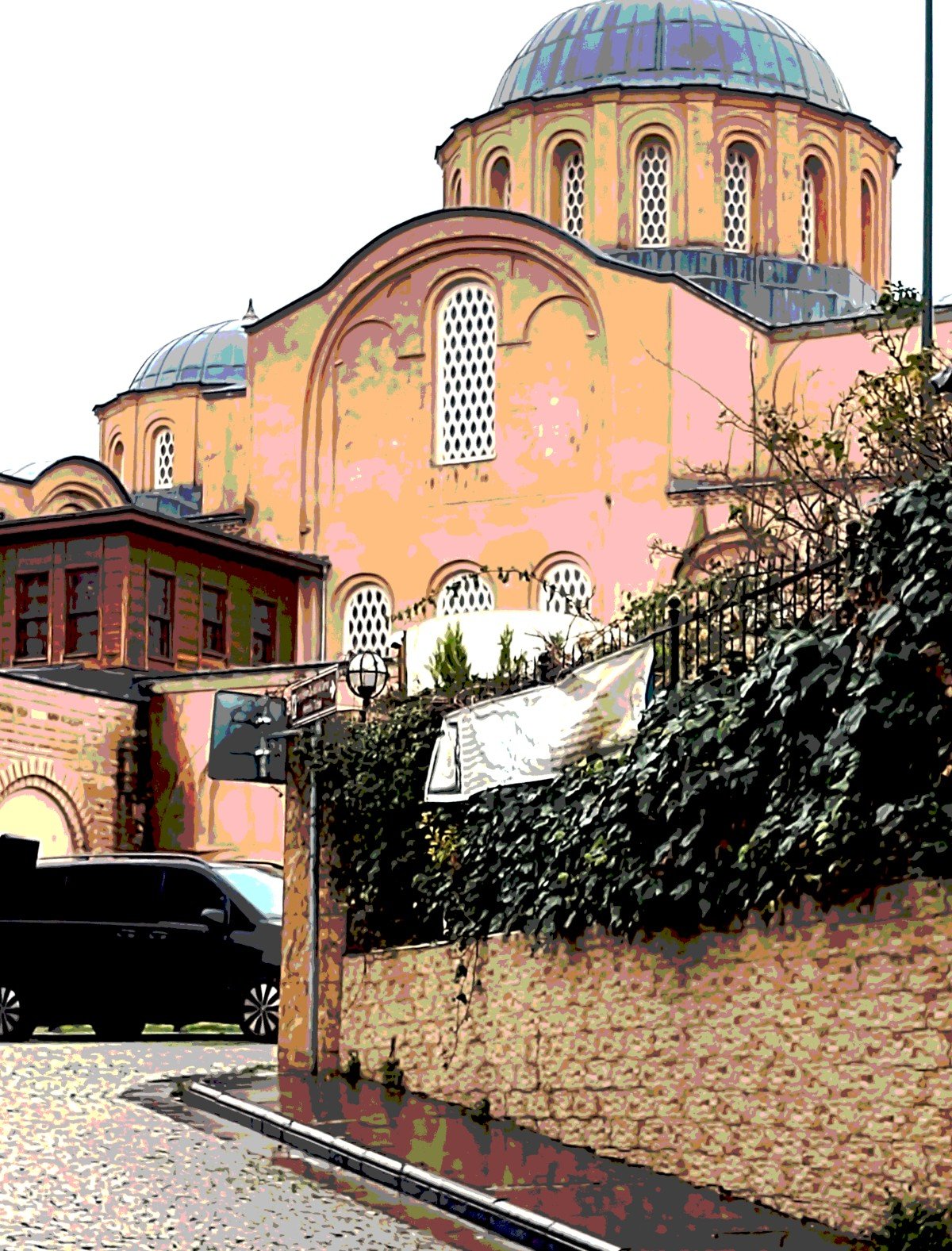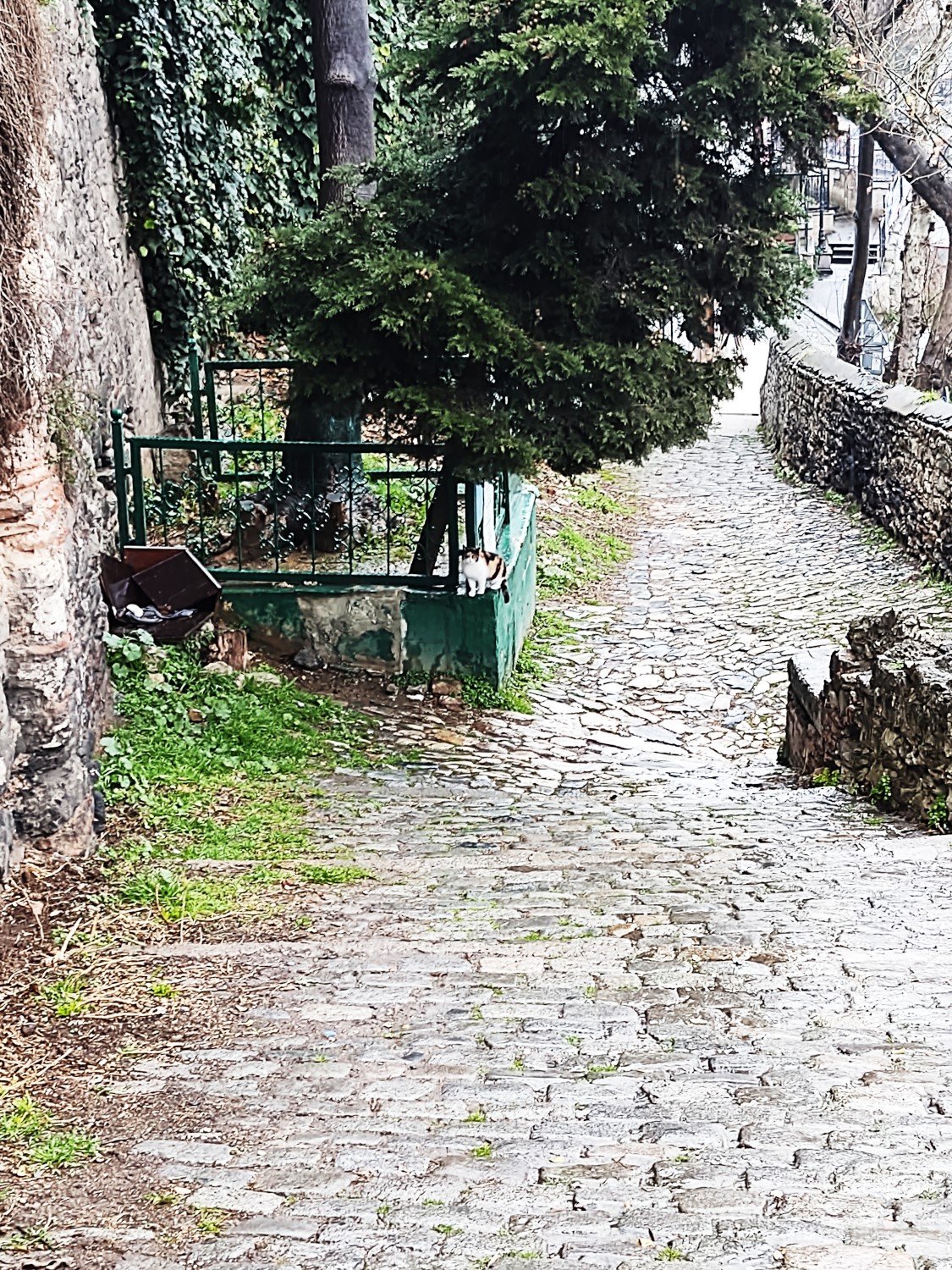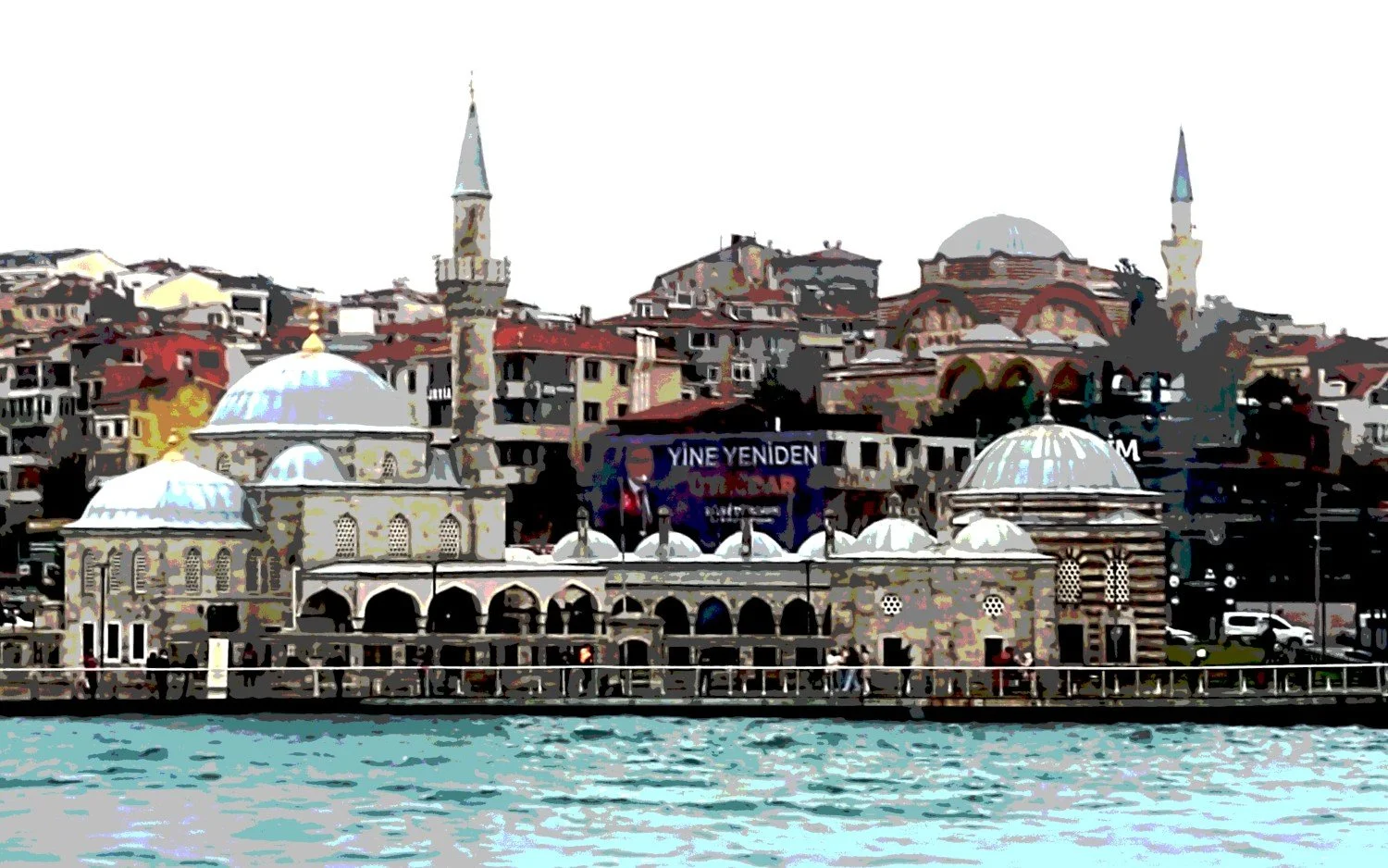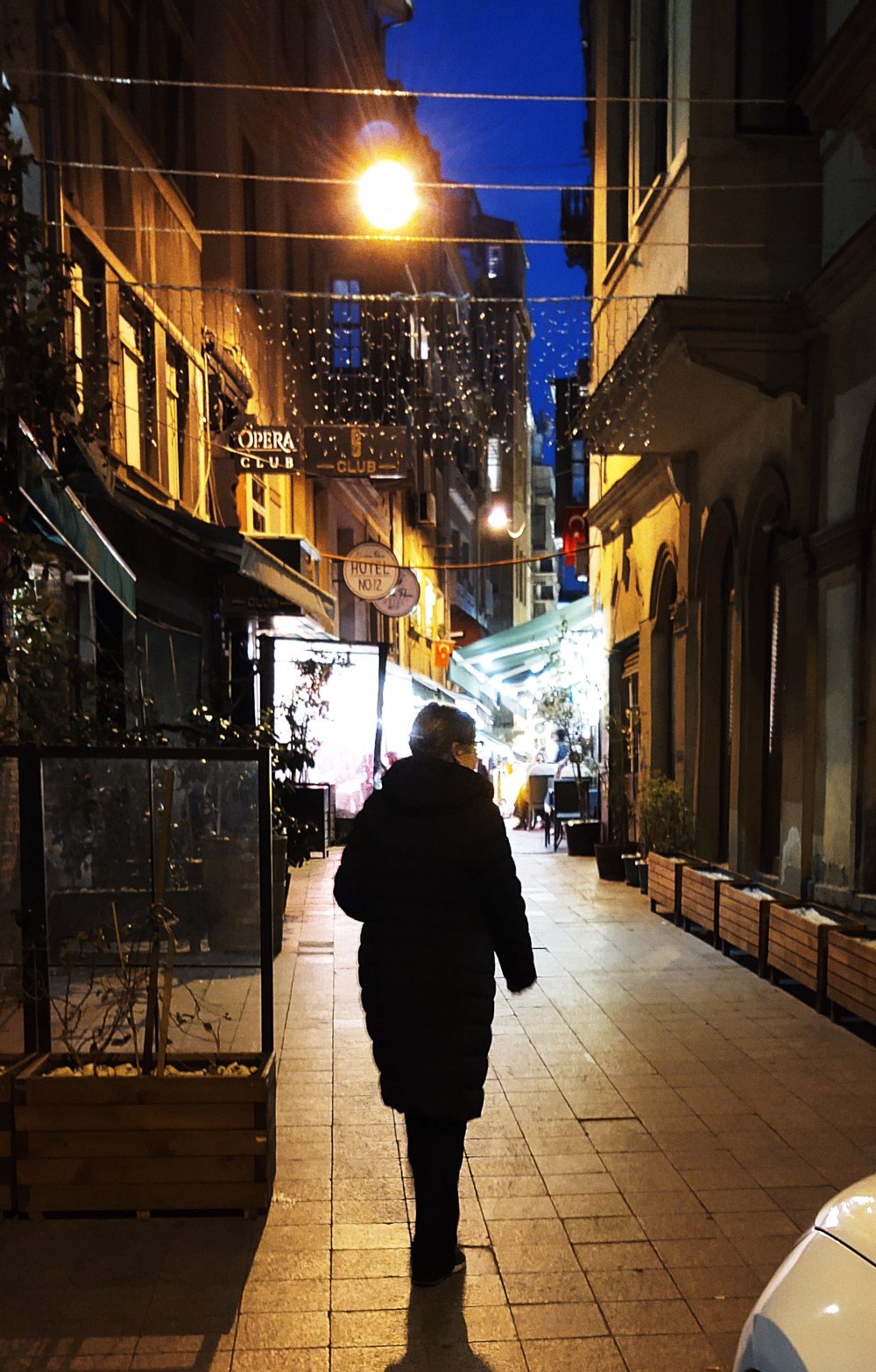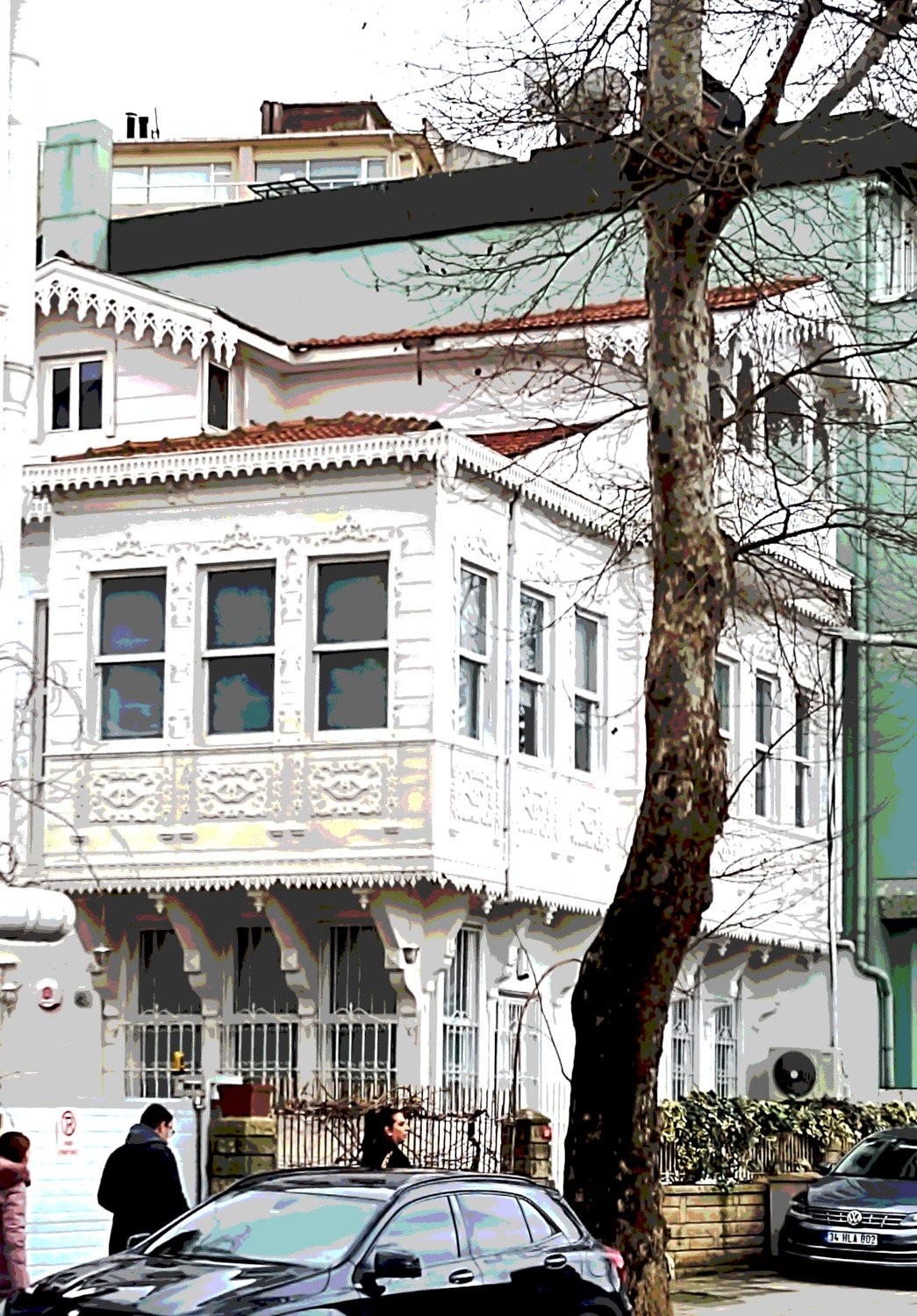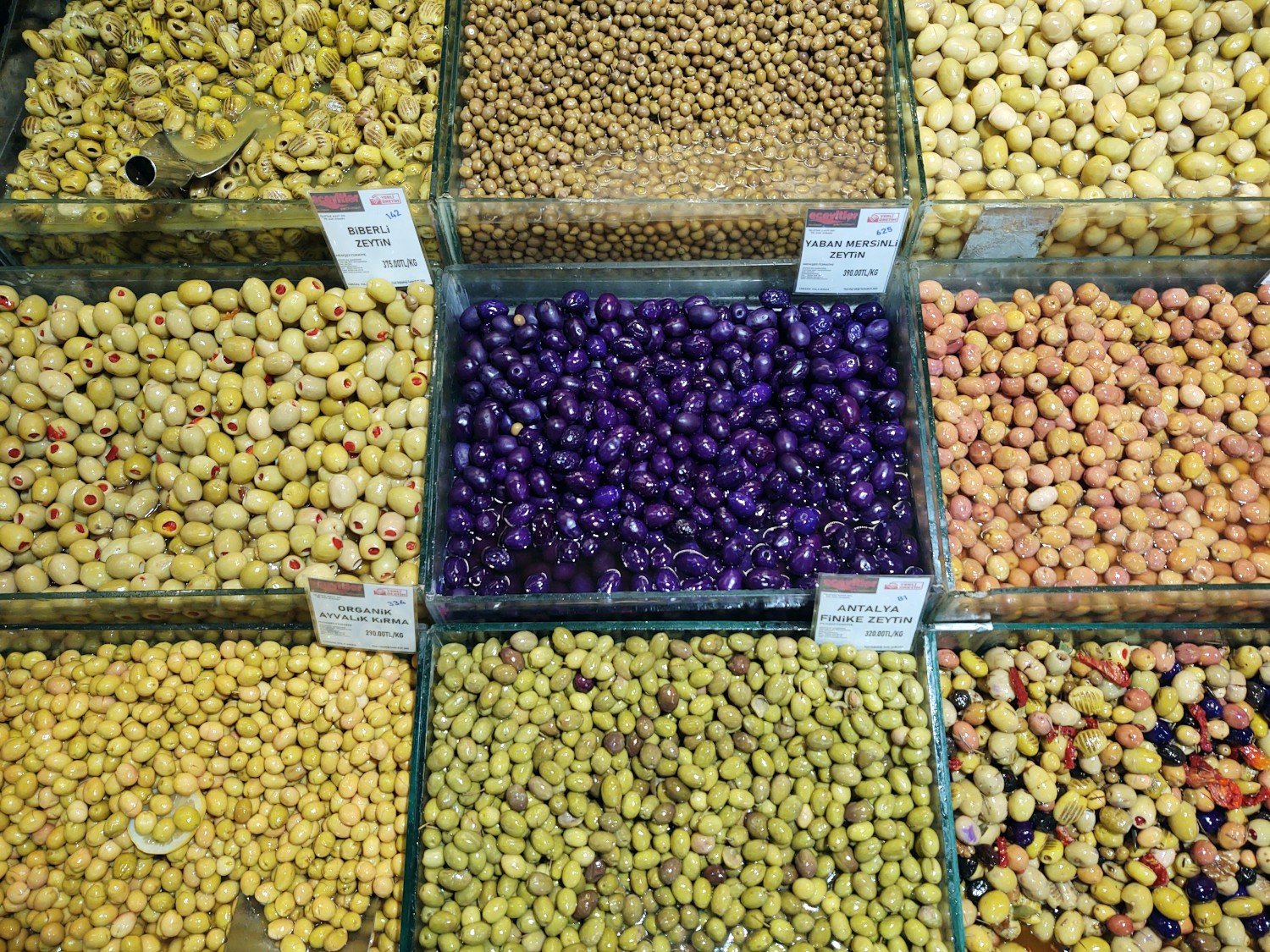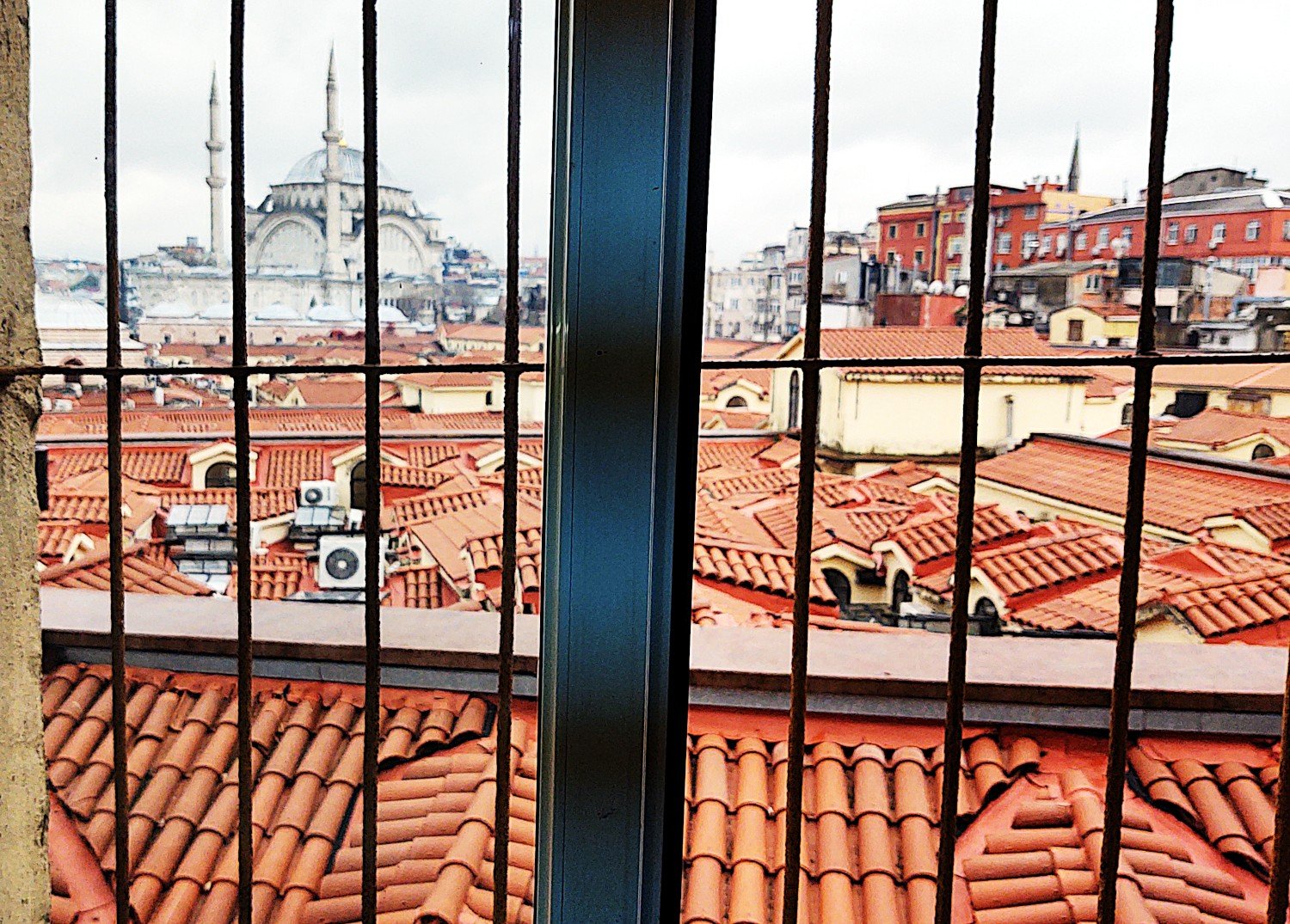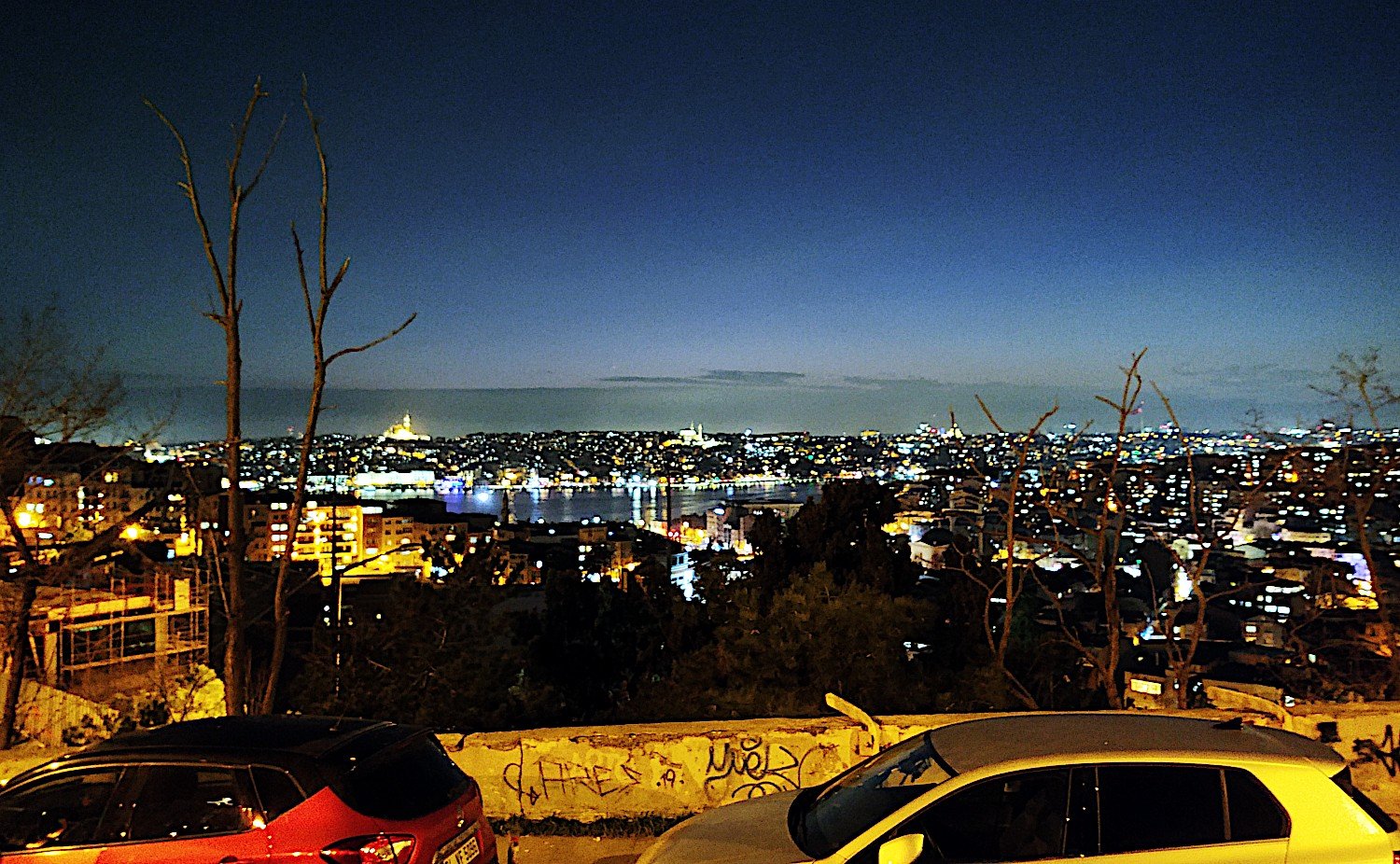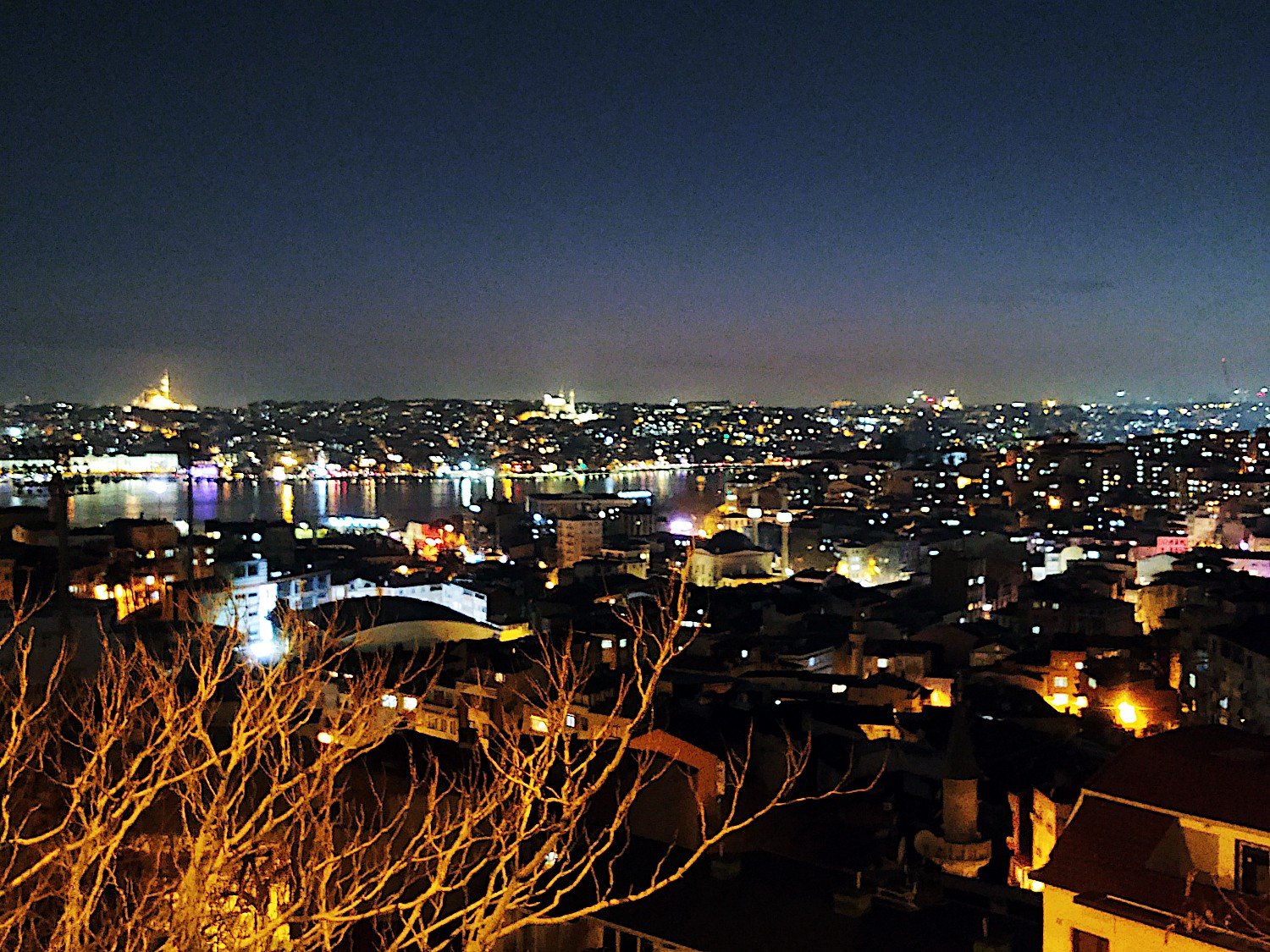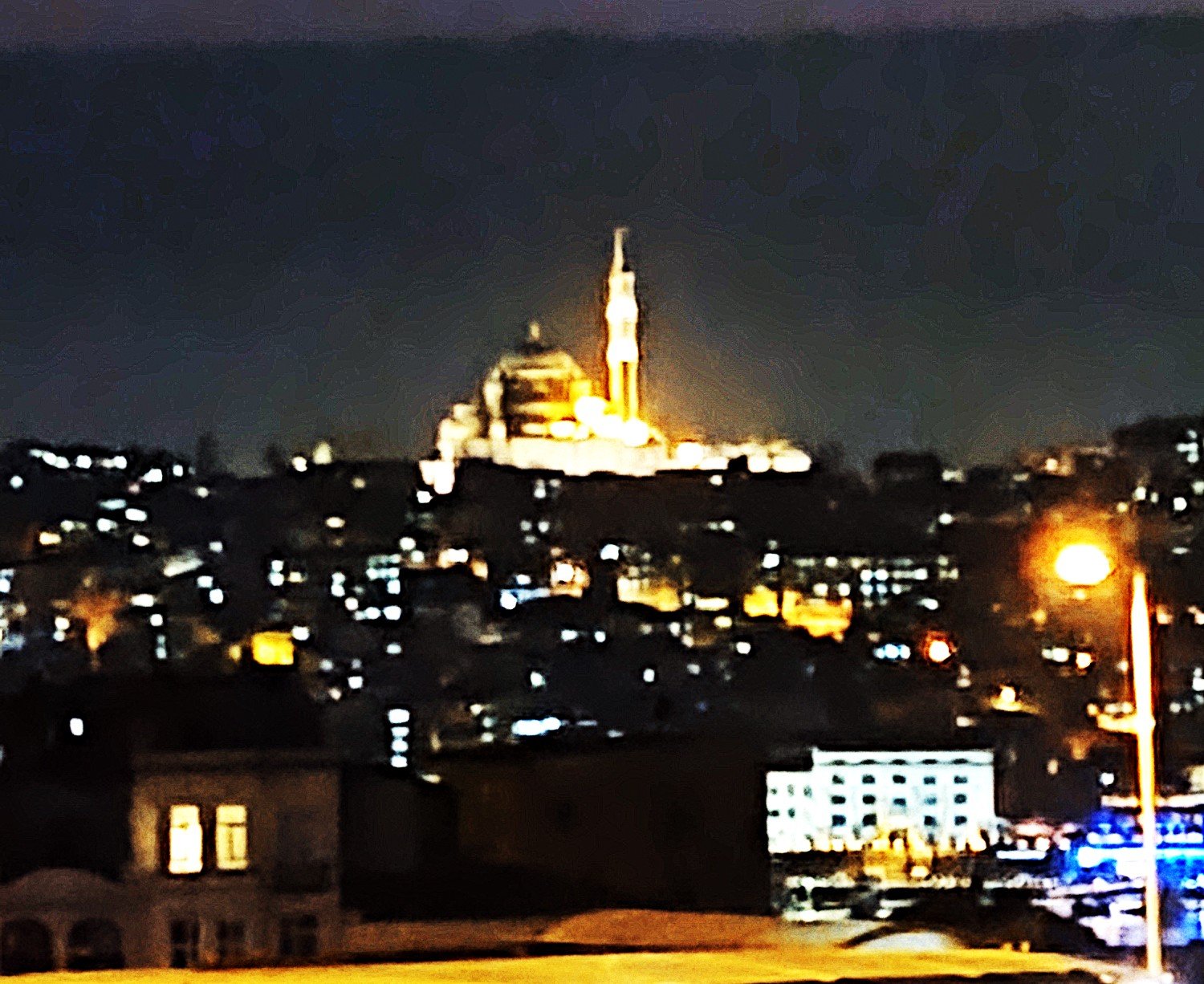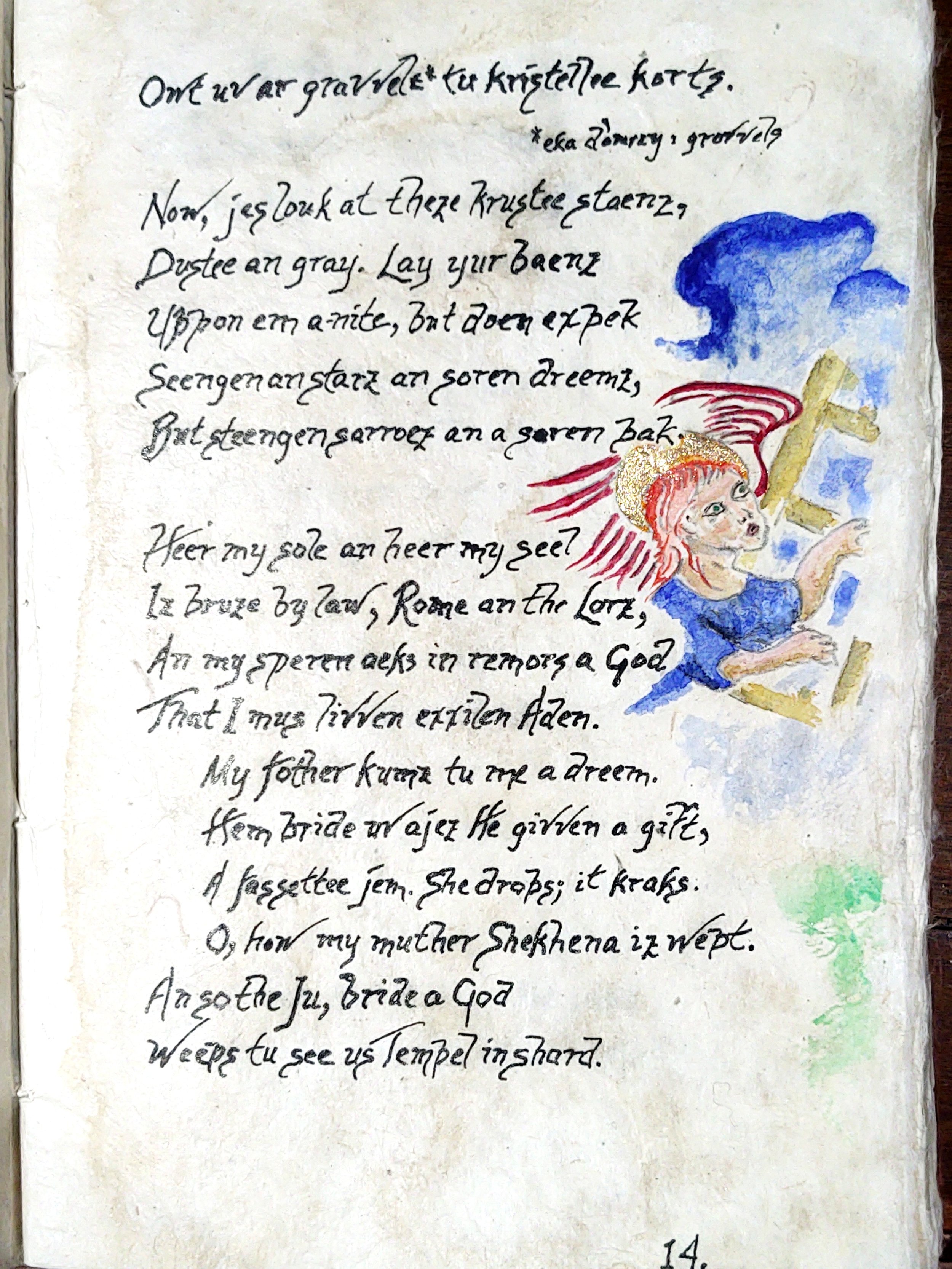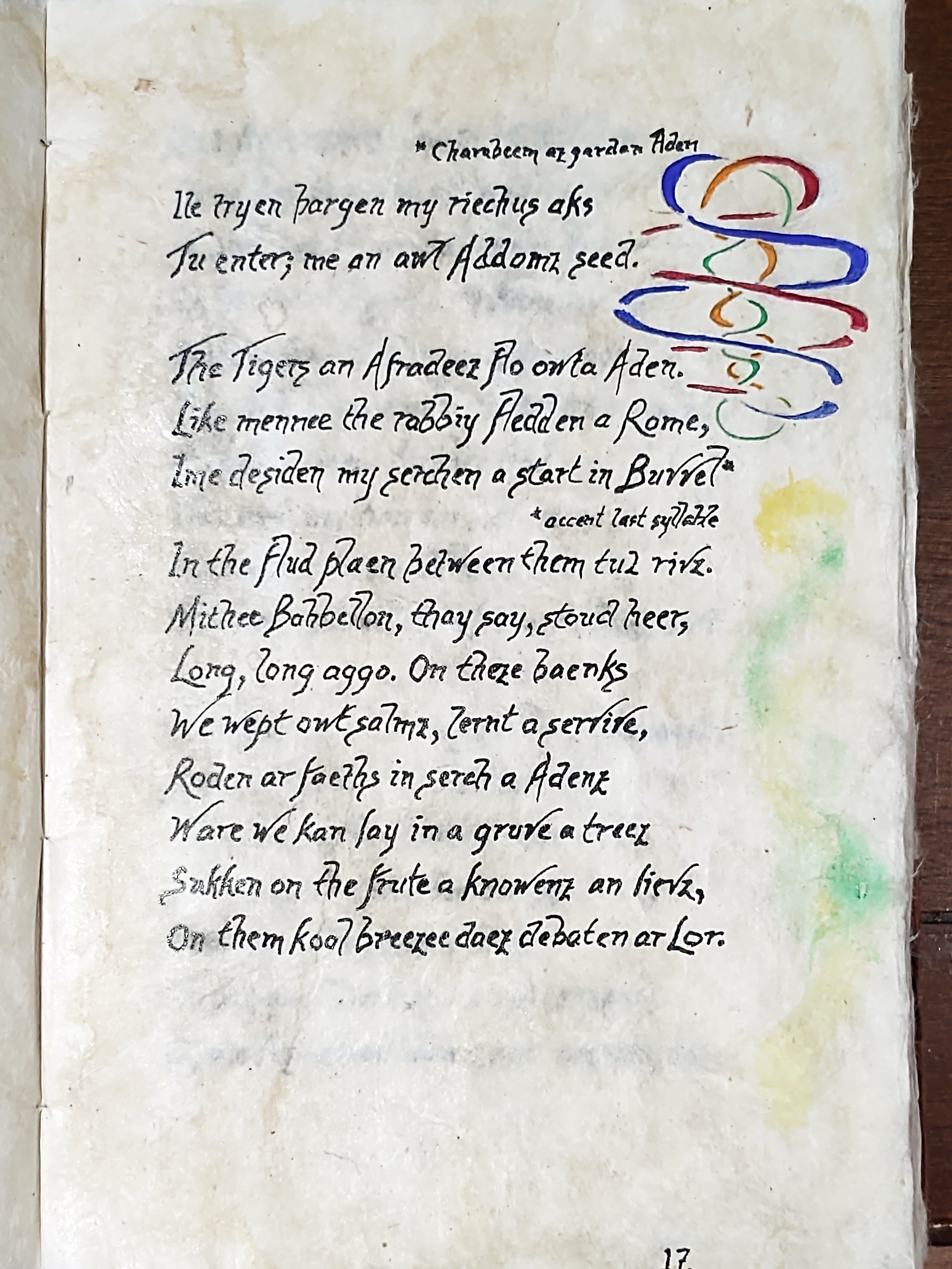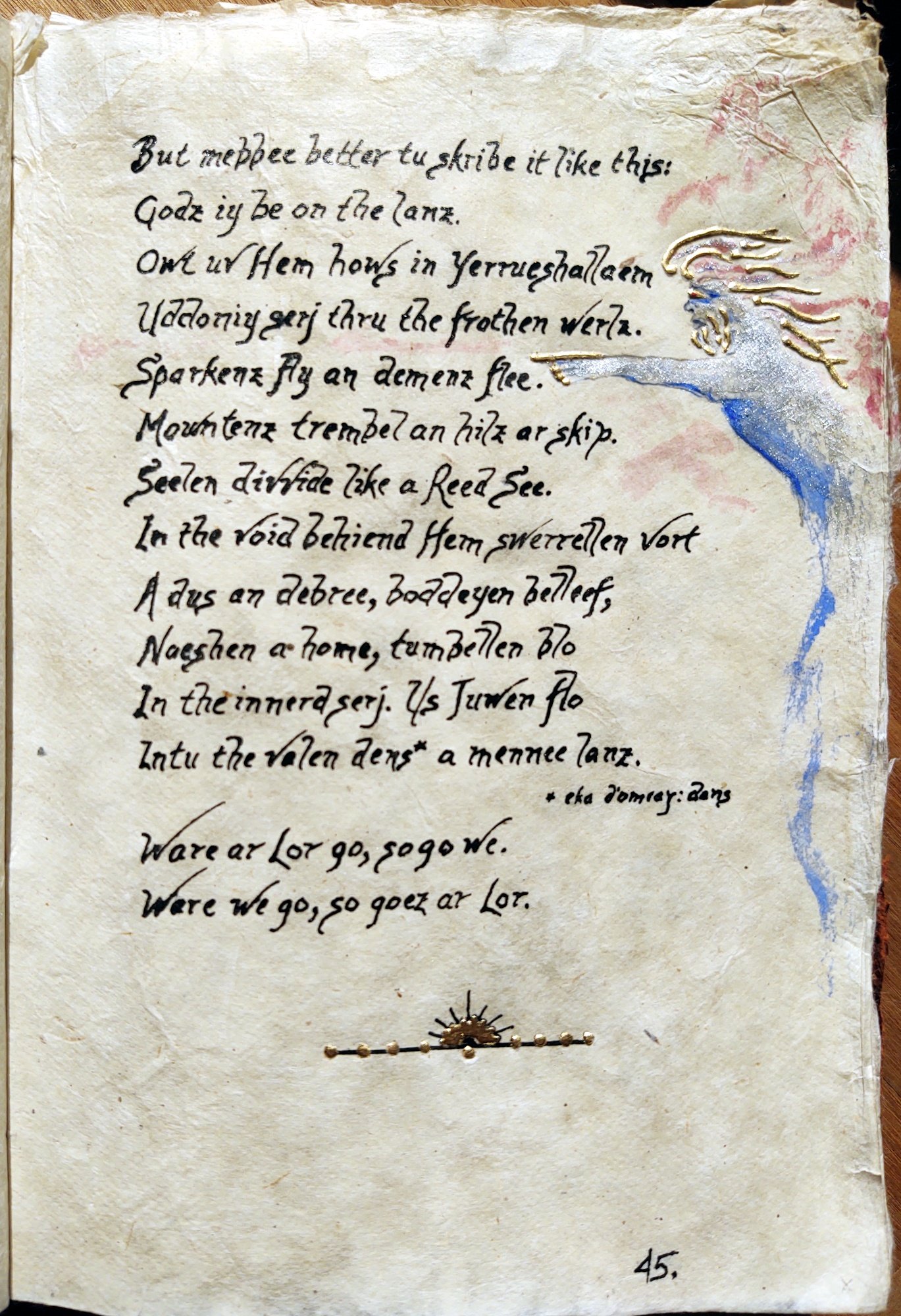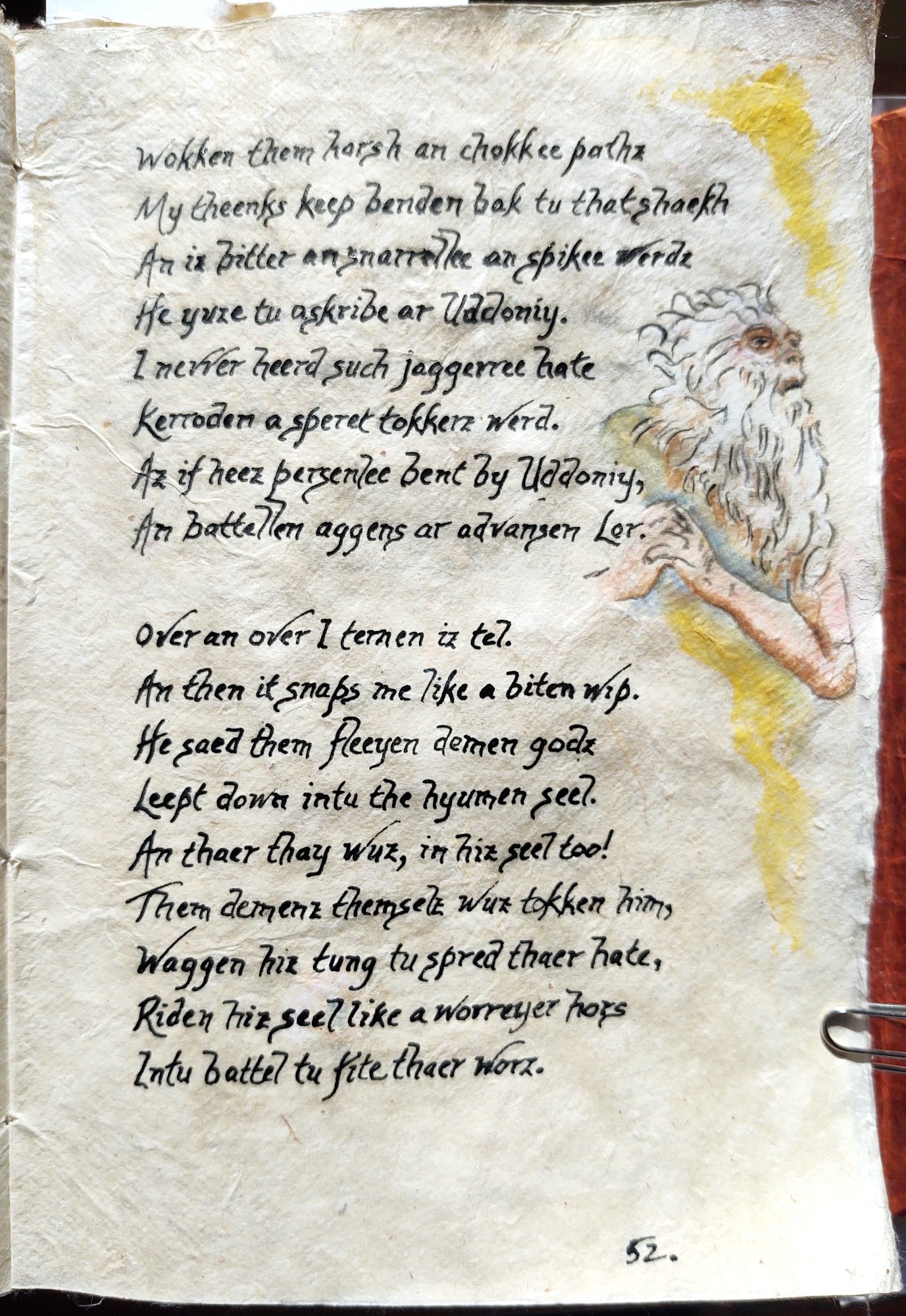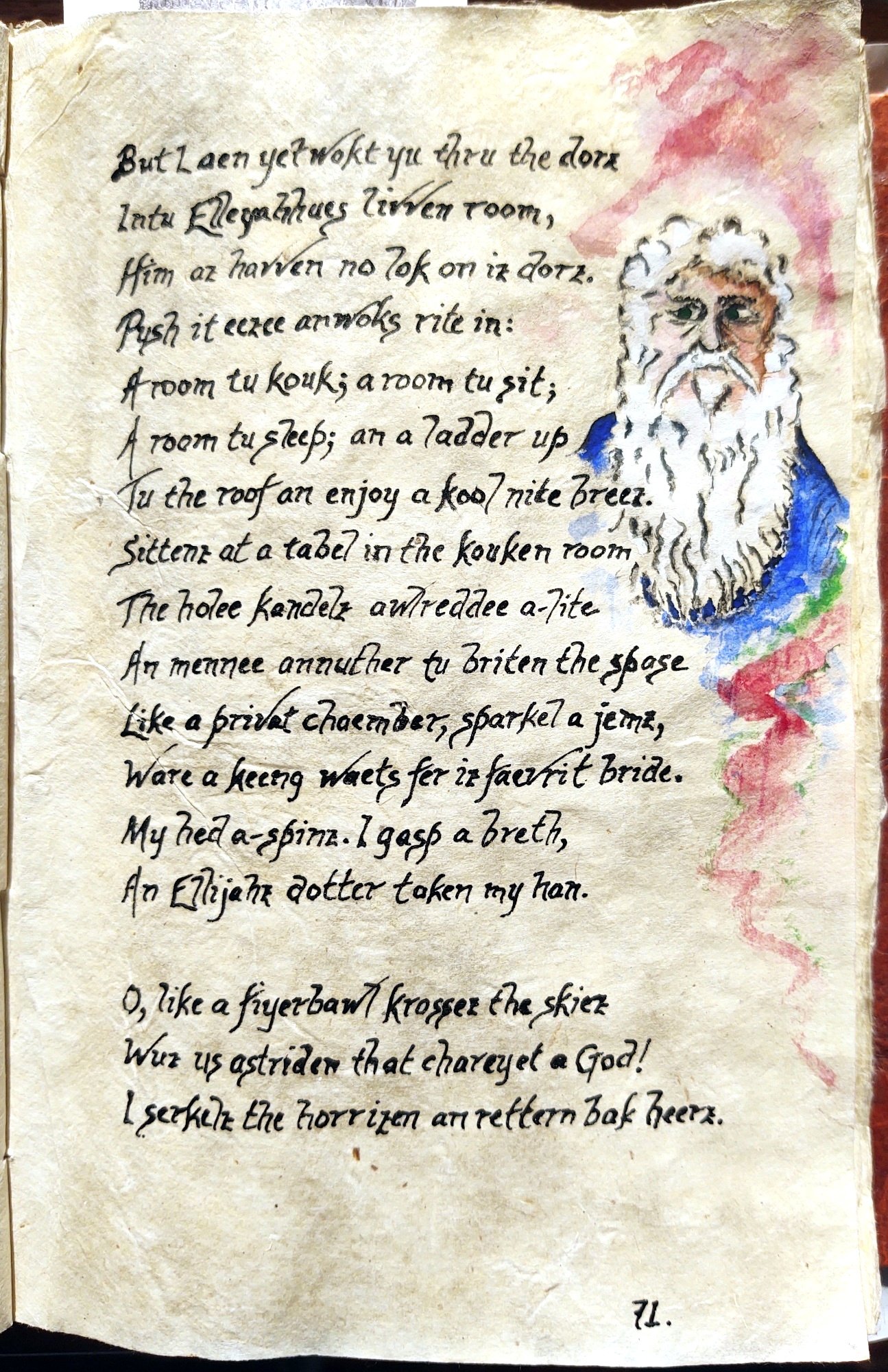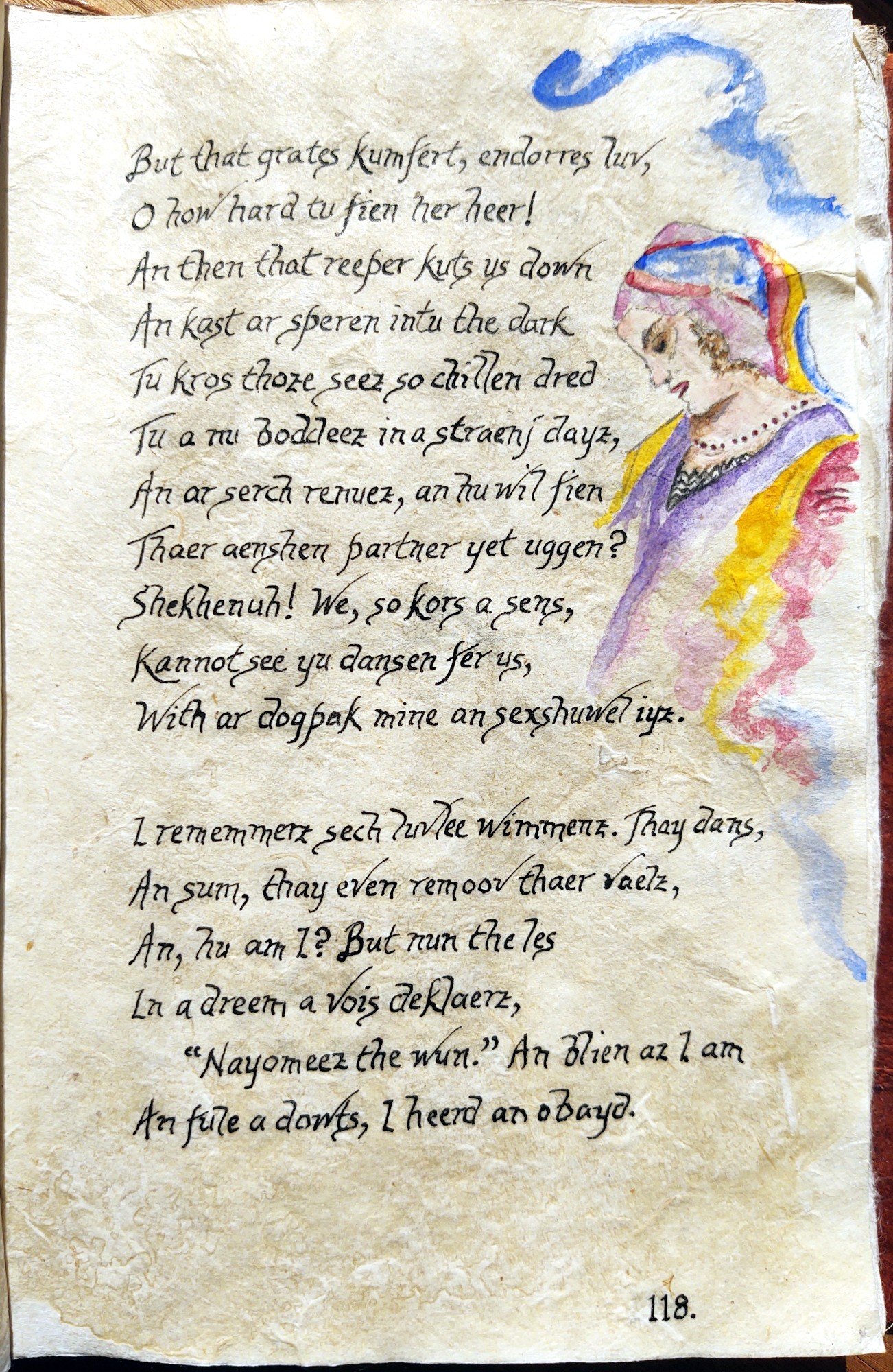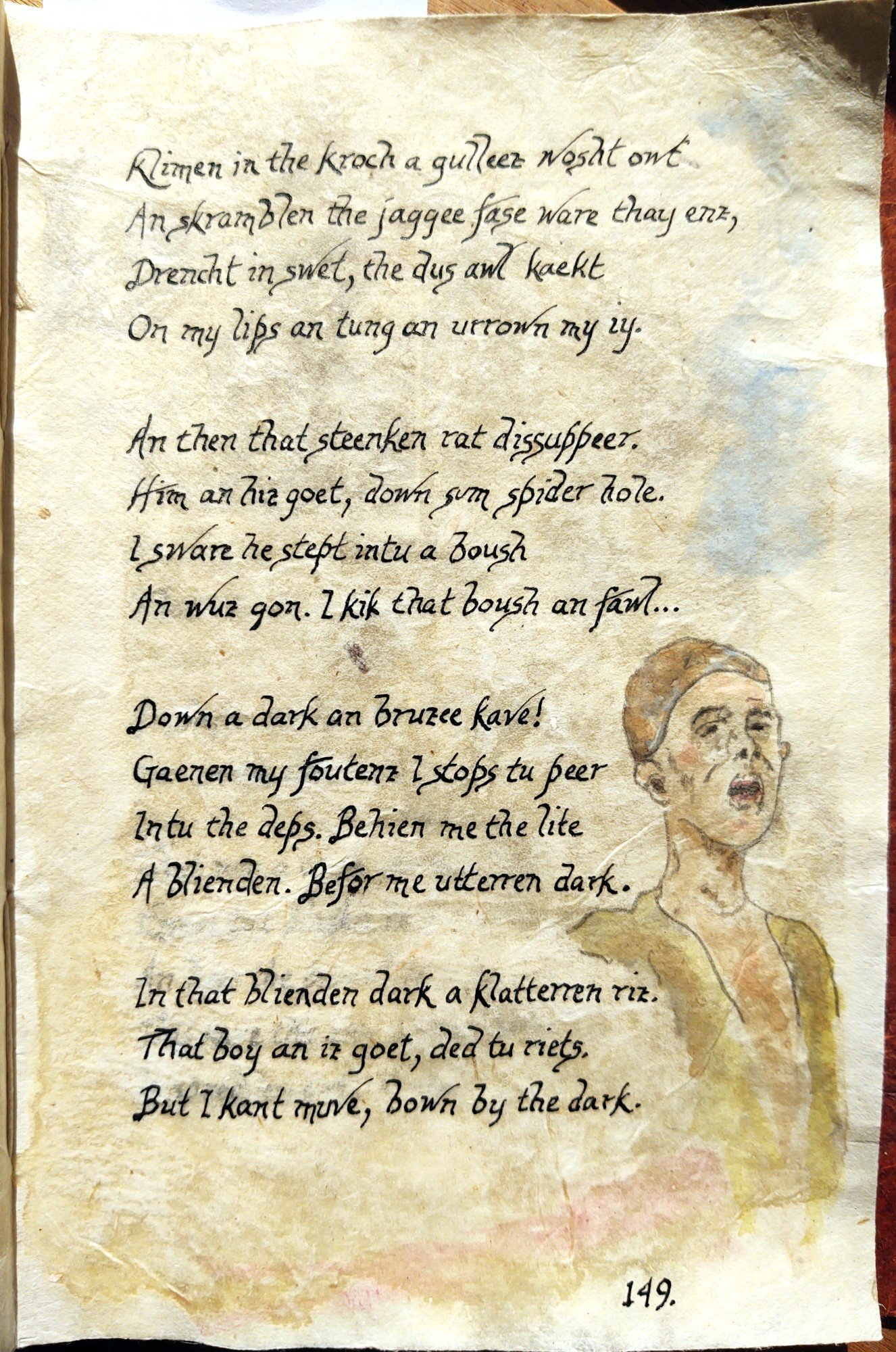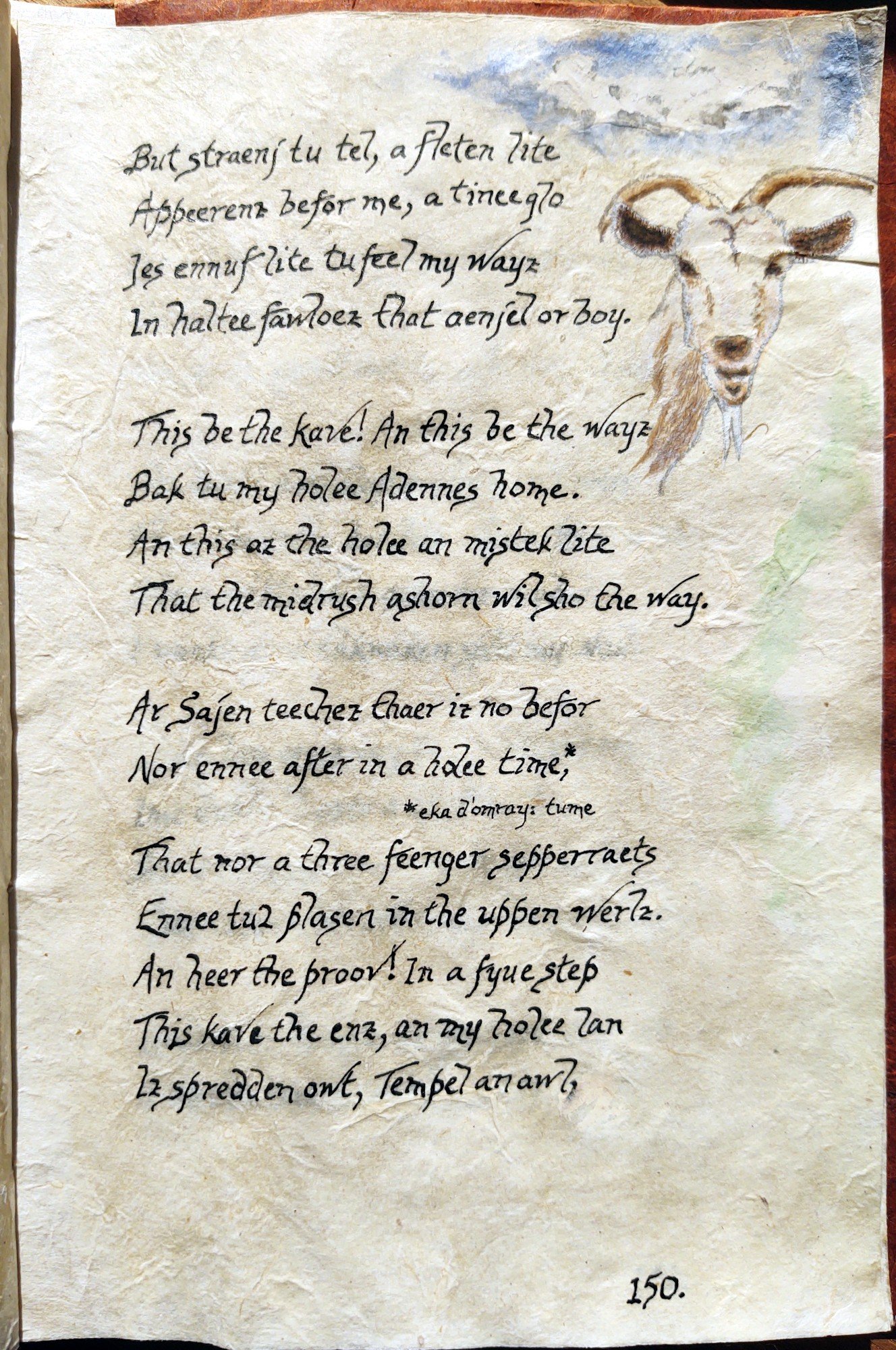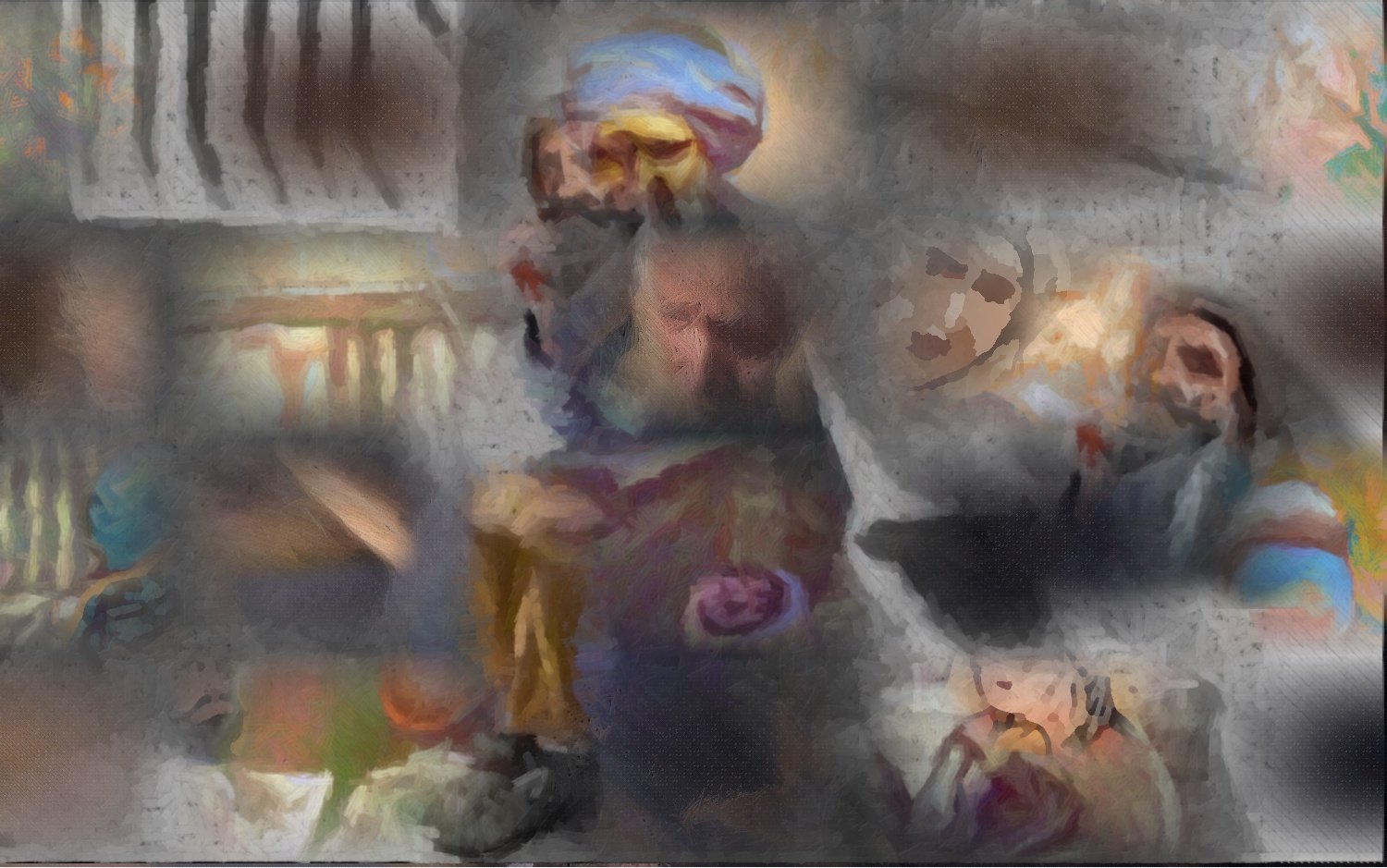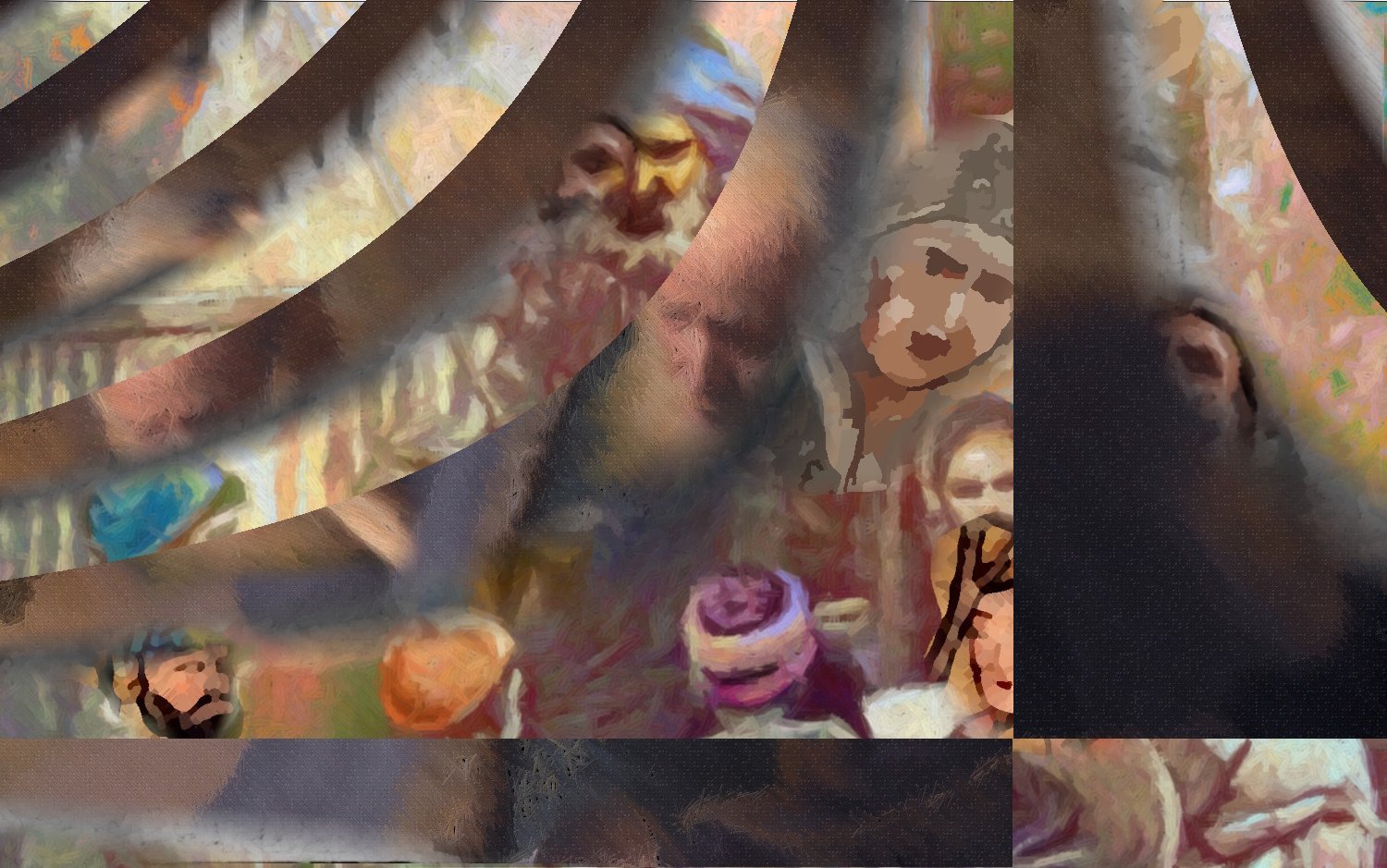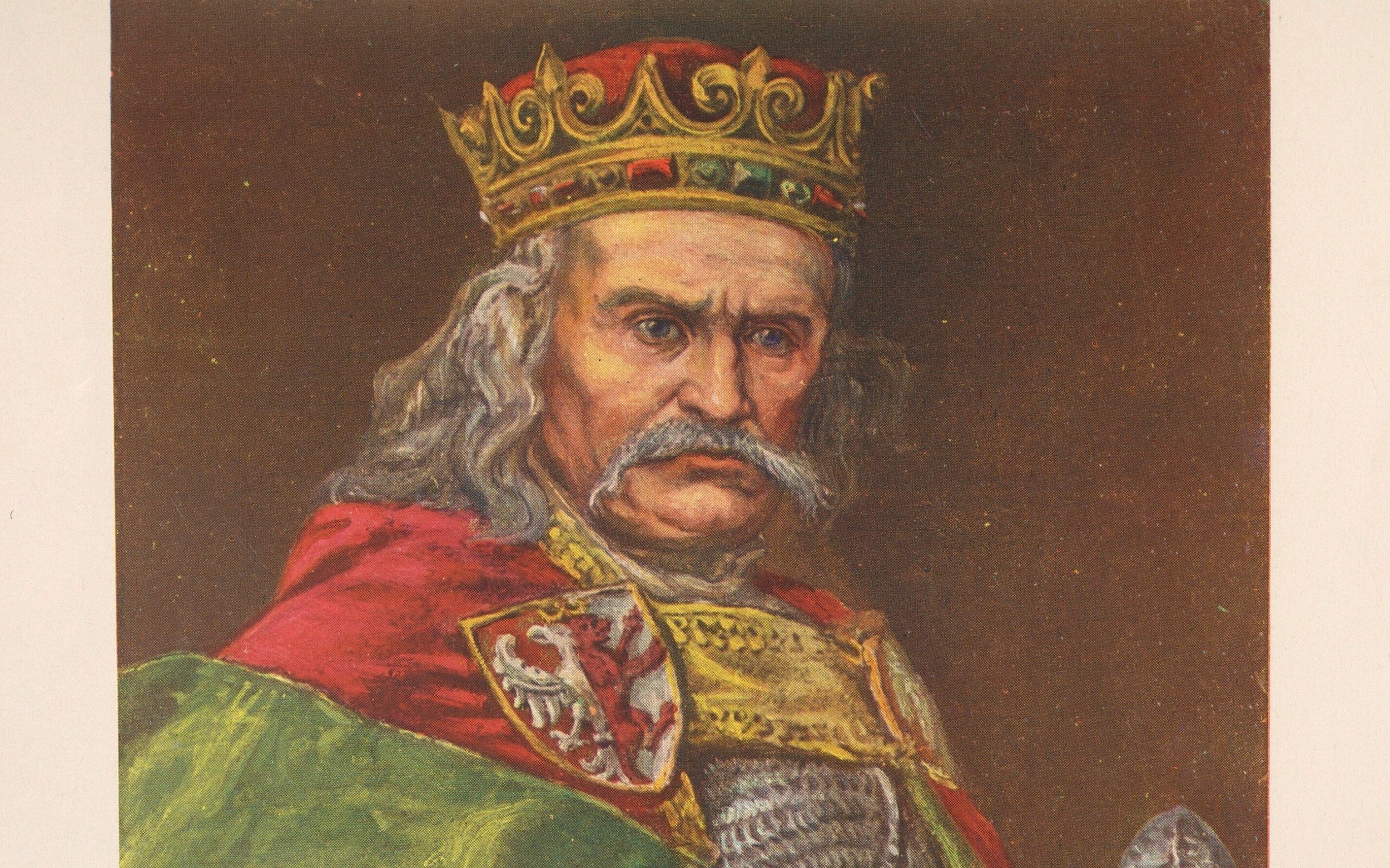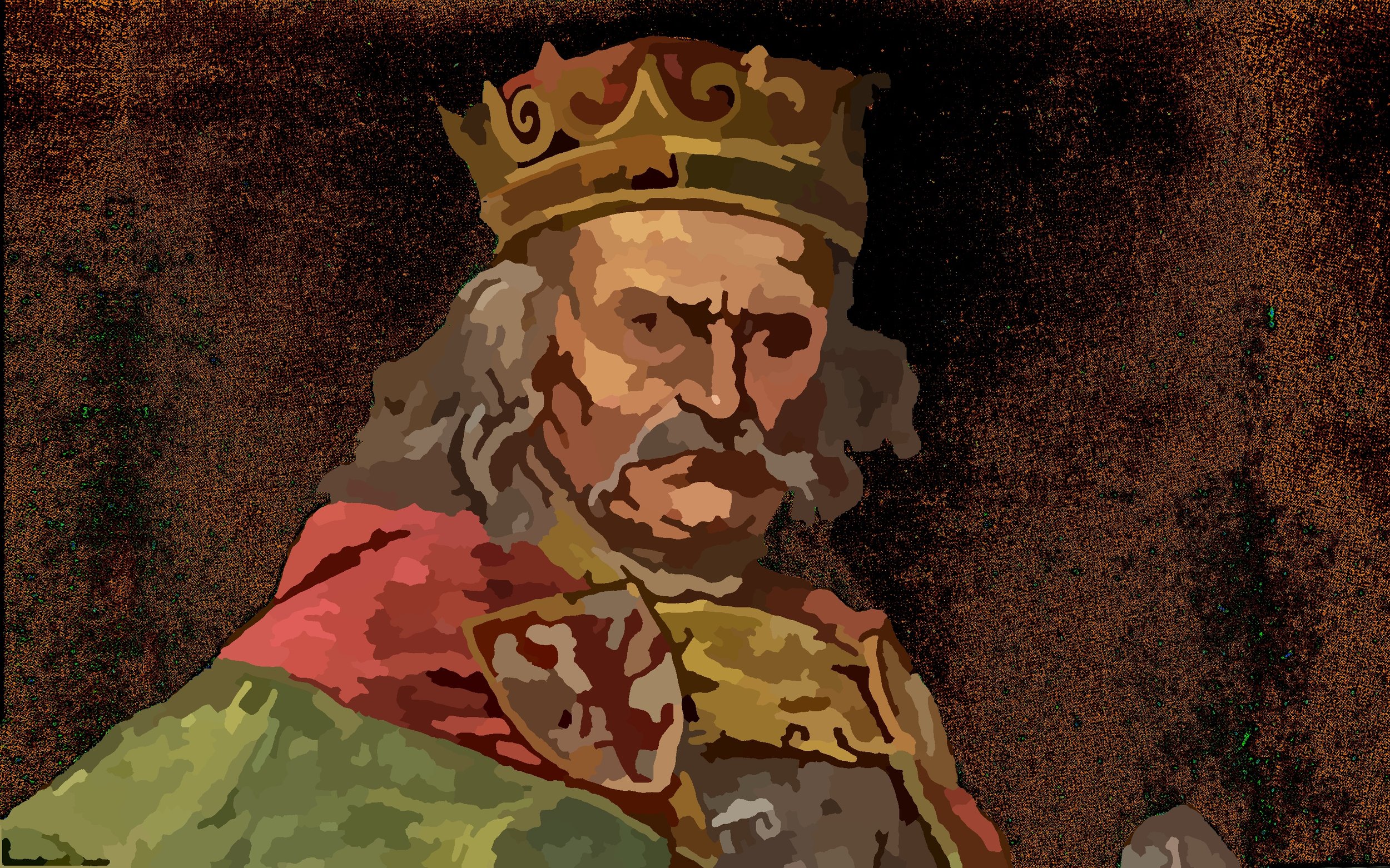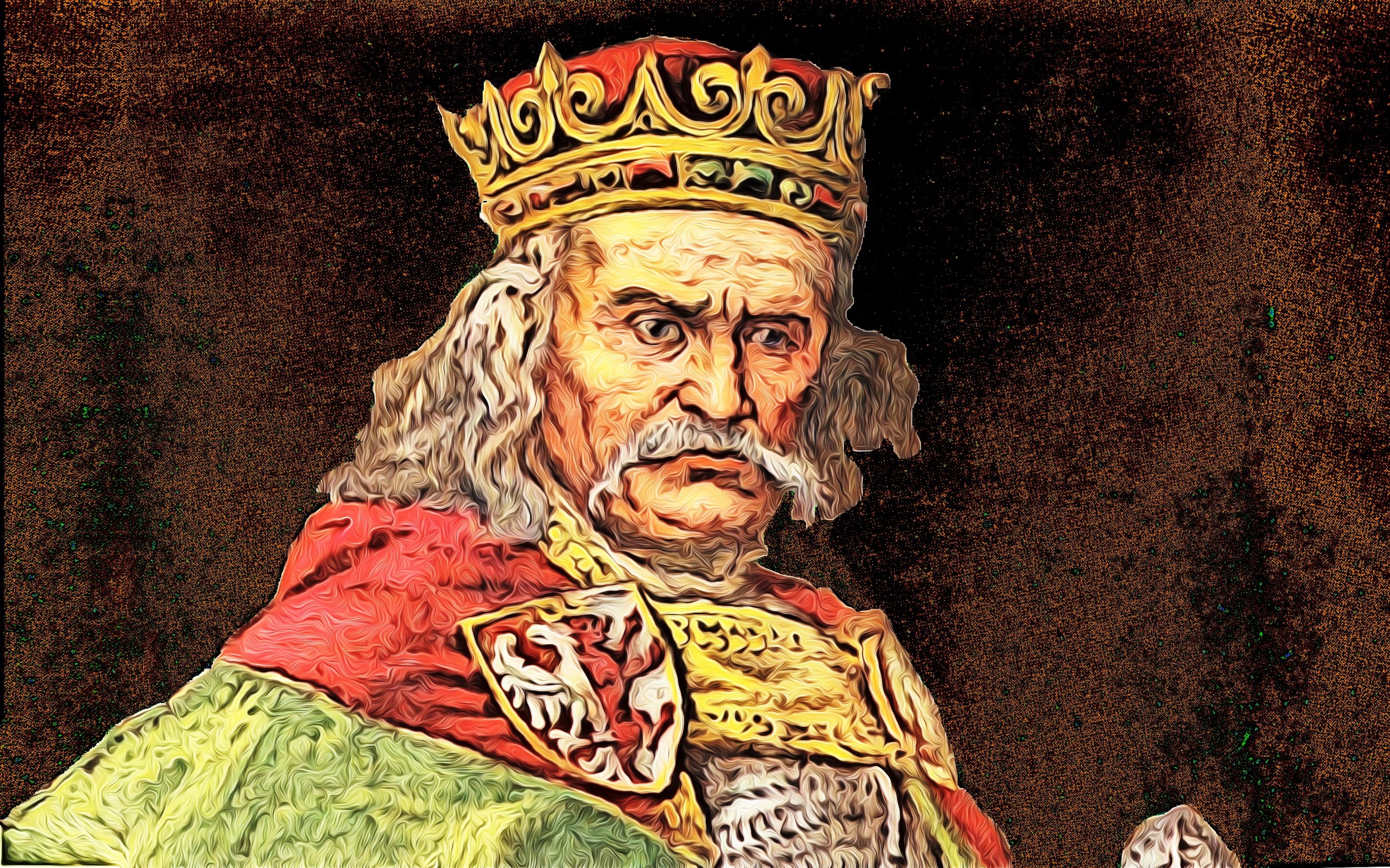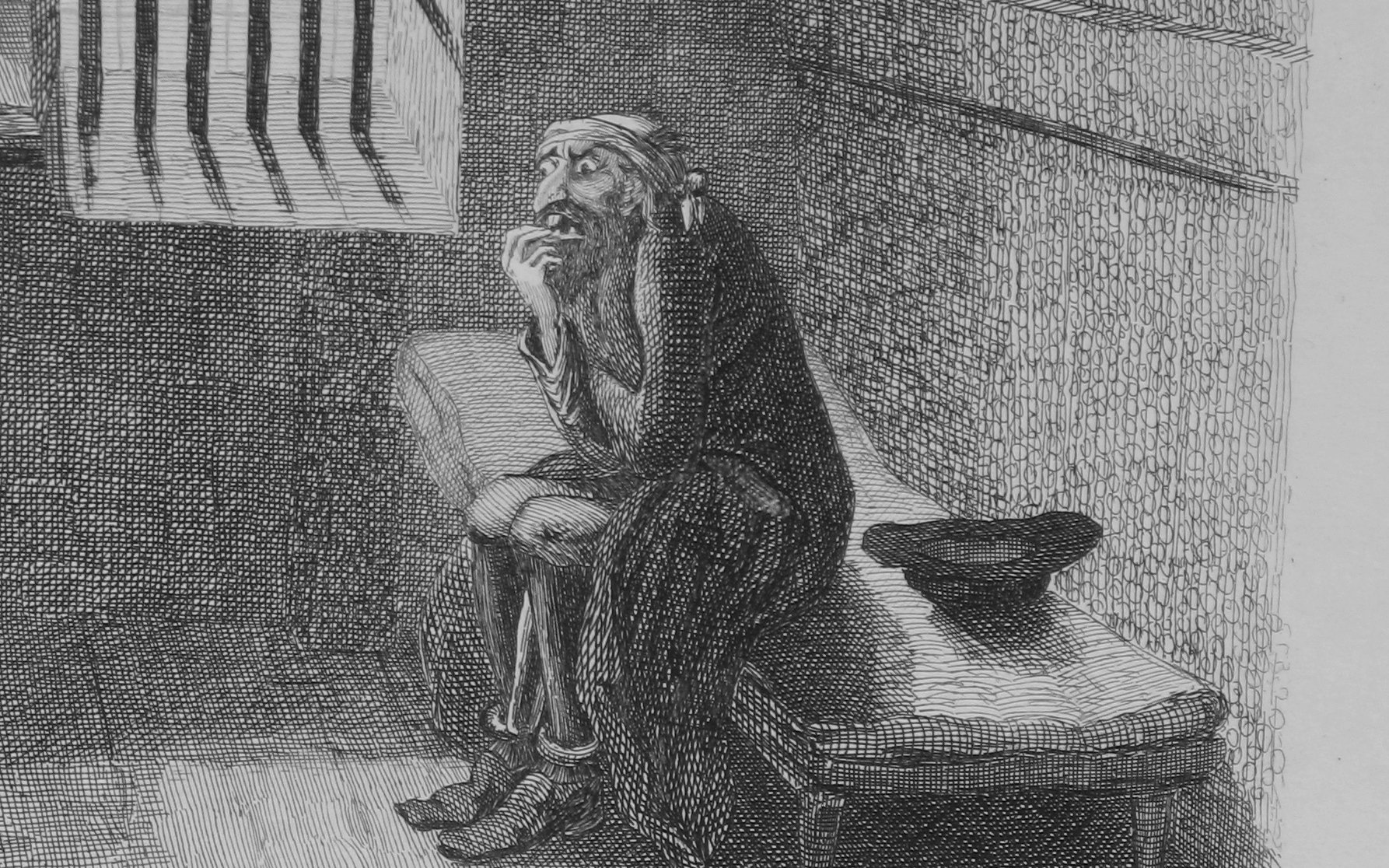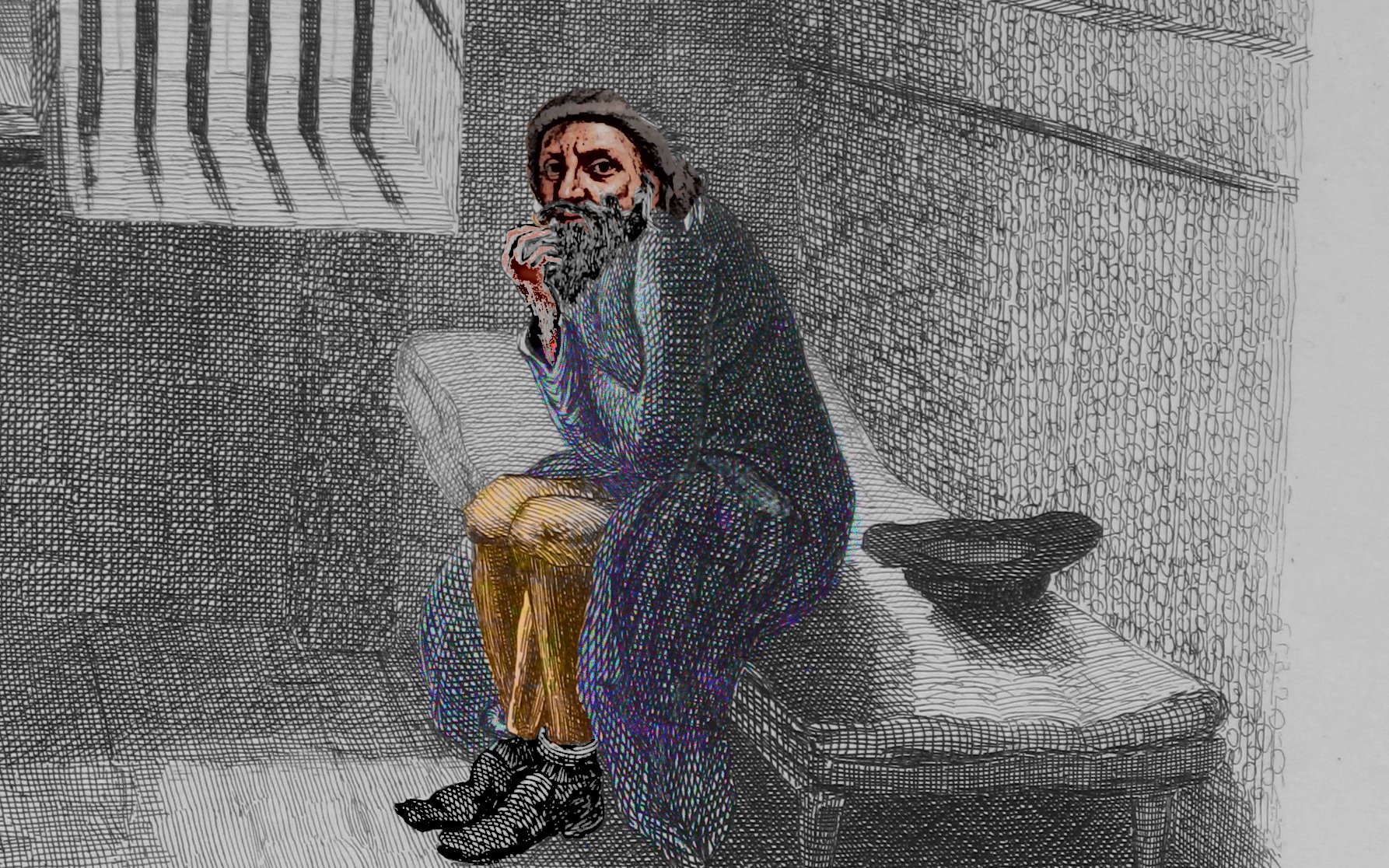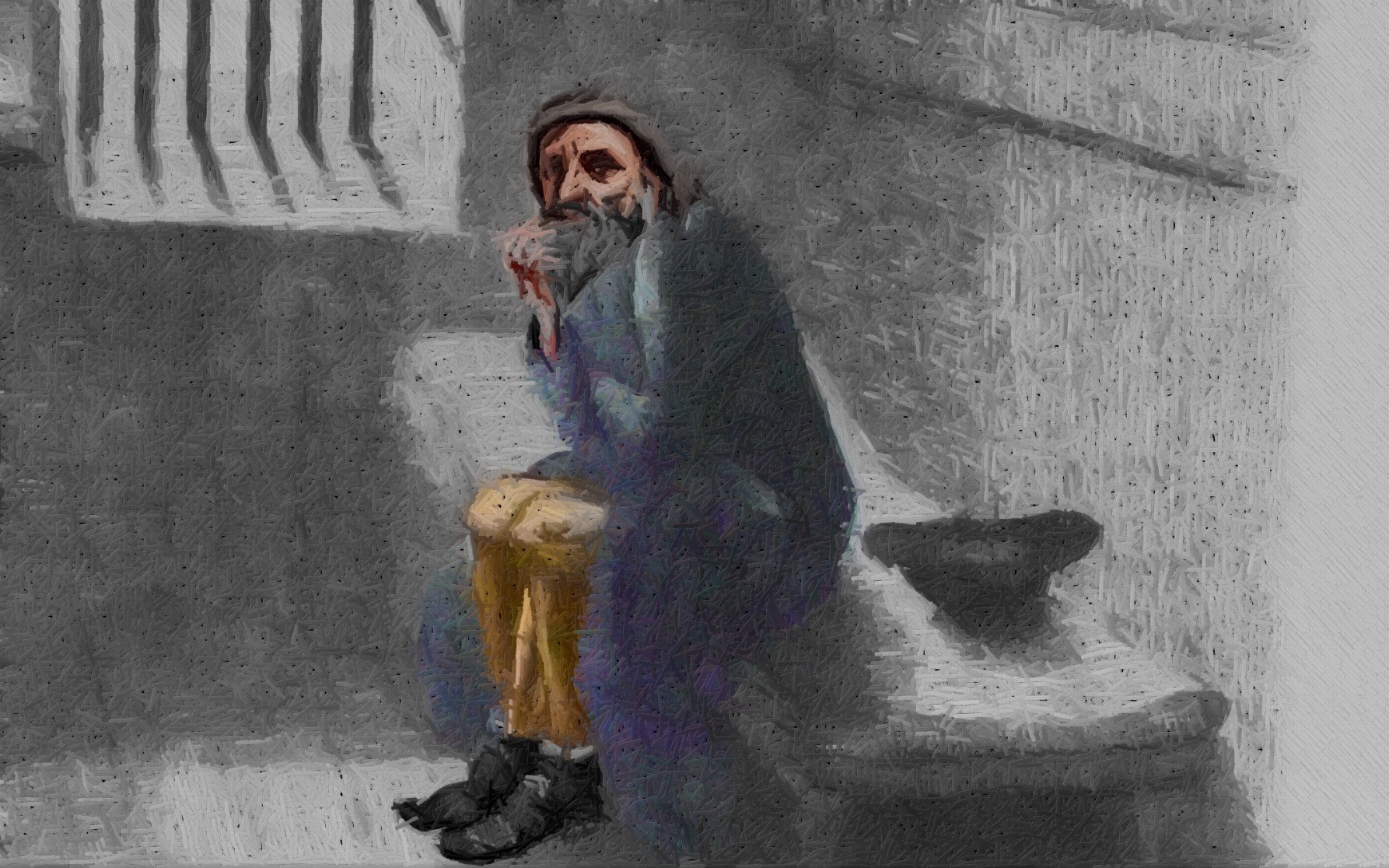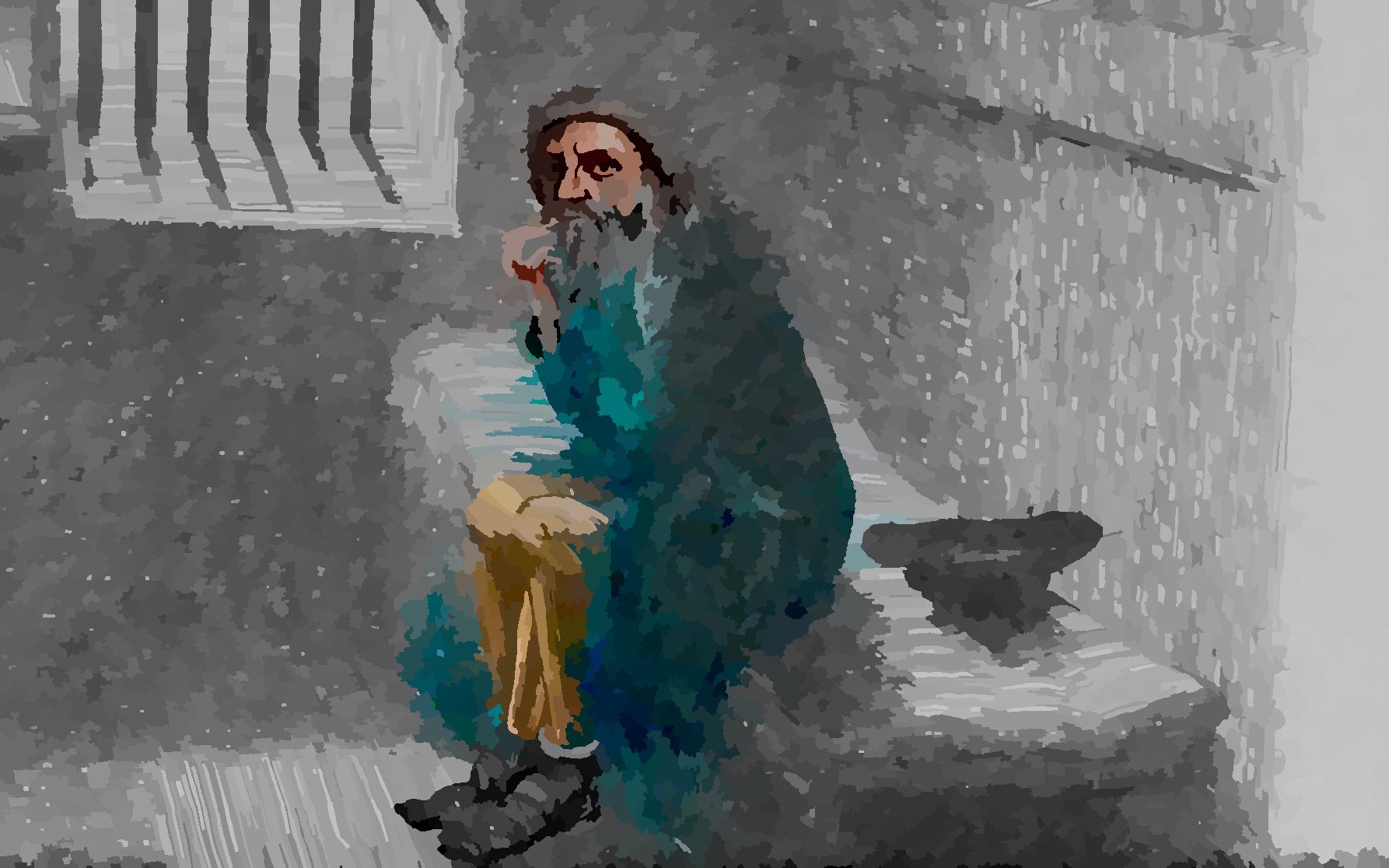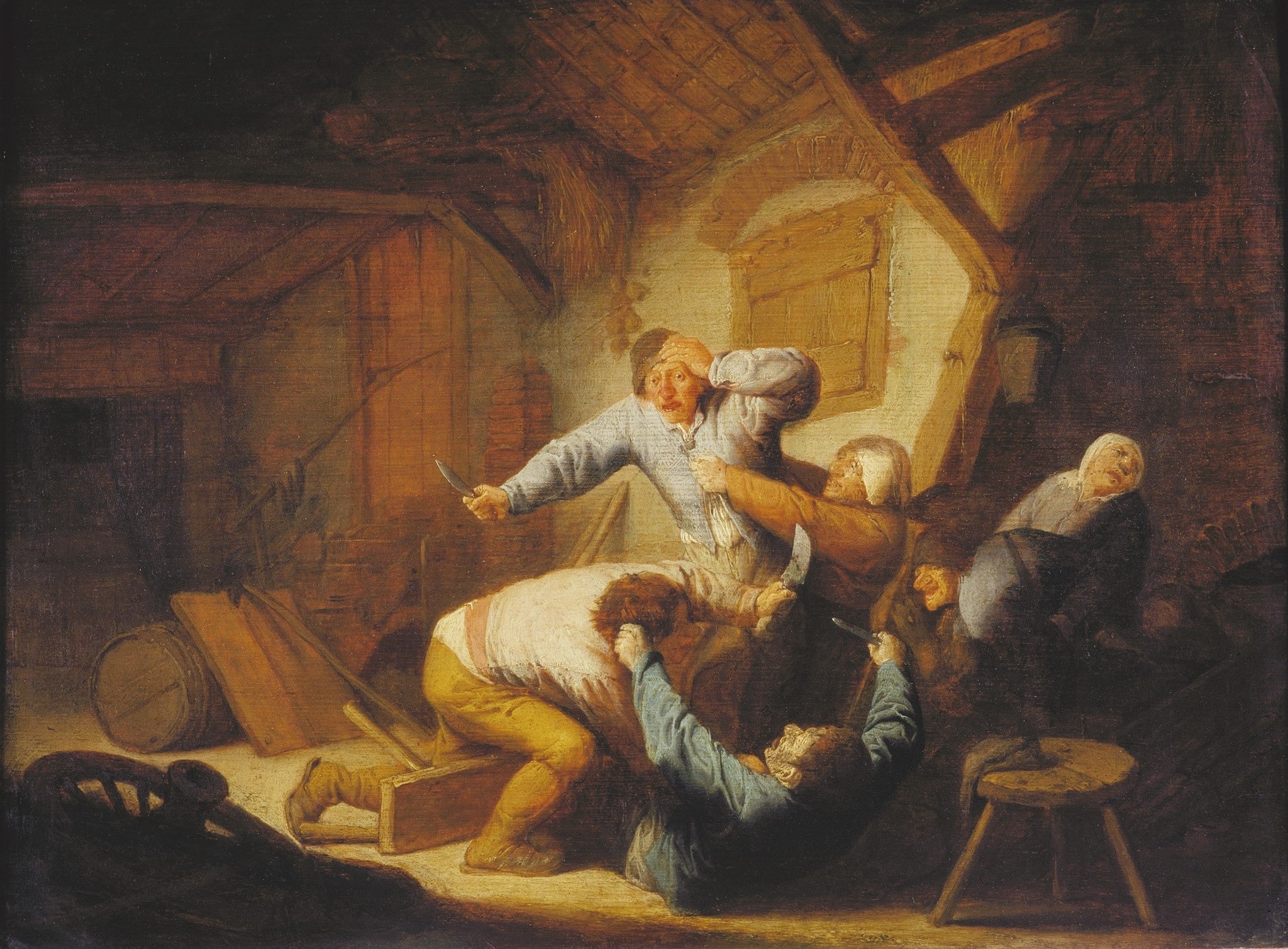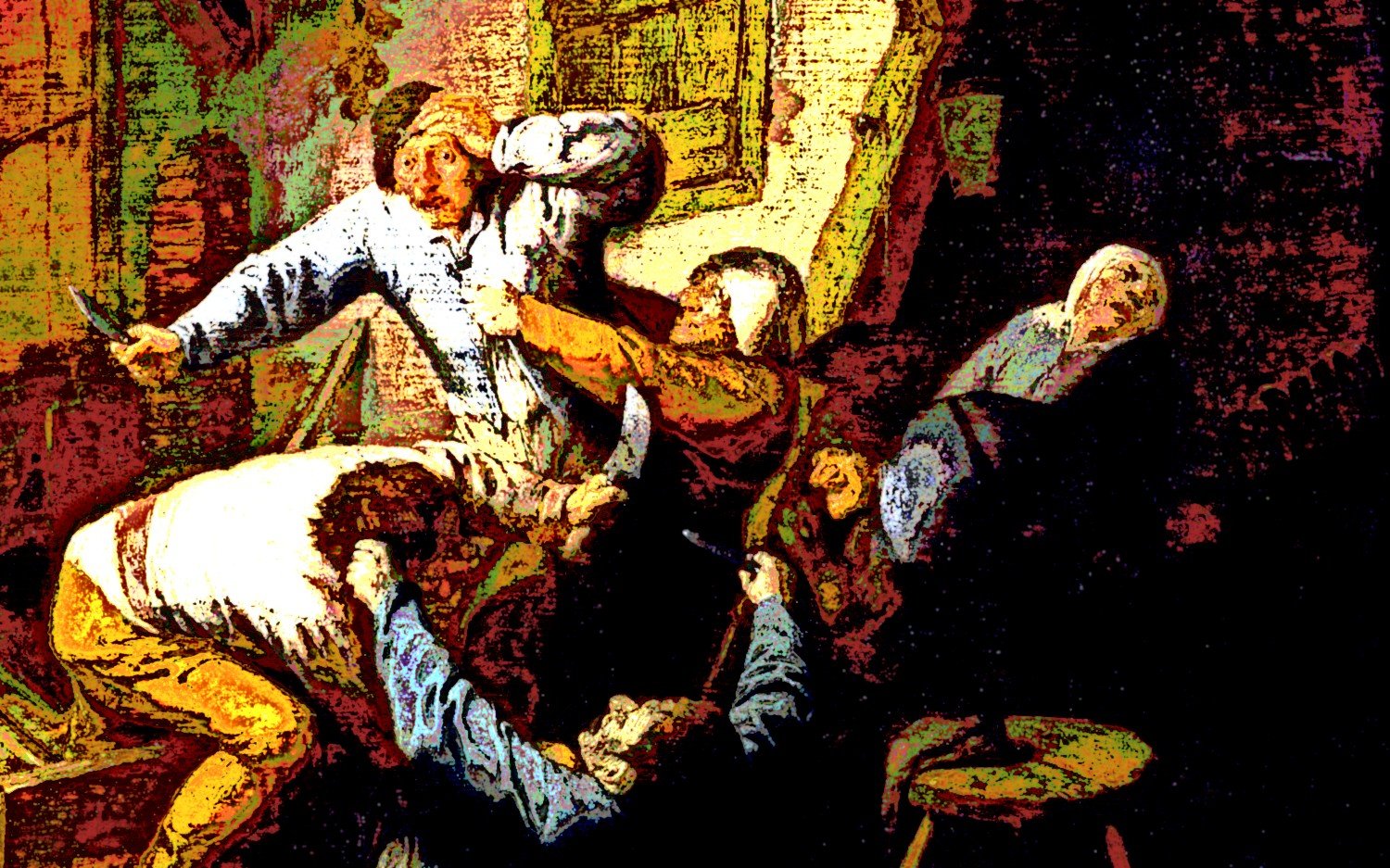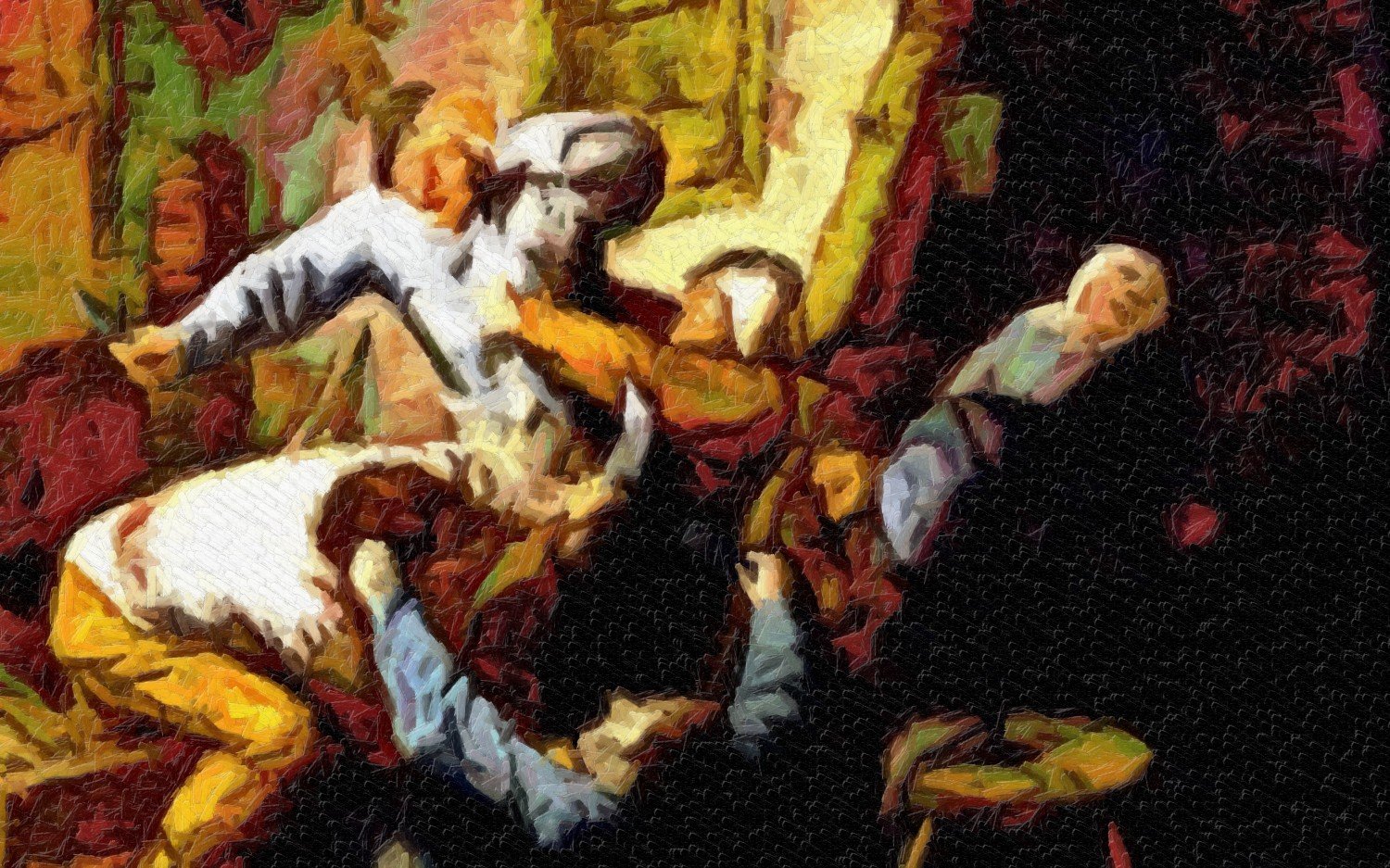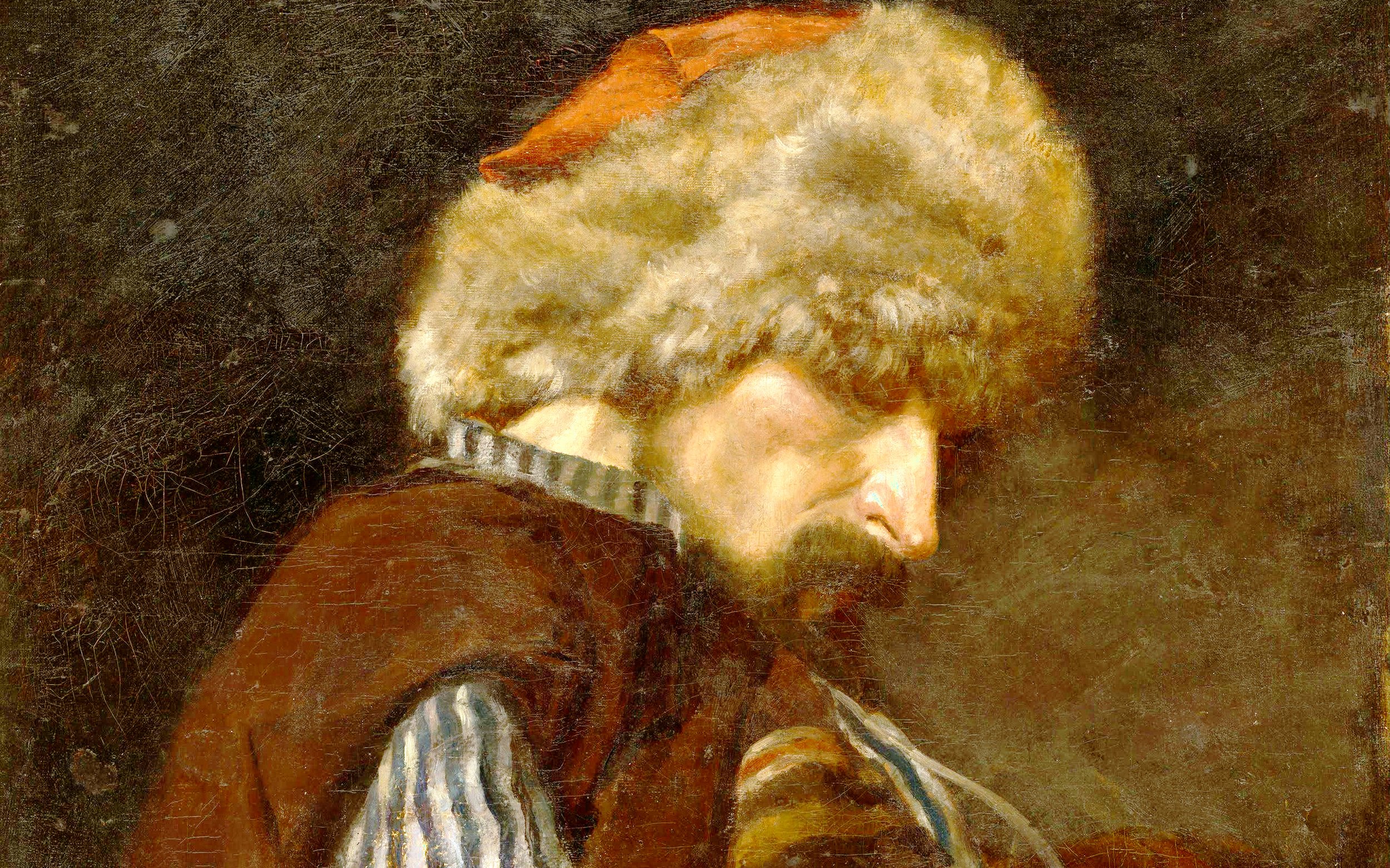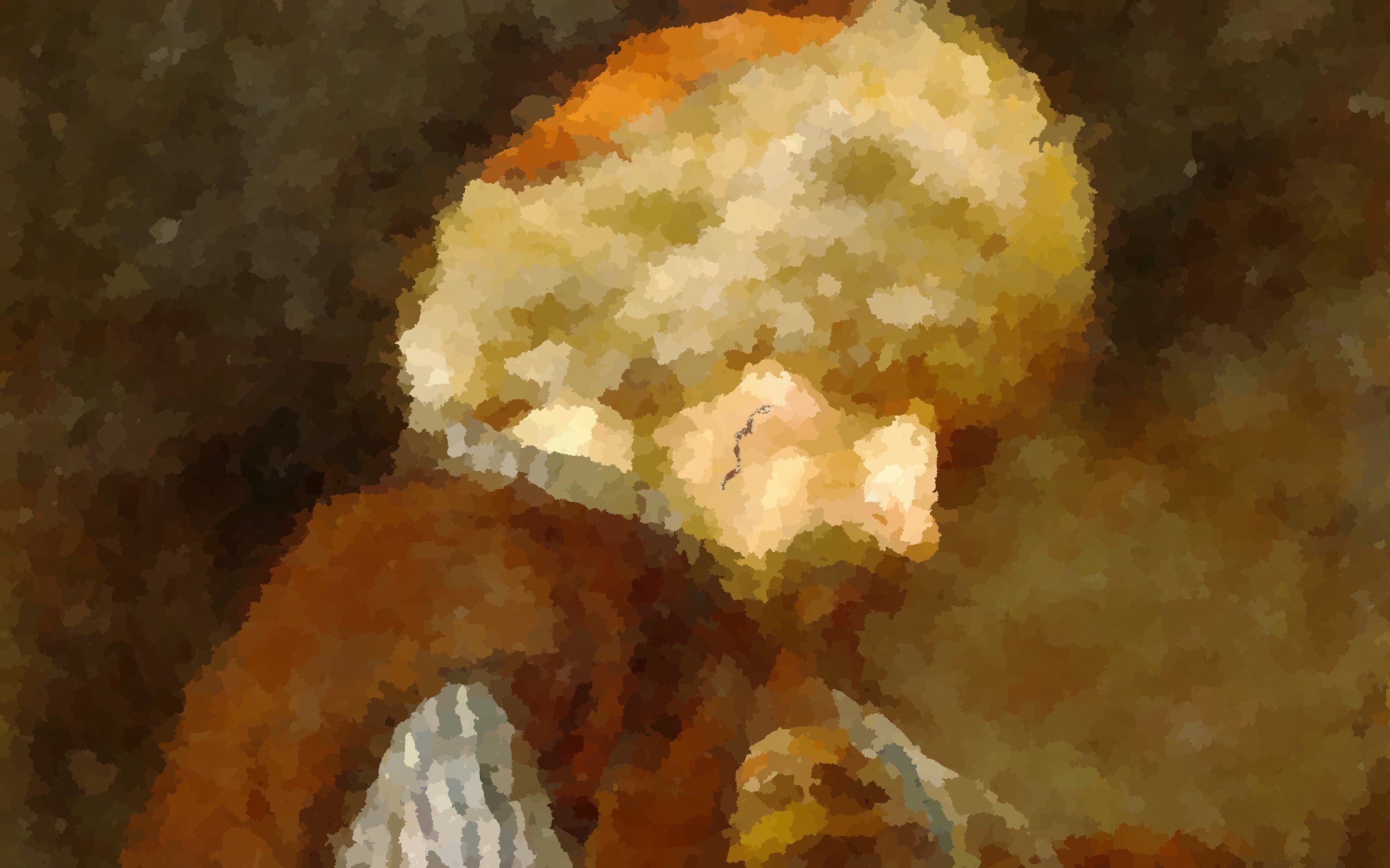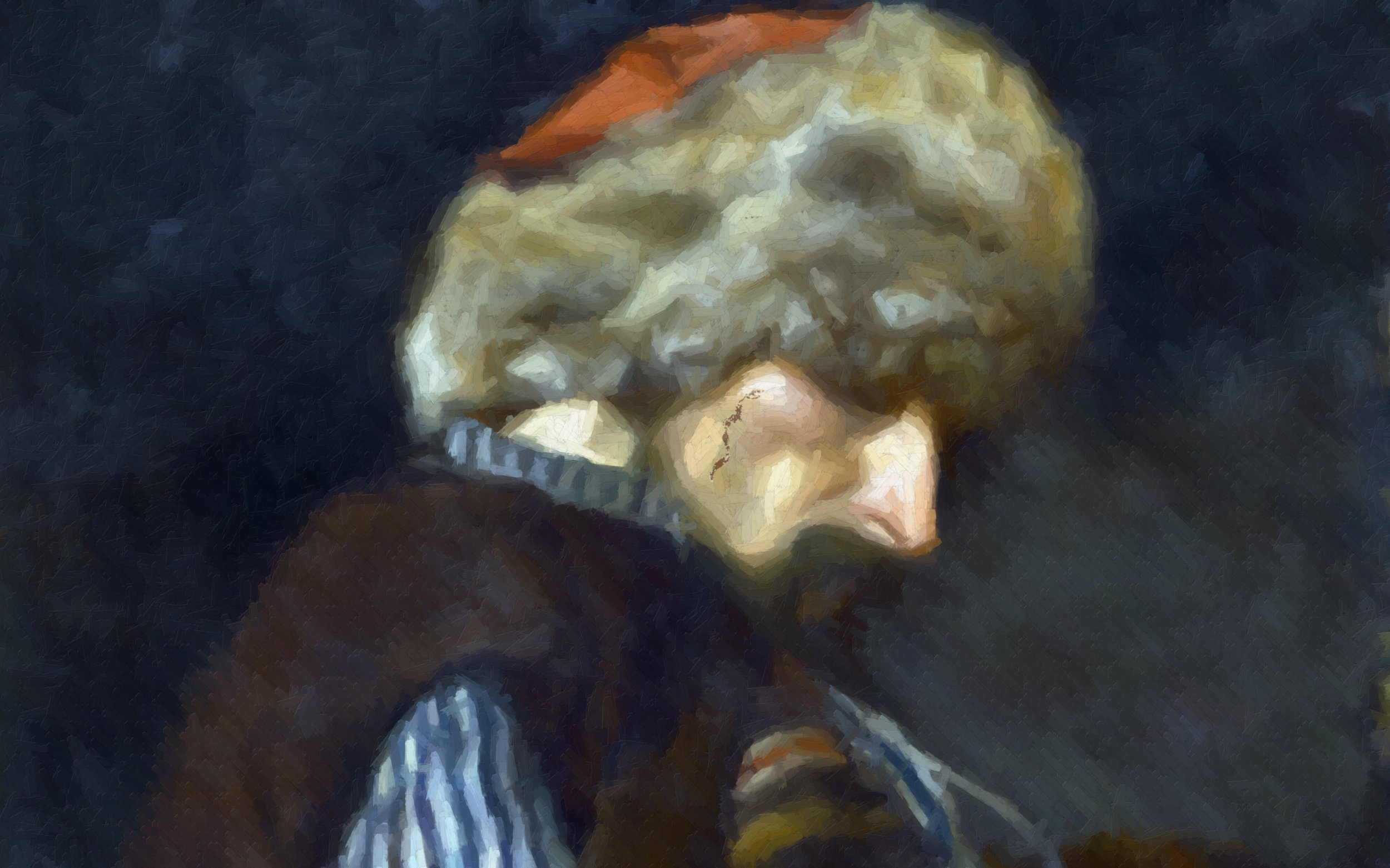In the past most analyses of the origins and history of the conflict between indigenous non-Jewish Palestinians and Jewish-Zionist emigres have focused primarily on two matters:
1. the politics of national identity, and
2. the right of Jews to claim Israel/Palestine as a homeland.
This latter argument often frames Zionism as a colonial enterprise.
However, neither of these two analytical/ideological approaches hold any water. The first postulates a pre-existing Palestinian national identity. This is merely an illusion, and whether that illusion is a product of inept historicity, projecting the historical present onto the past, or mendacious propaganda, it remains a false basis of analysis. This conflict is NOT the product of two national identities vying for the land. Palestinian identity had NO nationalistic basis until the early 20th century, and even then only by a very few ideologues. Real national identity takes centuries to develop, and it did not begin to emerge in the Palestinian population until after the founding of Israel and the rise in the 1960's of the PLO, led by Yasser Arafat. And even today, twenty years after Arafat’s death, Palestinians still do not have a meaningful national identity. In short, the Palestinians were, and still are an indigenous people, but not a nation.
* Request my Identity Addendum on some necessary markers of national identity.
As for the assertion that Jews have no historical claim to the land, and that Zionism is colonialism, this is nothing but mendacious propaganda. I need not reference the vast number of historical texts and the abundance of archeological evidence that prove three millennia of Jewish life in the land of Israel. Rather, one text is sufficient. The whole Hebrew Bible is a text about Jewish identity, an identity co-existent with the Land of Israel. And this text is universally acknowledged by Jews, Christians, and Muslims (and thus virtually the whole population of the region) as holy and canonical. Further, chapters 13-23 of the Book of Joshua is a verbal geographical mapping of ancient Israel, with a large number of descriptions that are incontrovertibly associated with locations in Israel today. It is an indisputable deed. So let me simply say, Zionism is a national liberation movement meant to reclaim the historic homeland of the Jewish people from the real colonialists, Muslims.
Therefore, we need to rethink the causes of Palestinian fury. An accurate and honest analysis of this historical conflict will assess it as a conflict of
1. status and privilege, coupled with
2. religious ideology.
National identity and the political canards that buttress such arguments are largely diversionary matters. I am not saying this in a void. Quoting the words of Imam Karim Abu Zaid, the imam of CMCC of Aurora, Colorado and the director of Salahuddin Future Academy:
“Brothers, Palestine... is not a national territorial issue, it is an issue of belief and disbelief. This is a religious issue in the depth of theology. ... Allah decreed only the believers to live there.... Only Muslims must be in control of this land....”
This is mainstream Islamic belief.
Long before the U.N. voted in 1947 to create Israel and Palestine, Arabs (they did not yet think of themselves as “Palestinians”) began their pogroms. It was not because of “the occupation” or “the settlements” or the “blockade of Gaza.” It was because suddenly Jews, not Muslims, were becoming the moving economic and political force in Palestine. In 1919 local Muslims and Christians saw their Ottoman government crumbling. And like their empire, the status of local Muslims was crumbling too. Their response was not a pursuit of unity, not economic initiatives, not dialog and a pursuit of re-education. Their response was violence promoted by religious leaders.
1919 marked the beginning of Arab terrorism against Jews in Palestine. Another wave of terrorism began in 1929, then 1936-1939, and then continually up to the present moment, with periods of relative quiet morphing into periods of intifada and war.
By late 1947, while Jews were actively consolidating and uniting their resources and action-plans preparing for nationhood, Palestinians continued to squabble without effective leadership and without any kind of self-directed vision of their future. They largely threw their hopes and their lot to the Arab nations around them, especially Egypt and Transjordan. In May of 1948, after Israel declared its independence, Egypt and Transjordan, among others, attacked the nascent nation intending to absorb it into their own borders. They had no intention of establishing a Palestinian nation, and for the most part the Palestinians seemed satisfied with that solution. Even well into the 1970's and beyond, many Palestinian warlord-leaders simply hoped to confederate with Jordan and take on Jordanian nationality. For example, consider this quote by Zahir Muhsein, PLO executive committee member in a 1977 interview:
“…The Palestinian people does not exist. The creation of a Palestinian state is only a means for continuing our struggle against the state of Israel…”
Or this by Walid Shoebat:
“Why is it that on June 4th, 1967, I went to bed as a Jordanian and woke up as a Palestinian? We considered ourselves Jordanian until the Jews returned to Jerusalem. Then, all of a sudden, we were Palestinians.”
And it wasn’t until 1994 that Jordan itself relinquished its territorial claims to the West Bank, then, and only then acknowledging an independent Palestinian claim to this disputed territory. As for Gaza, it was held as Egyptian territory until the 1979 peace deal with Israel (again, with no acknowledgment of any independent Palestinian national claim), when they insisted on transferring control to Israel in spite of Israel’s deep reluctance.
In sum, Palestinian hatred and violence long pre-existed Israel and even rudimentary Palestinian national identity. Nor is that hatred founded in “unfair treatment.” Rather, it is about status and Islamic ideology. It is about reducing upstart Jews to their proper place in the Islamic order.
Often this hatred is “justified” by accusing Israel of apartheid and colonialism. This is profoundly ironic, since it is the Muslim world that is truly apartheid and colonialist. These values are institutionalized thru three fundamental Islamic principles: jihad, dar al Islam/dar al Harb, and dhimma. Jihad is the colonialist act of conquest. Dar al Islam/Harb is the colonialist ideology justifying jihad. The terms mean respectively “region of peace” and “region of war.” Islam divides the world into two regions: the Muslim nations and the non-Muslim nations, with the non-Muslim regions being subject to jihad. Consider: currently 17 African countries have active jihadist insurgencies against moderate Islamic or non-Islamic governments! This is well documented by the Geneva Academy,
https://geneva-academy.ch/galleries/today-s-armed-conflicts
And dhimma is that aspect of Islamic law that deals with non-Muslims. Euphemized as “protection,” it really represents the medieval exclusion of non-Muslims from full and equal legal rights and protections. It is quite literally Islamic apartheid, and it is an integral part of Islamic dogma and ideology. These principles are the real underpinnings to Palestinian terrorism.
Still, we must ask: why did so many members of Hamas’ military commit such blatant atrocities? And why did so many civilians on Gaza’s streets celebrate the atrocities as acts of bravery and glory, and not with horror and revulsion? The answer must include understanding that these acts are the result of decades of a Palestinian program of teaching hatred on a societal level. In schools, thru all forms of media, in the mosque and at home hatred is taught, and those who promote hatred the most are rewarded the most. This is precisely like the nazi program of demonizing Jews in every sector of society thru every means of indoctrination.
And yet, the world turns a blind eye to this constant inundation of hate-teach, preferring to focus on simplistic and vapid political causes, refusing to acknowledge that many, if not most Muslim-majority nations pursue the same kind of hate-indoctrination with similar ferocity. From Algeria in the west to Indonesia and Malaysia in the east, we see the vilification of Israel thru politics, media, and educational policy. And this helps explain why Muslims around the world celebrated and continue to celebrate the atrocities.
The viciousness the world has witnessed in the Simchat Torah massacres is a product of unbridled hatred that has been taught and promoted aggressively across the Muslim world. Where hatred is institutionalized there can be no hope of peace. This not a conflict founded in politics. This is a conflict generated by the institutionalized demonization of the Jewish people thru religion and government.
